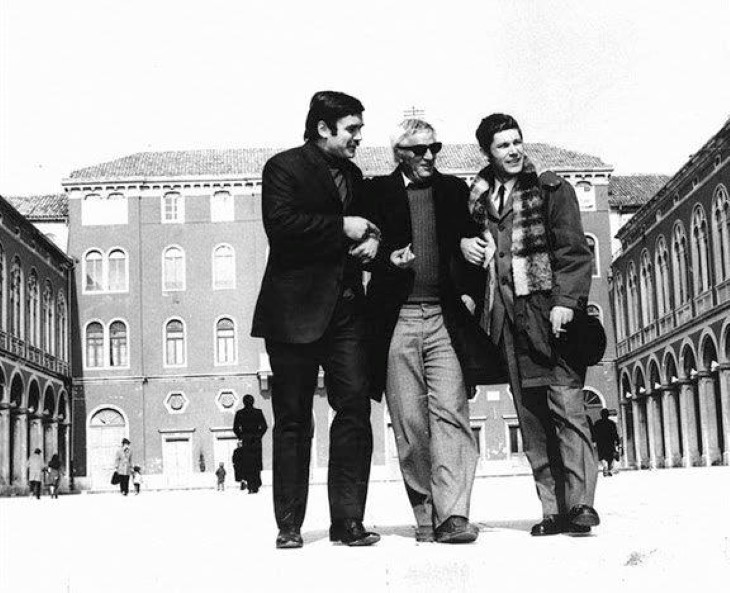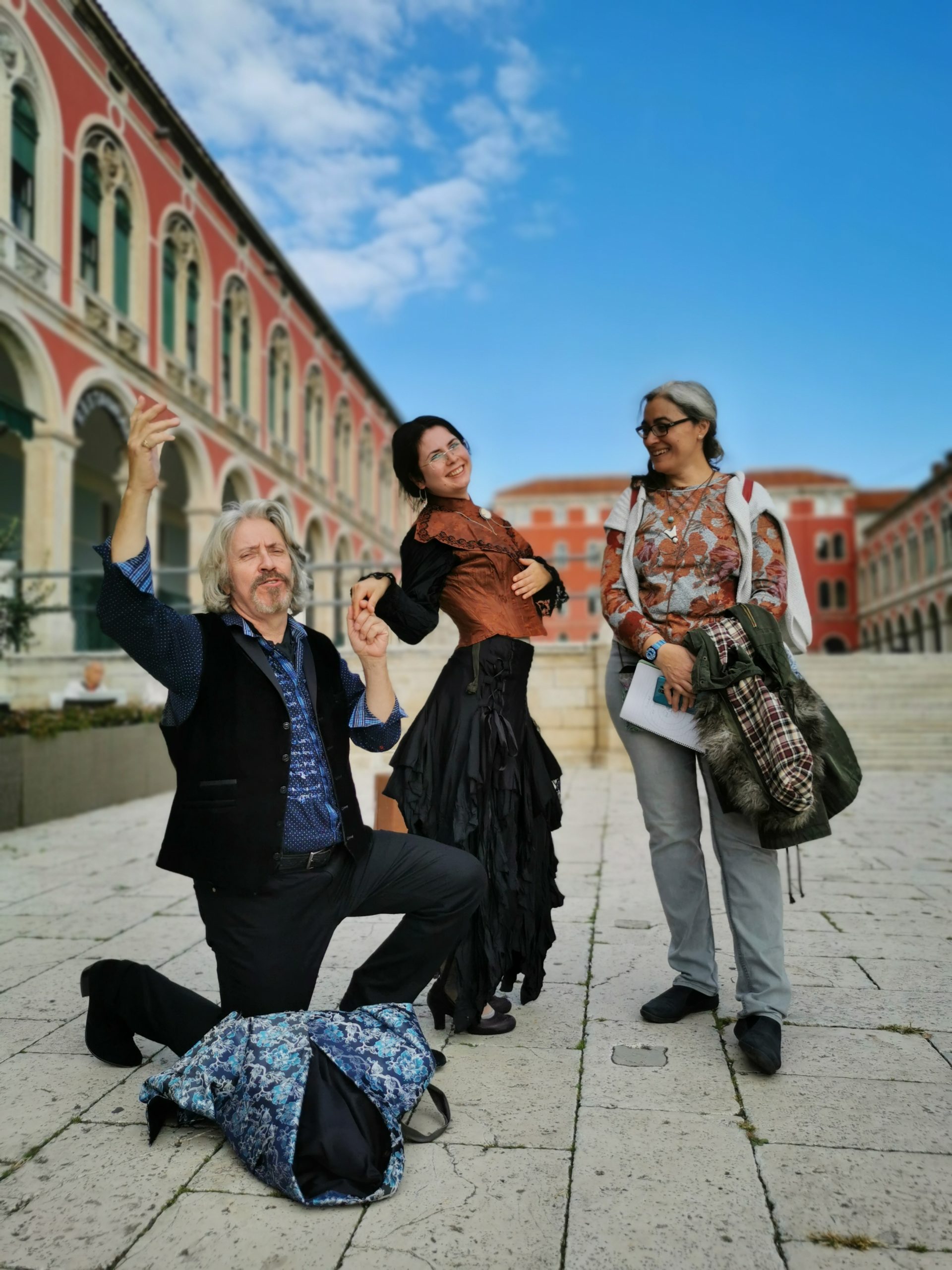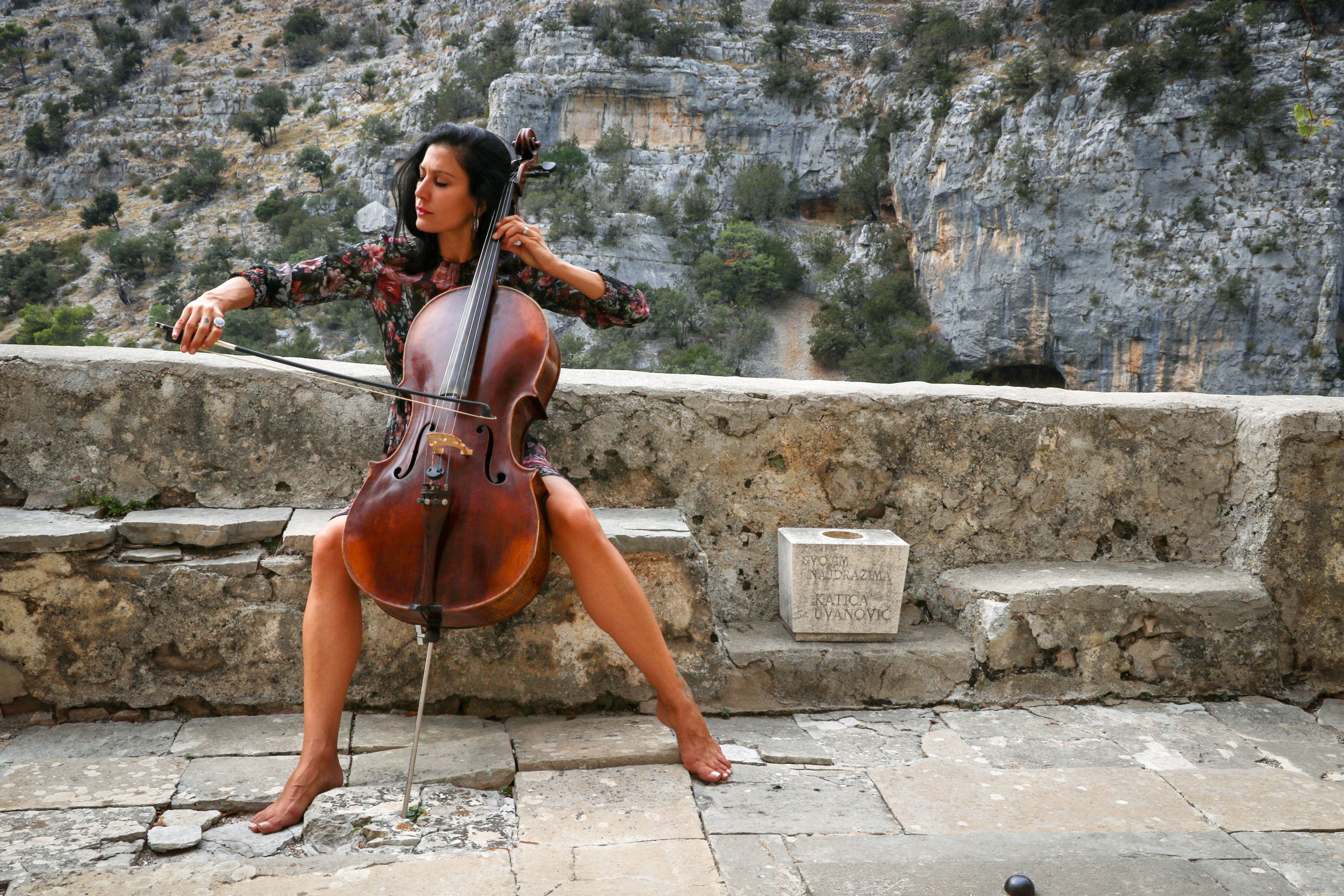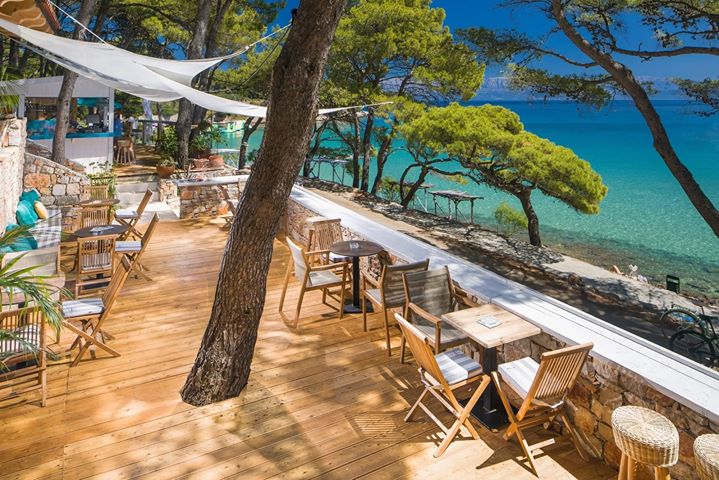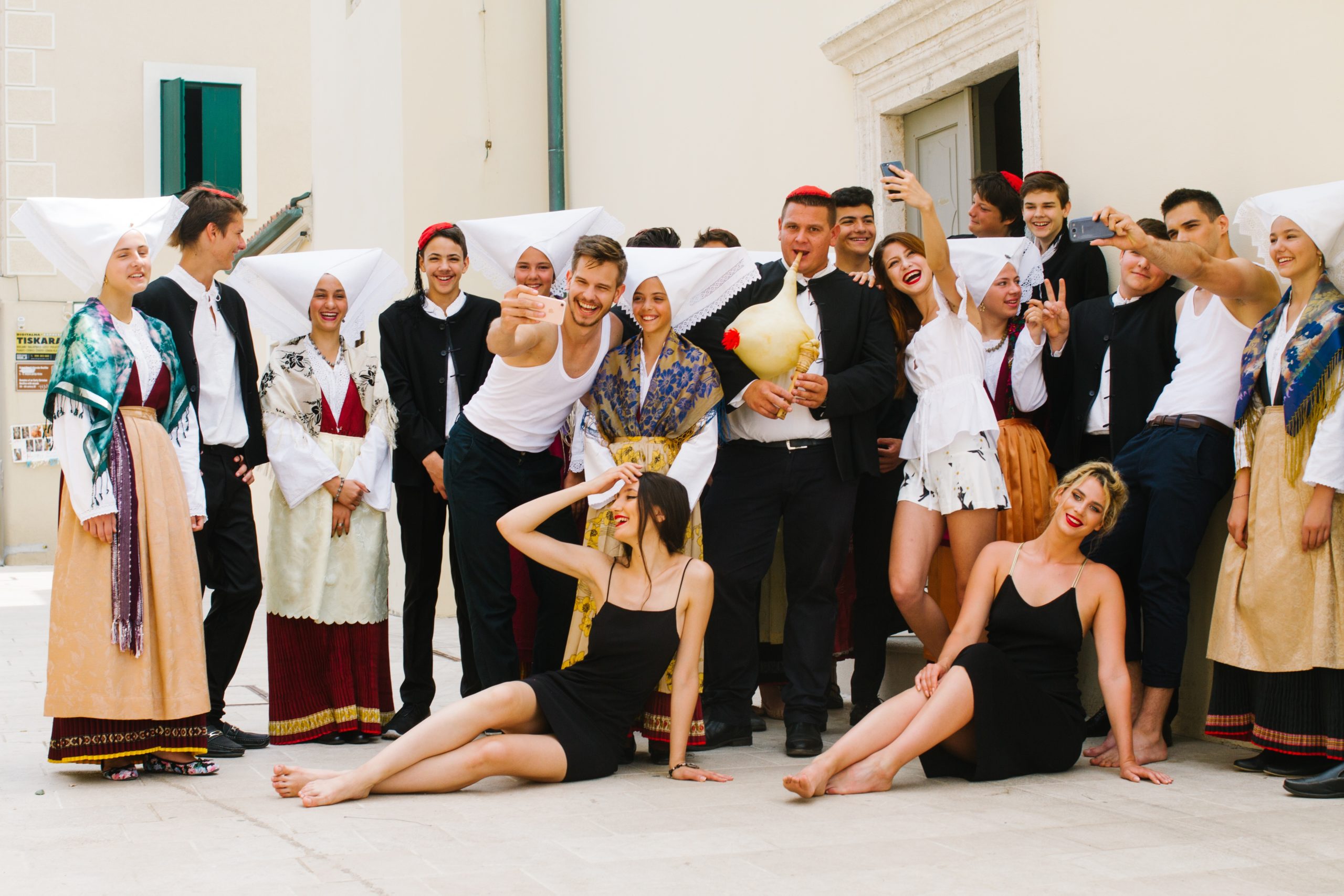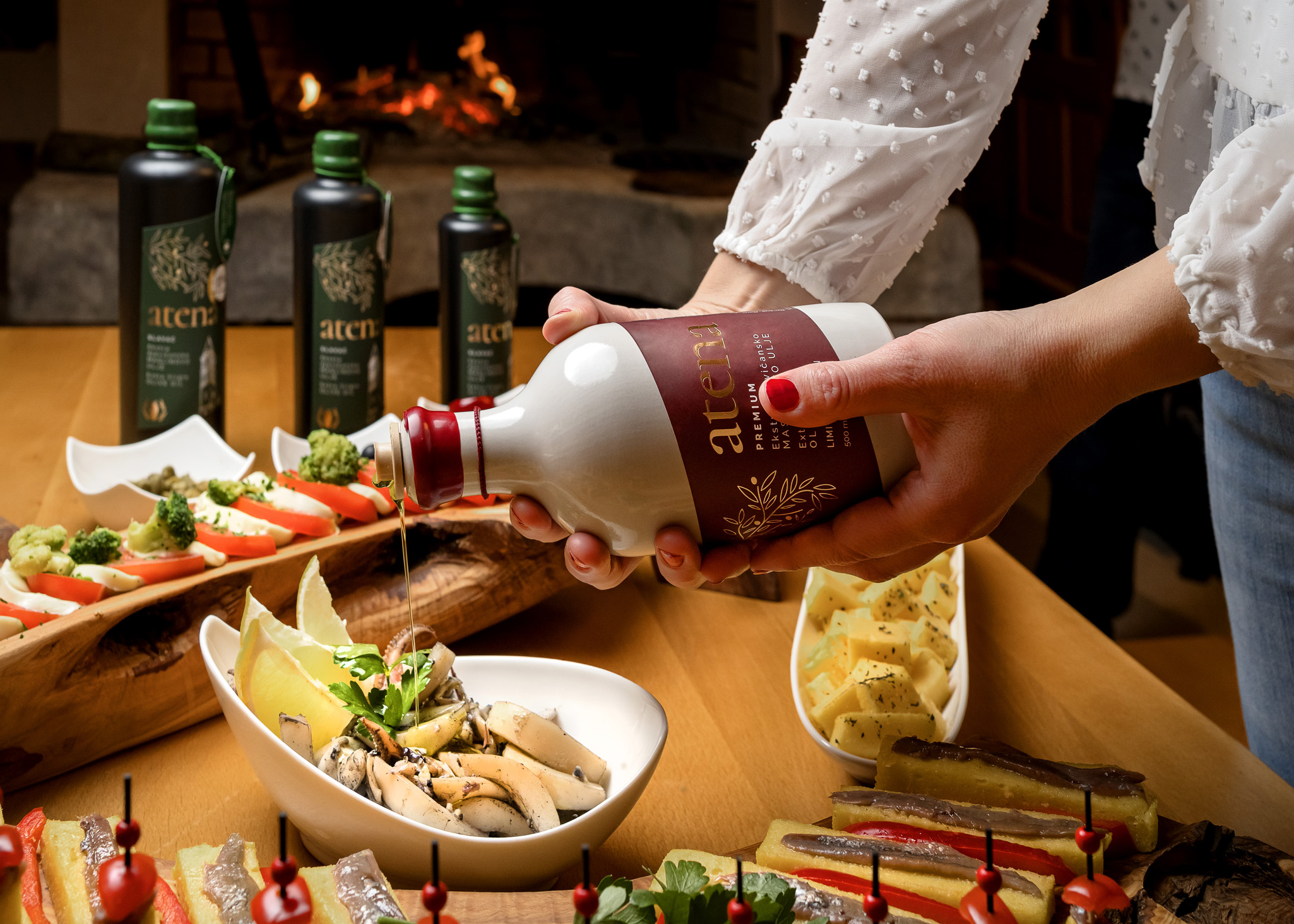Hidden island stories which will lead you to an unforgettable experience dominated by ancient times and full of legends
The idea behind the Dalmatia Storytelling destination is a unique storytelling platform that allows you to get better acquainted with unforgettable, authentic, emotional Croatian stories through something different and unusual.
In this edition of the article, we’re going to take you in search of Viver, a mythical creature that lives in the hidden caves of the mystical Brač village of Dol, a walk with the Renaissance poet Petar Hektorović, and to get to know the cultural heritage of Komiža - a wealth of fishing heritage.

"In search of Viver"
Interpreter: Ivana Gospodnetić
The inhabitants of Dol on Brač know about the mythical creature that hides in their caves, and they call him Viver. He can only be found in Dol, and if you are lucky, you might even be able to hear him calling.
About the village of Dol:
Dol belongs to a series of twelve old medieval settlements located in the interior of the island of Brač, sheltered at the end of a deep fertile valley, surrounded by steep hills topped with beautiful medieval churches, and at the foot of inexhaustible springs of water. Today it has about a hundred inhabitants living there, and at the very entrance to this small place lie breathtaking houses traditionally covered with stone slabs, as well as numerous caves made up of the grainy hrapućuša stones which were once human dwellings, which are currently used as shelters for cattle, places in which to keep firewood, a dwelling for pigeons, owls, but also Viver!
About the walk:
In an interpretive walk through the village, we’ll take you to meet the mythical creature that hides in the caves of Dol - Viver. One guide will embody many Dol locals who will take you to the past of this little village and directly to some of the legends and beliefs of its inhabitants.

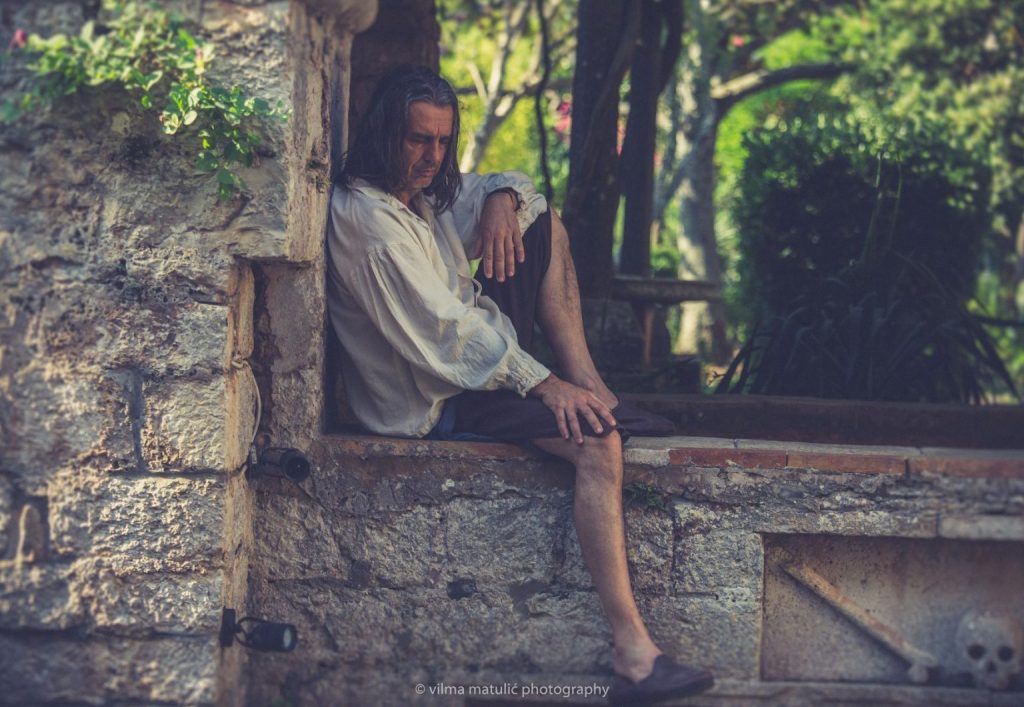
This cultural-interpretive walk is carried out as part of the Dalmatia Storytelling destination project. It is dedicated to Petar Hektorović. It takes us back in time, deep into the past, and teaches us how the hand of fate brought Petar Hektorović to Tvrdalj, and how he wrote his ‘’stone book’’ in Tvrdalj. It then points out the reasons that prompted Hektorović to write his famous work “Fishing and Fishermen’s Talk’’, what his favourite cake was, what it was like to live in Stari Grad at the time of the plague, which Saint Roch (Sveti Rok) means to Stari Grad and what Petar’s role in all of that really was. It also tells us about his granddaughter Julija and the famous Tintoretto.
The interpretive tour of the Renaissance poet Petar Hektorović is the story of a person who was born during the awakening and renaissance on the island of Hvar. In a cycle of virtues and abilities, we will discover how he could swim strongly and resourcefully like a fish in their very own pond. Tvrdalj, the ‘’Fishing and Fishermen’s Talk’’ book, the Saint Roch Church and St. Peter the Martyr, is a thematic line that follows his life, actions and eventually - his death.
"At my Fortress, the fortress which adopted me" begins the story of the life of the famous Renaissance poet and nobleman Petar Hektorović. The saga reveals the details of the situation from life on the island of Hvar way back in the sixteenth century and how, under the scarlet cloak of this most unusual nobleman, and yet a true representative of the Renaissance period, the heart of a man who loved, understood and appreciated people regardless of their class and affiliation, beat strongly.
Tvrdalj
The starting point of the storytelling tour about Petar Hektorović is the easily visible facade of the Tvrdalj summer house. In front of the building, guests get the impression of the size of the building, which is followed by a story about the no less famous poet. Through the main wooden door you enter the "portego", a lobby with barrel vaults, numerous antique chests and an attractive toilet area from back in the sixteenth century. Heading out on the south side, you enter the very heart of Tvrdalj, a real microcosm in which all God's beings are welcome.
Our host, the good spirit of Tvrdalj, teleports us into an oasis of peace and quiet, dominated by a real glittering emerald pond, framed by stone arcades and inscriptions from all over the world.
A view to the north reveals an interesting construction of a gazebo tower and a dovecote. From there we head over to the "glamorous" park. There sits an oval stone table and there is an interpretation of Hektorovic’s famous ‘’Fishing and Fishermen's Talk’’. In that very place and at that same old stone table, on clear days, Hektorović received friends, and enjoyed singing songs with them, feasting on Stari Grad peppercorns paired with a glass of prosecco. Heading from the park along the corridor to the west, we come to an ethnographic collection with exhibits of typical Hvar cuisine and a tavern where the Hektorović family used to gather together for a meal.
Saint Roch’s Church
This church is ideologically connected to the character and works of Petar Hektorović, who made the designs, financed the construction, and bequeathed the funds for its completion. He built this church and gave it as a gift to his city and his people in need, without whom he would not have completed his stone symphony, his Tvrdalj. Namely, back when the plague was ravaging Europe, people were influenced by St. Roch and sought help, so, Hektorović, being more noble than any other nobleman, decided to build a church with the name of that saint on his own property. In constructing Tvrdalj, Petar Hektorović built a strong friendship with the local people and in that way, he thanked them.
The Church of Saint Peter the Martyr
This church is the final resting place of Petar Hektorović and his mother Katarina. Above the main door of the church is an inscription about the unpleasant events which occurred back in 1571 when the marauding Ottomans attacked all of the major towns on the island of Hvar, including Petar’s own Tvrdalj in beautiful Stari Grad. The museum of the Dominican monastery, which is located within the church itself, preserves the unique Tintoretto altarpiece that once adorned the tomb and altar of the Hektorović family. The motif on the altarpiece "The Lamentation of Christ" hides an interesting fact within, and is therefore an unmissable point of interest for every single visitor.
This concludes the interpretive walk and the thematic line that follows and honorus the life, work and the death of Petar Hektorović.
Interpreter: Klaudija Gamulin
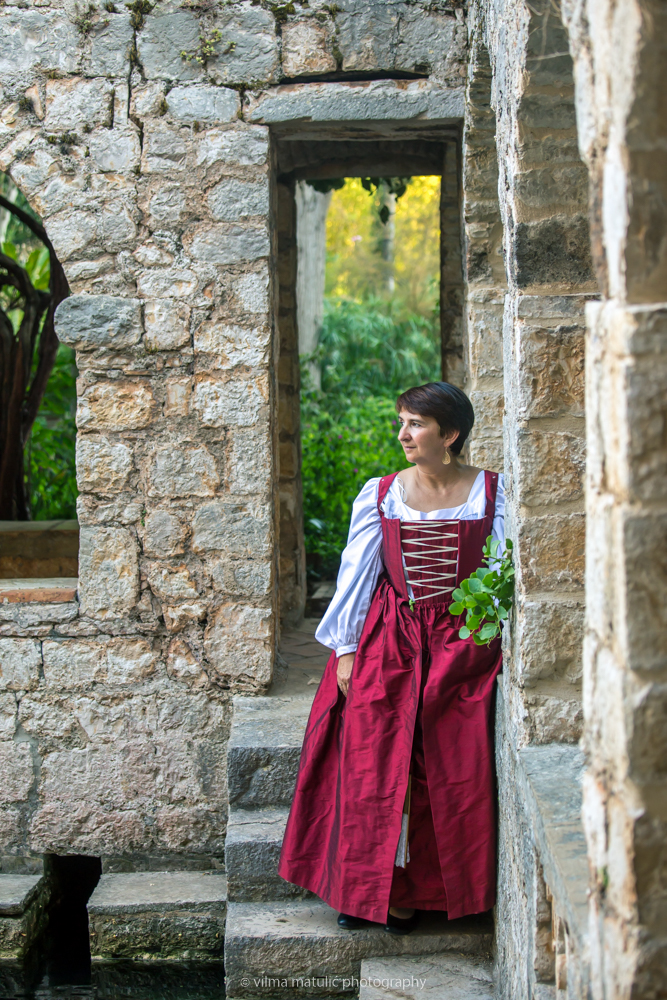
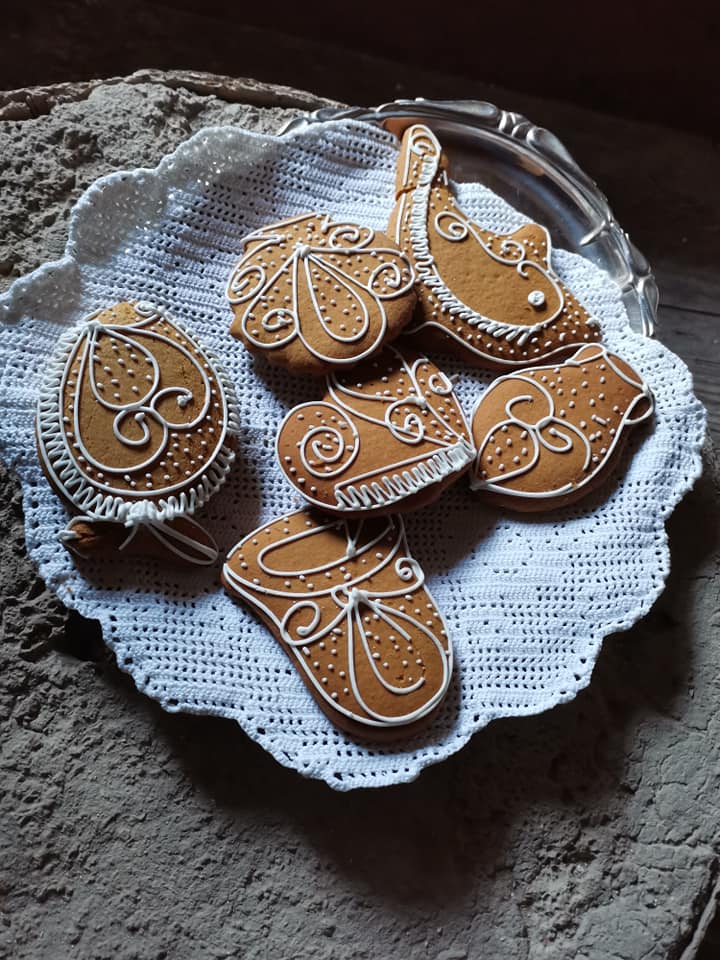
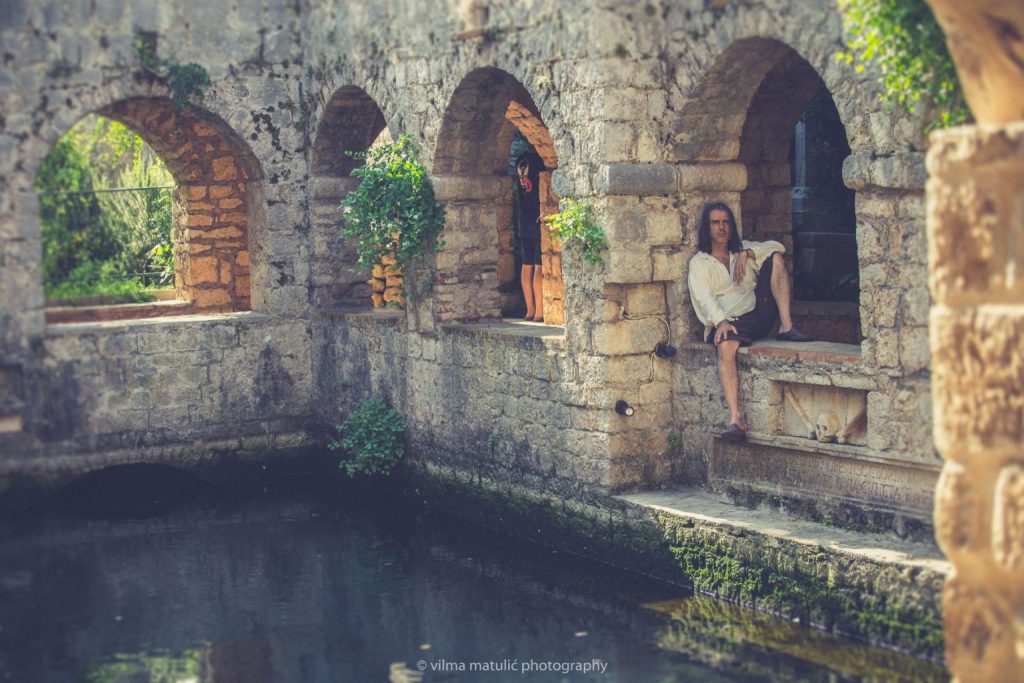
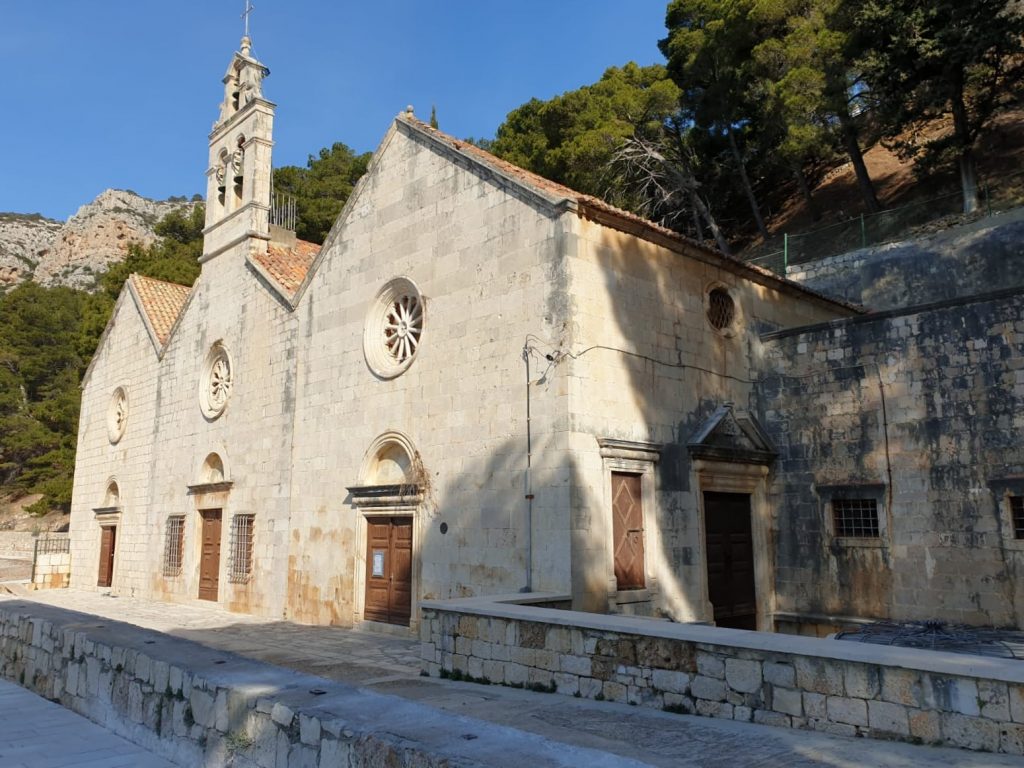
Komiža’s fishing cultural heritage
Interpreter: Dora Čukušić
The Church of St. Mary is often referred to as the Church of Our Lady of the Pirates. It is located on the beach and was built throughout the sixteenth and seventeenth centuries. It is closely associated with the numerous legends of pirates and the fishing heritage of Komiža, the oldest fishing village in the entire Adriatic.
Throughout history, the islanders have struggled with many adversities including pirate attacks. There are a few legends about pirates and the origin of the name of this church, and one legend says that pirates once stole a picture of the Virgin Mary during the robbery of the church, but they couldn’t sail with her on board at all, managing only when they threw her off the ship.
Another legend says that they successfully sailed away with all of the treasure, but they were caught in a severe storm and they began to become unstuck and slowly sink, but the picture’s end was a little different...
As for the construction of the church, there are several variants, in one church document from local folk tales it is stated that a man from the Ivčević family was told three times in a dream that a picture of the Mother of God was somewhere on the shore and then he ended up discovering it in a small cave while fishing in the Komiža waves.
According to another story about the construction of the church, the Mother of God appeared to a fisherman while he was fishing and told him to go to the pastor and tell him to build a chapel for her. The pastor did not trust the fisherman at all until he read with his own eyes the miraculous inscription of Our Lady on the fisherman's back and then set out to build her the most beautiful church possible.
The Bishop of Hvar approved the construction of this church with a bull issued in Zadar back in 1513. Local fishermen's income from catching sardines, mackerel, anchovies and other species successfully supported the fraternity, the Parish church of St. Nicholas and the church of Our Lady of the Pirates, and the prayers addressed to the Mother of God ensured their protection and blessing, or so the people of Komiža believe.
A source of water flows beneath the church...
Thanks to having a very specific geological background, the island of Vis has its own drinking water which comes up from underground and just below this church lies one of the water sources that flows through the channels from the central altar through to the beautifully decorated well which boasts reliefs of biblical scenes out in the churchyard.
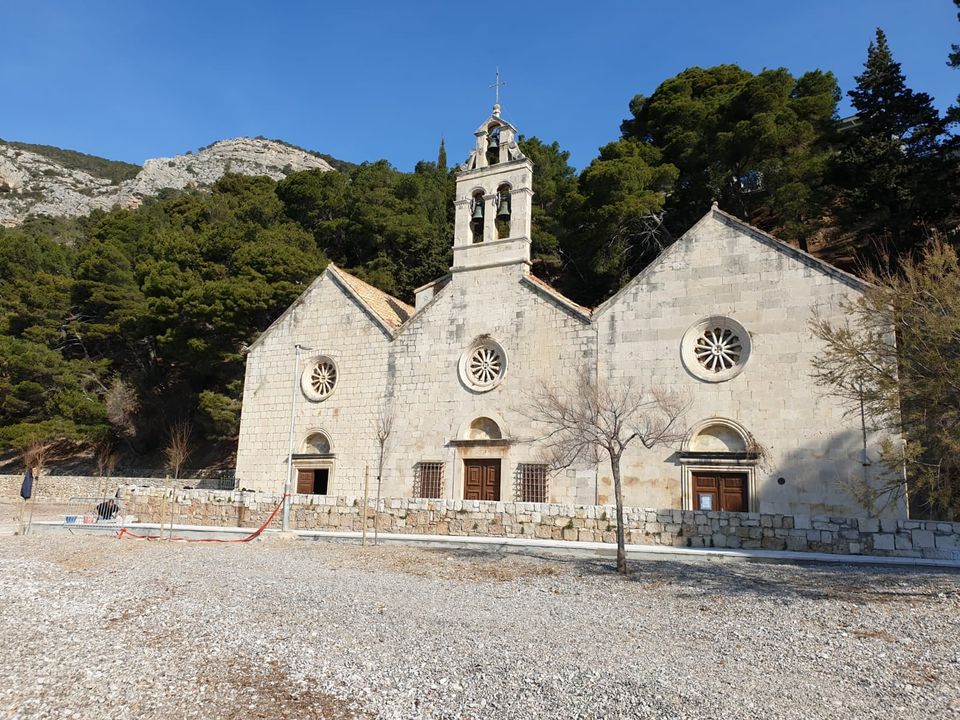
Follow the direction of an amazing island experience - VIA BRATTIA is waiting for you!
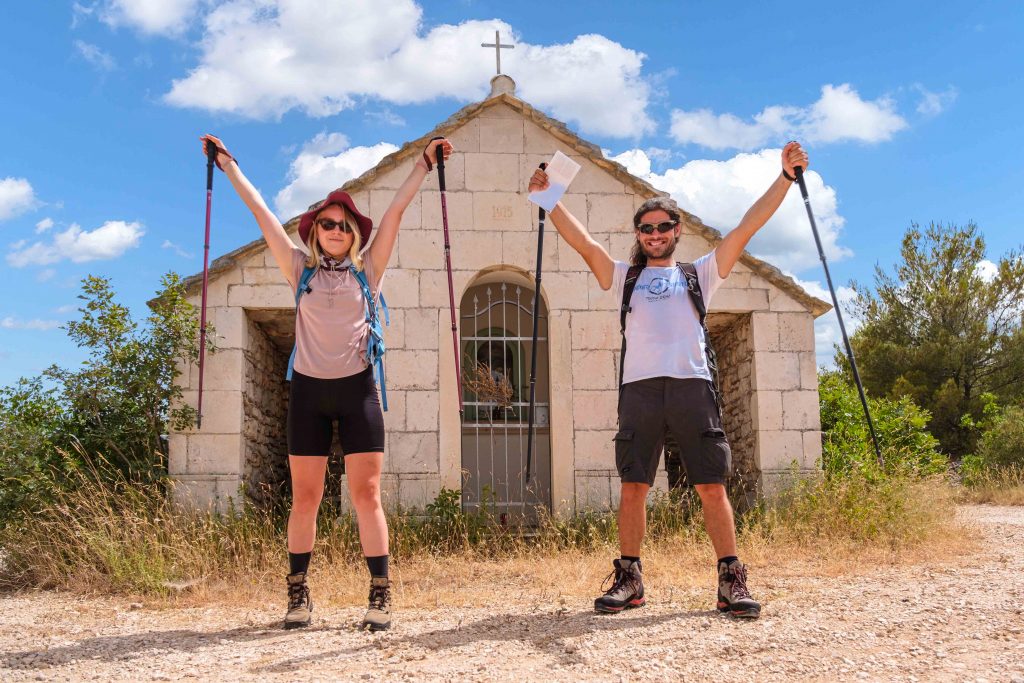
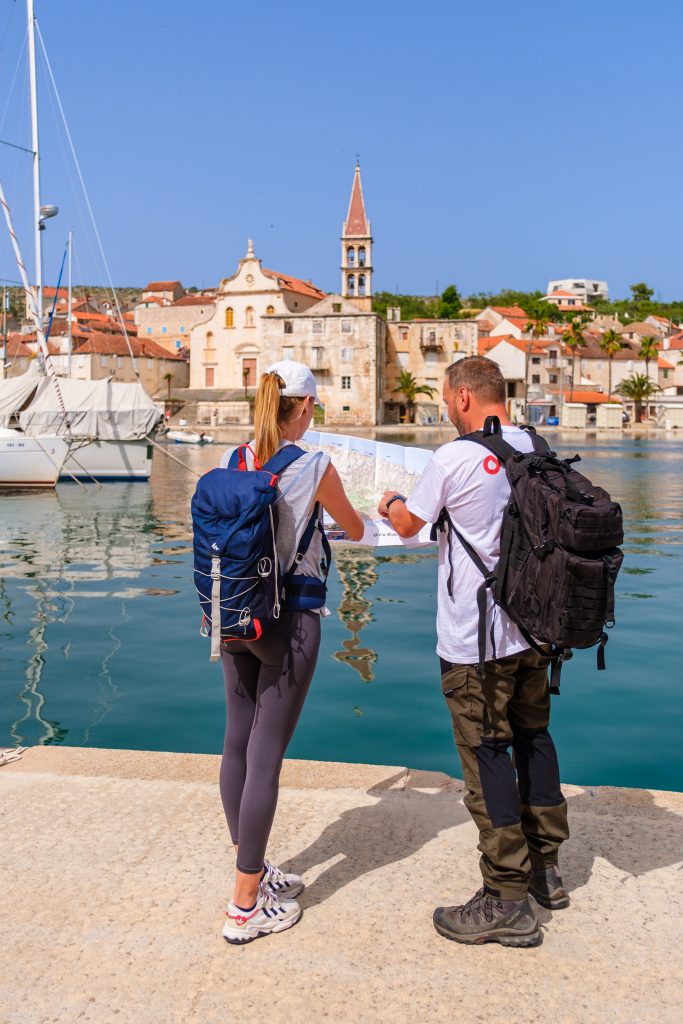
Despite the fact that it took a while as it was very carefully prepared, VIA BRATTIA, the circular tourist hiking trail of the island of Brač, has finally sprung into life and has opened up this island's sheer beauty to lovers of active holidays, as well as to those who plan to join that group of tourists.
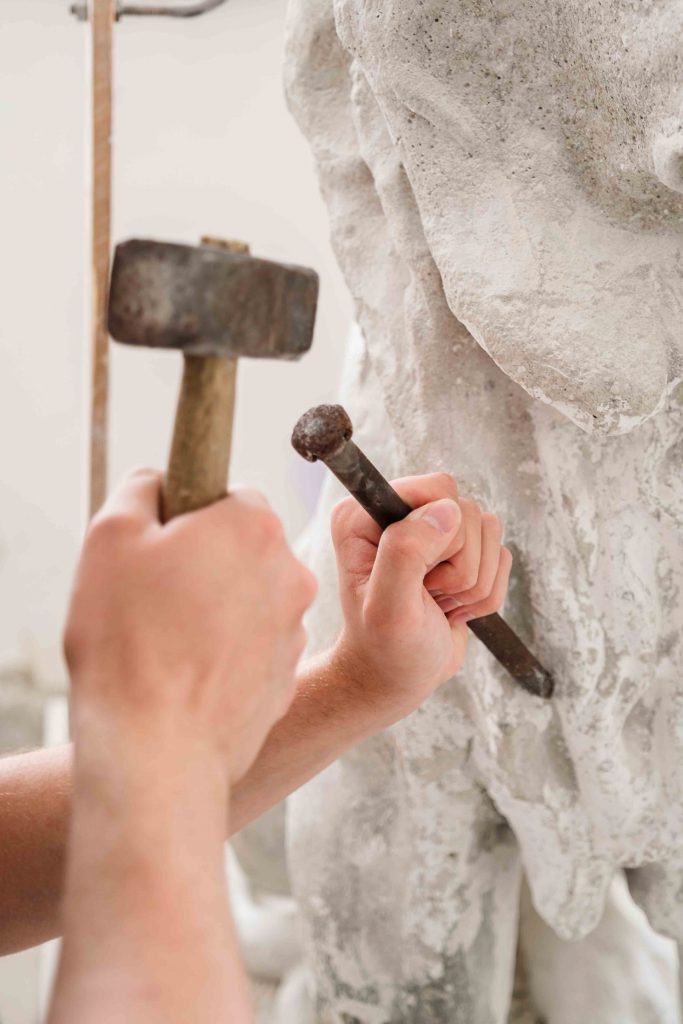
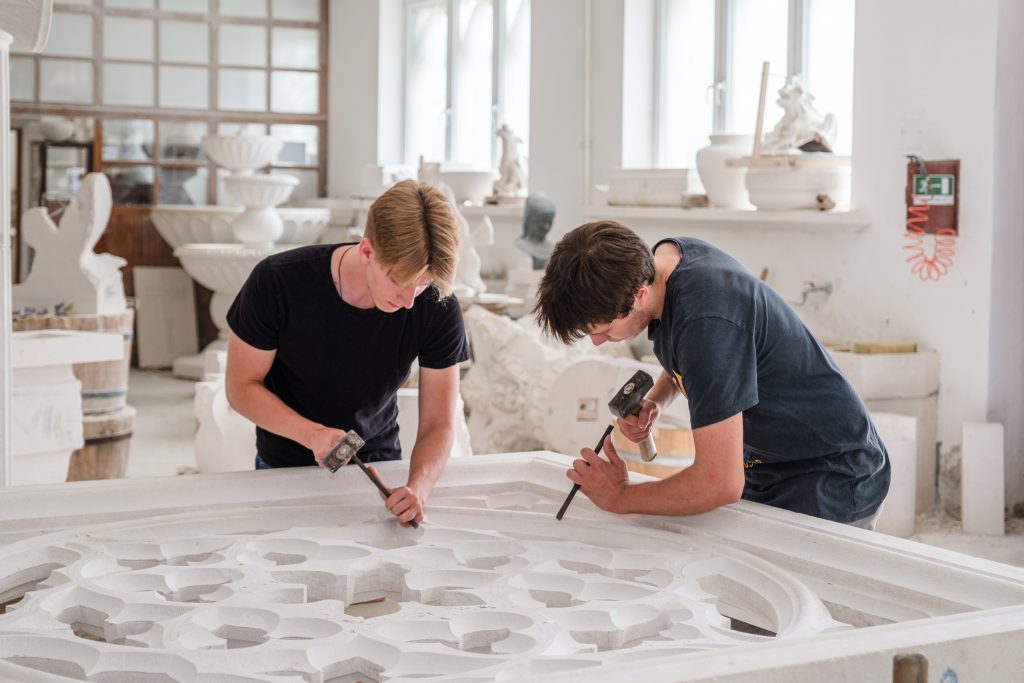
Following two long years of joint work of all of Brač’s tourist boards together, the municipalities of Nerežišća and Pučišća, the Profunda Mountaineering Association, and with the co-financing of the Split-Dalmatia County Tourist Board, a new tourist attraction has been ‘’born’’ which will experience the most traffic during the pre- and post-season.
VIA BRATTIA, which is a massive 140 kilometres in length, has connected the whole island, its many exceptional locations, and a large number of small towns and local attractions.

The trail is intended for lovers of hiking, running, nature walks, mountain biking, it is suitable for recreationists and amateurs, but also for all those who want to get to know Brač and its unusual, stunning beauty in a slightly different way. The trail has clearly marked trails in both directions, and you can jump in and take the trail of your desire at any point.

You will be guided to all of the locations by a map and blue and white markers, and you’ll be able celebrate getting through each section with a stamp. With stamps attesting to your success, the end of the road will create a real picture, the coat of arms of the island of Brač, and in it the figure of St. George, the patron saint of this island in the scene of the slaying of the dragon.
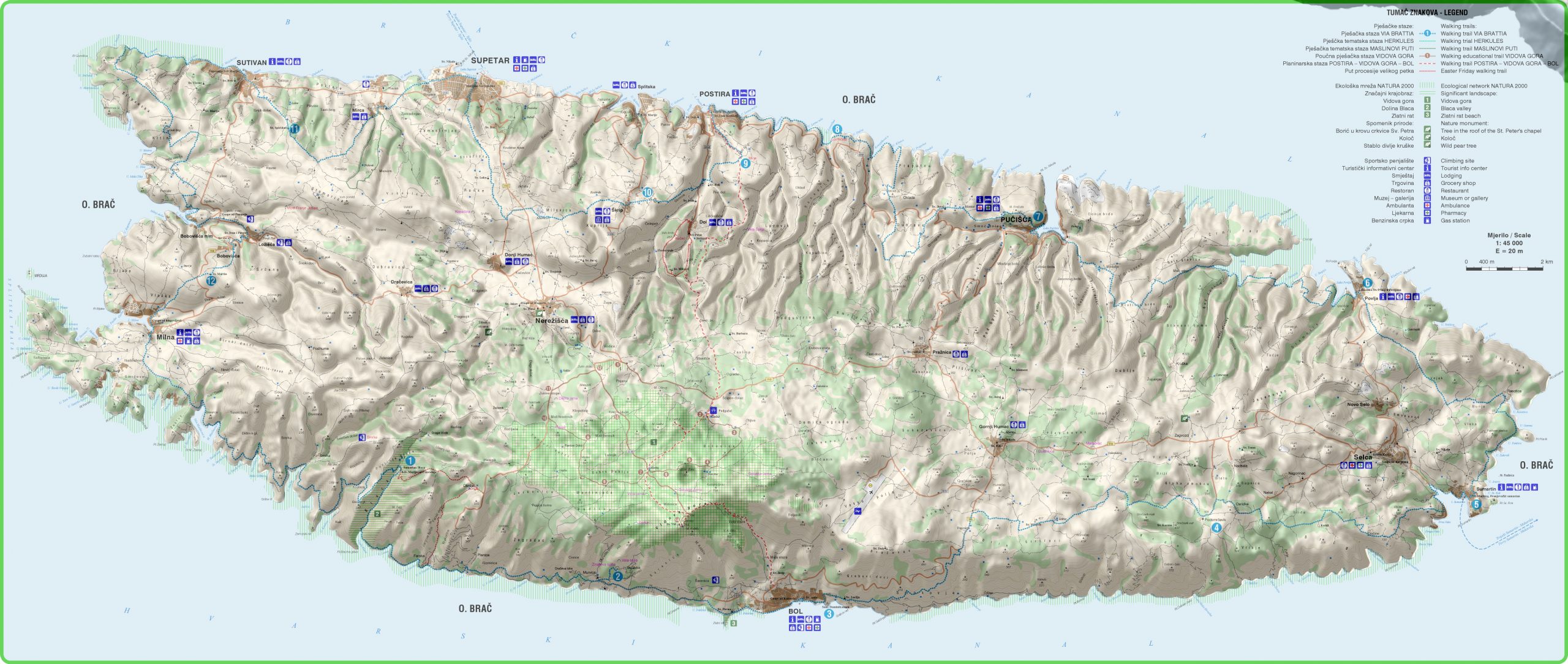

VIA BRATTIA tells the truly amazing story of the island of Brač. It starts in Supetar, where you can walk through the streets where the famous sculptor Ivan Rendić, the father of modern Croatian sculpture, used to walk. With the help of a guide, you can start Rendić's tour and find out a lot about his works, but also about the attractions of Supetar, Leroj, the old cisterns, and how life functioned in a small Mediterranean town.
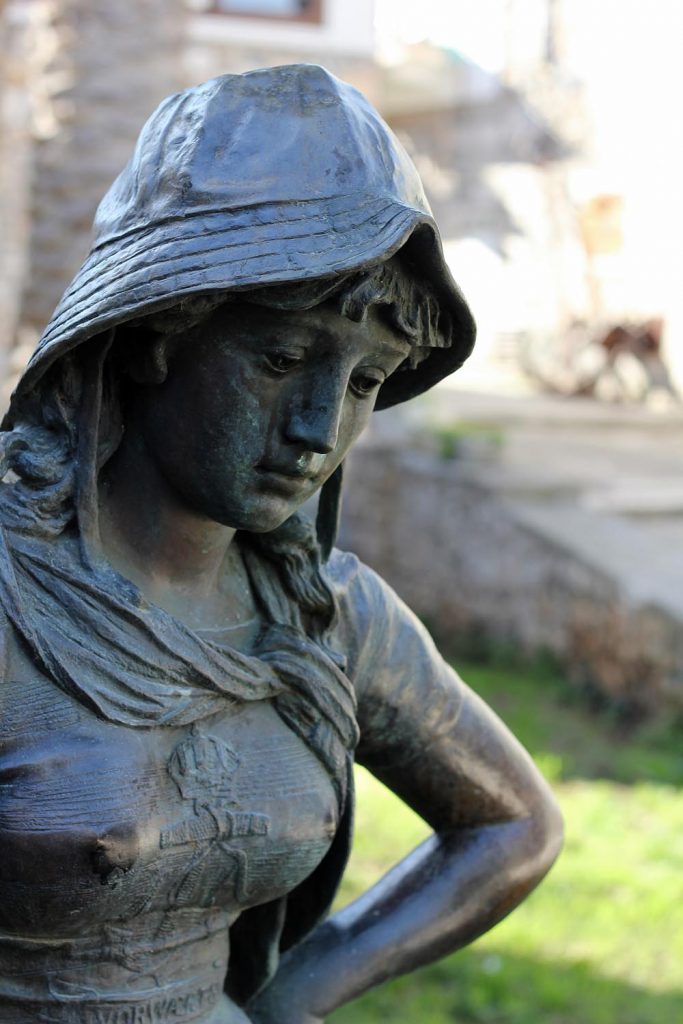
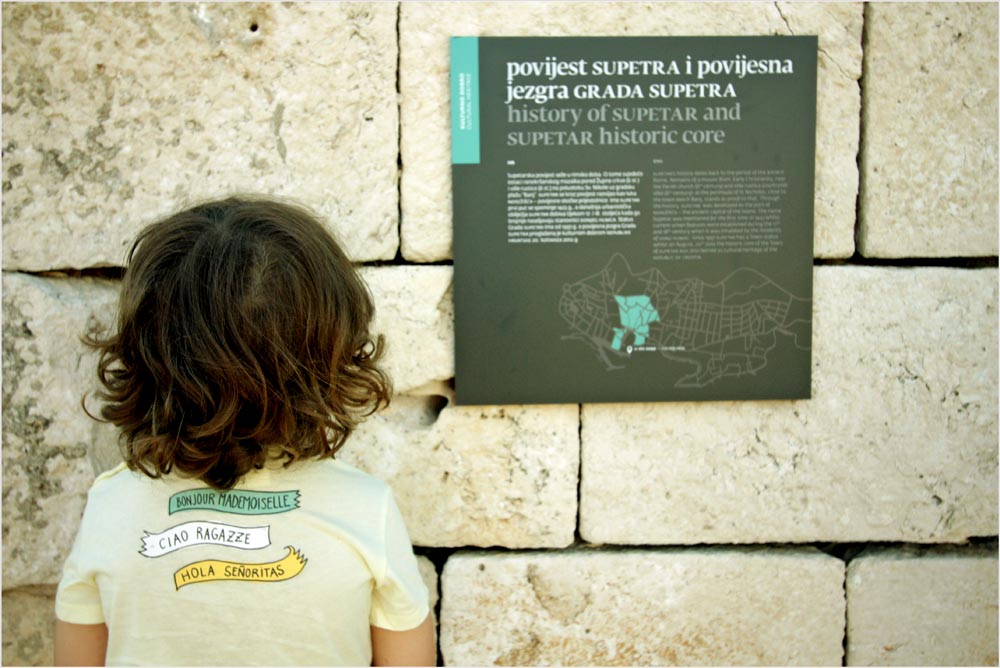
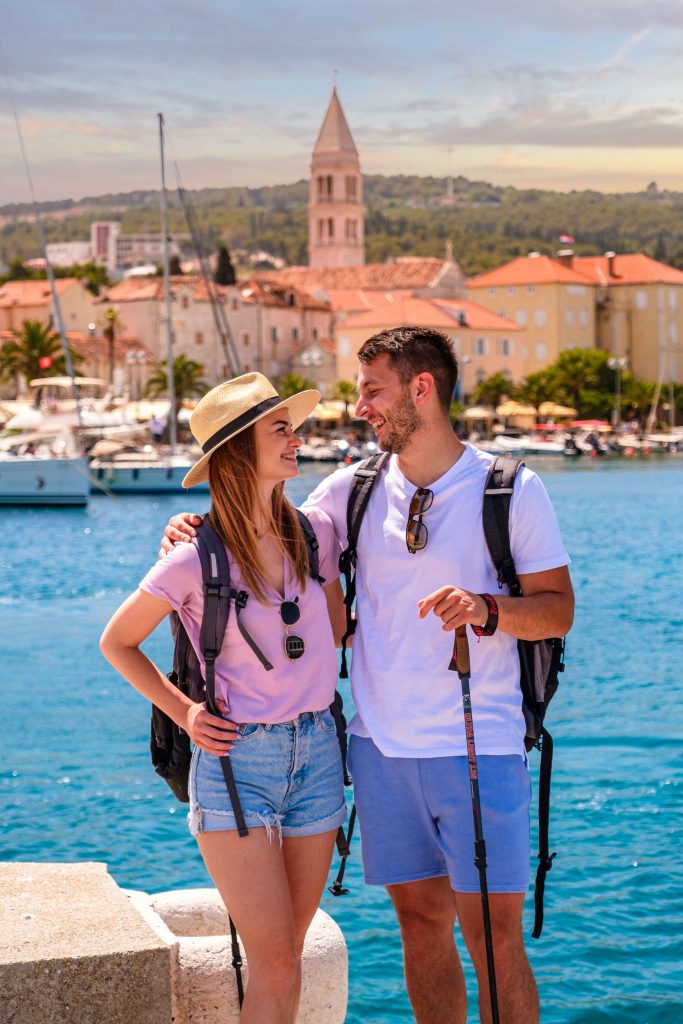
From Supetar you can then head to Mirca, and on the way you can stop in Sutivan, where you can relax in the Lemon Garden heritage hotel, or in many of the small apartments rented out as family accommodation. Then you’ll visit the catacombs, some of the few still in use today. Renting a bike and heading out on one of the island’s very many bike tours is also a top recommendation.
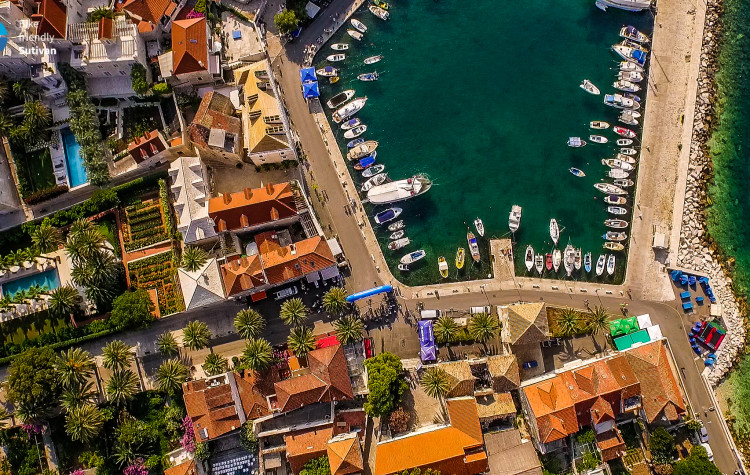
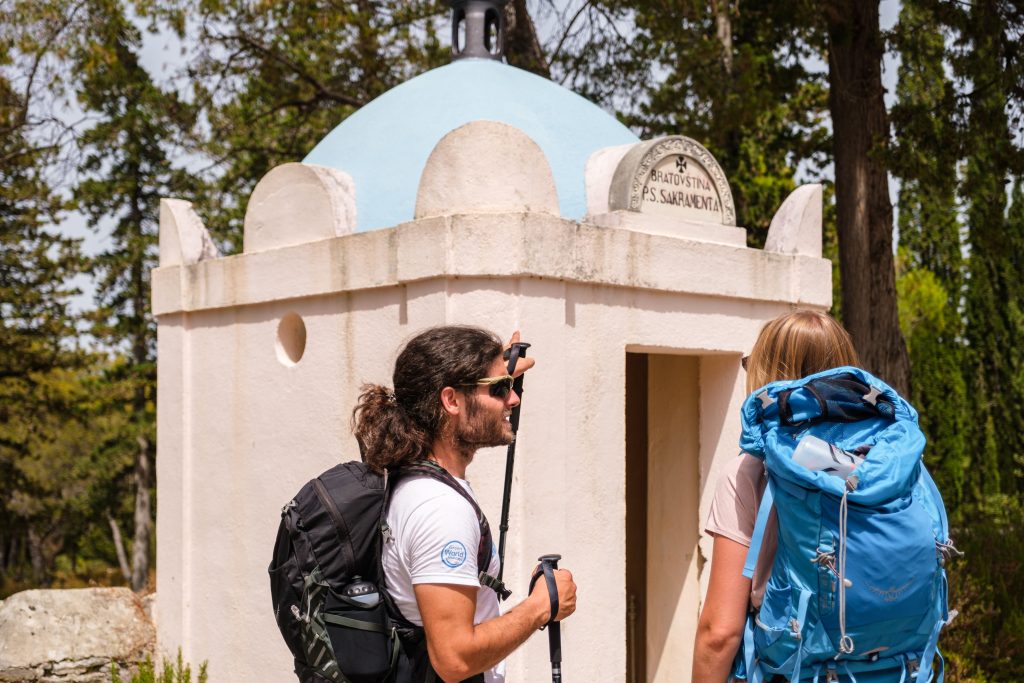
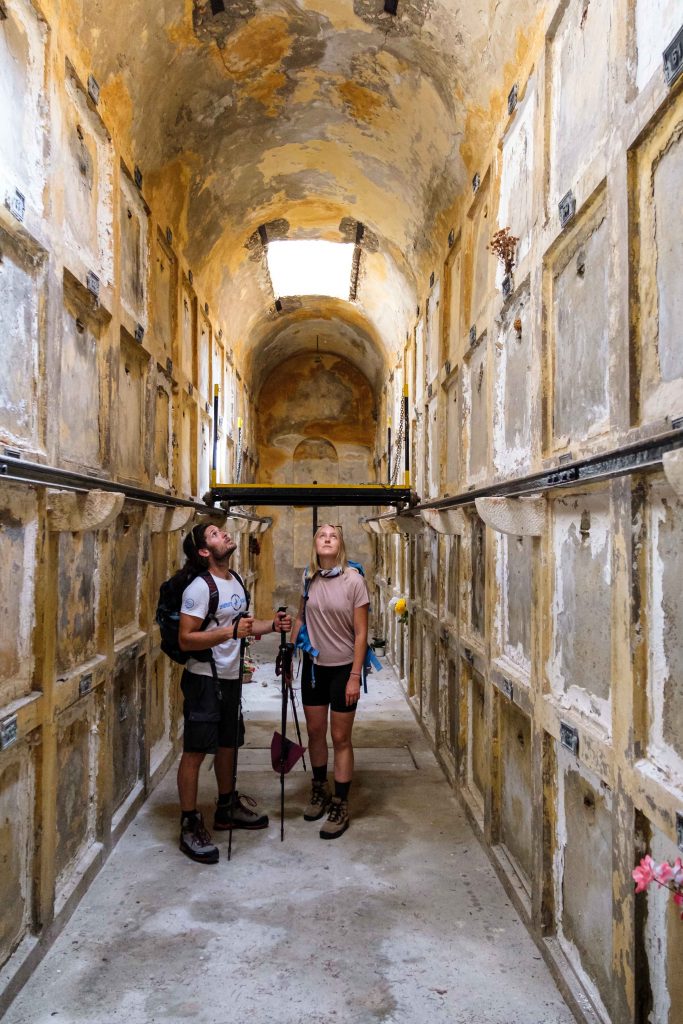
You can also cycle west in the direction of Bobovišća before descending to the sea where you will see an old fortress located on the very waterfront.
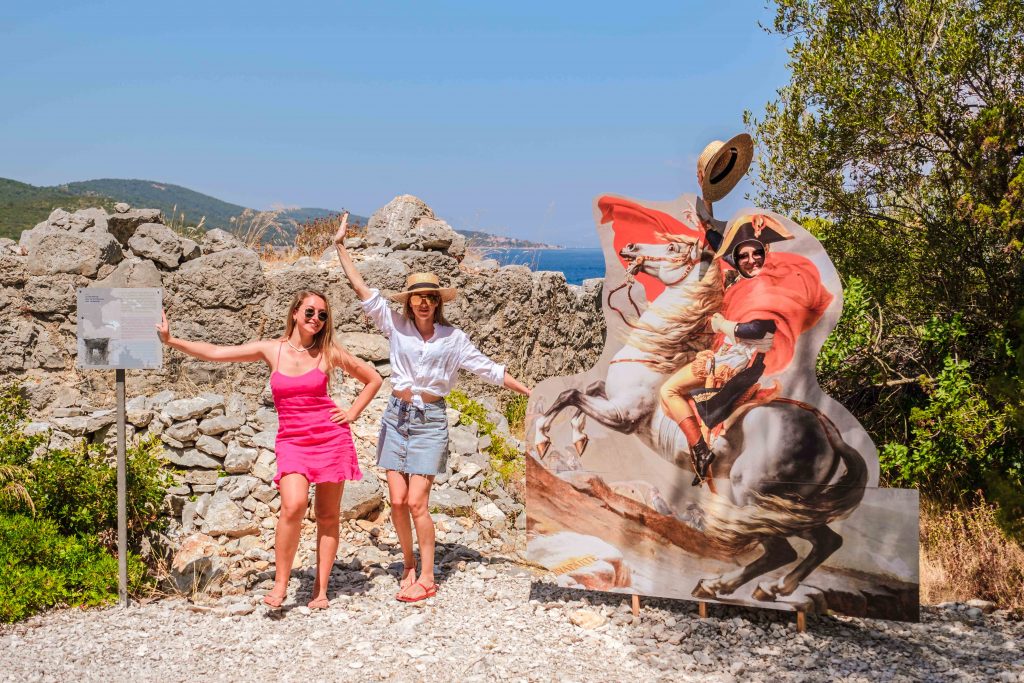
But that’s not the only story to be told by this small place. Vladimir Nazor spent his childhood and youth in Bobovšića, and his family house is still there, as is the symbolic tower he built. Next to it lies another, the Three Sisters, with three columns, built by Nazor back in 1937. On its pillars it bears three engraved letters I, O and A, the initials of the names of the sisters Irma, Olga and Amalia. Nazor cared for them throughout his entire life.
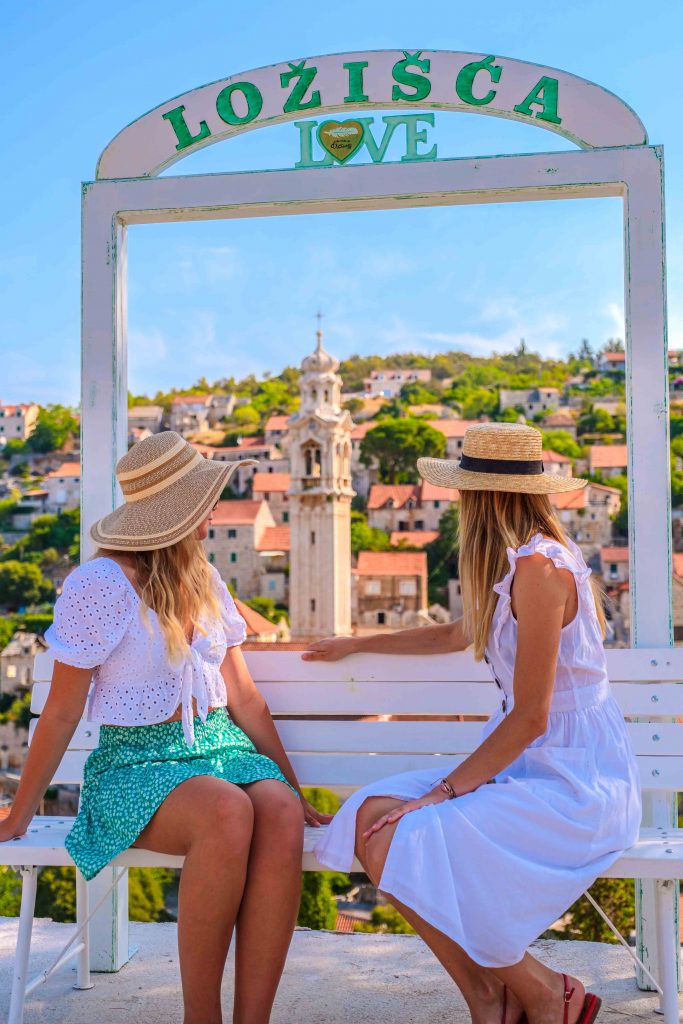
The next station is Ložišća, which many call one of the most autochthonous places on the island of Brač, best known for its stunning artistic work, the church bell tower made according to Rendić's designs, and lace carved in stone.

It is interesting how in the introductory part of the anthology series Naše malo misto (Our little place) by Miljenko Smoje, this very beautiful bell tower is shown. After that, it’s time to head down to Milna, a safe harbour for boaters, and a place completely facing the sea. Rade Harašić used to live here, a Milna native from whom Miljenko Smoje created poet Servantes’ character from the aforementioned Croatian cult series. Harašić's collection of paintings is still housed in Milna to this day.
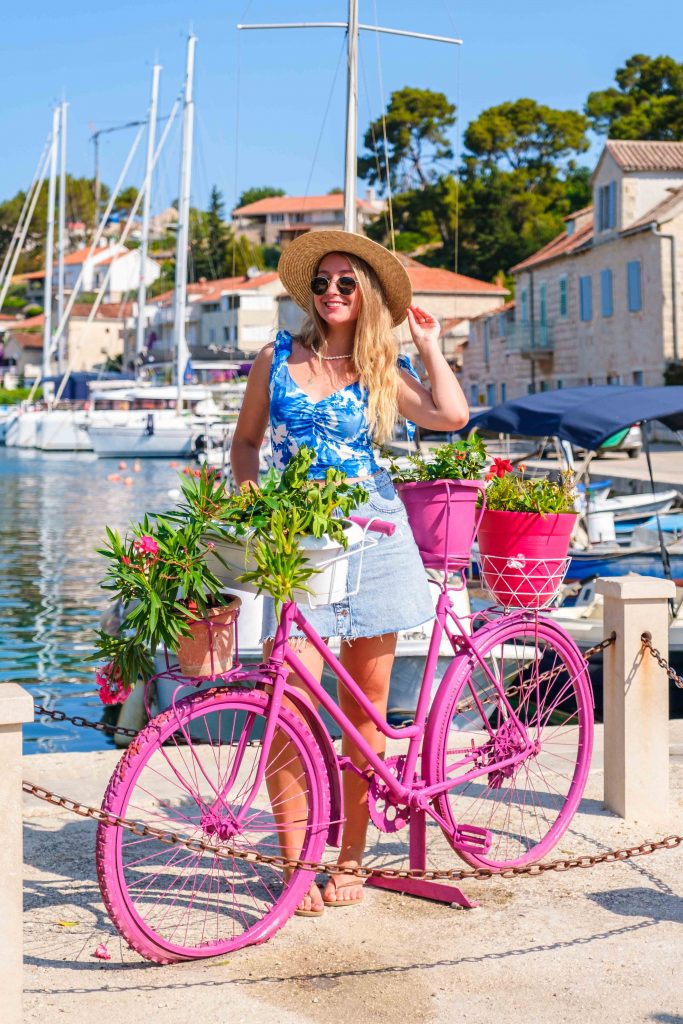
Where you’re about to head off to now is one of the biggest attractions on all of Brač, through the hidden, turquoise bays of the southwest coast of Brač you will reach the Blaca Hermitage.
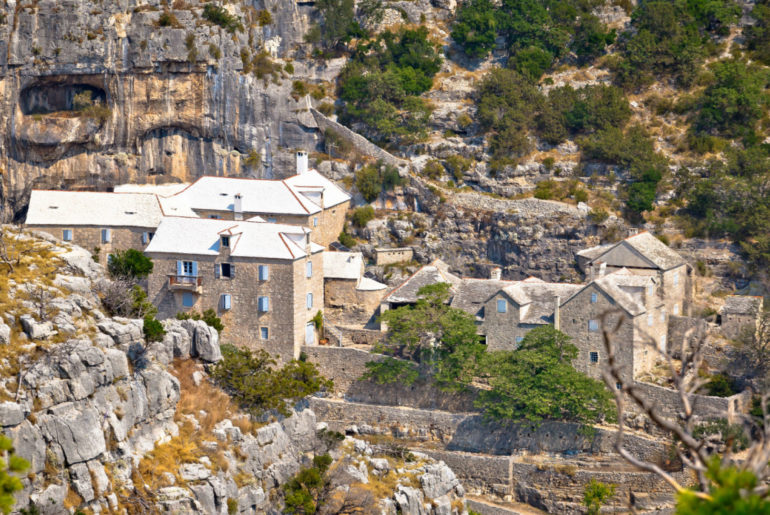
It is a monastery from back in the 16th century, founded by Glagolitic priests. You can only reach it on foot, so make sure to choose the time of day you take on the challenge carefully and be sure to bring plenty of water with you in the summer heat. Get ready for the goat trails, and the amazing views that await you at the end of this journey.
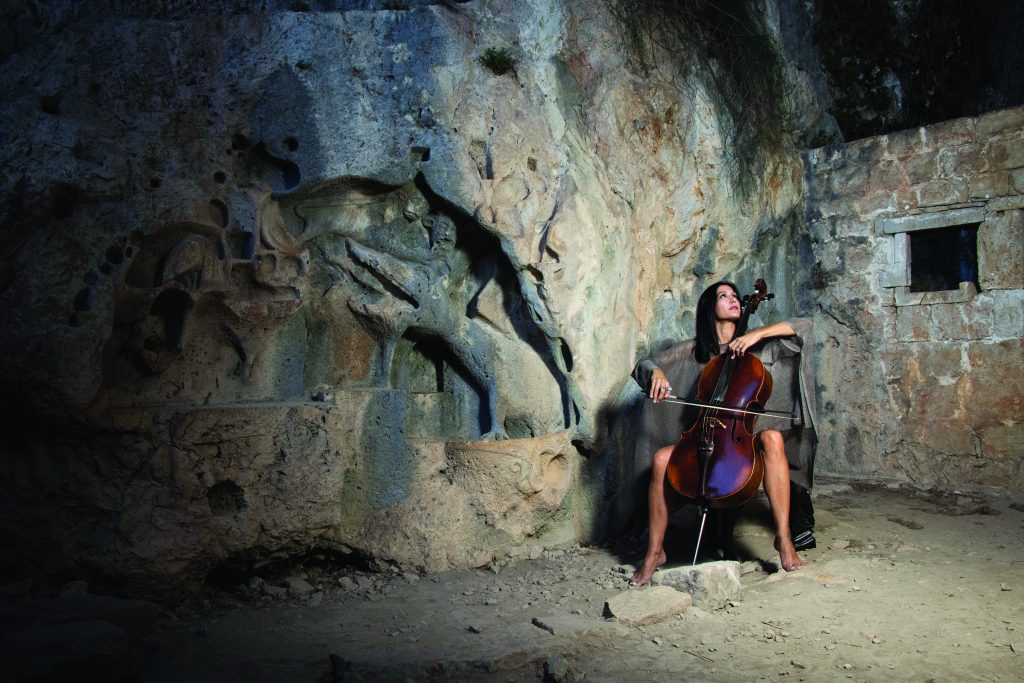
After that, you can head east, across the bay of Farska and to the town of Murvica where there are three excellent beaches.

Just above Murvica lies the Dragon’s cave, at 200 metres above sea level, which for centuries served as a sanctuary of the Poljica Glagolitic Catholics. They continued to live in it as hermit monks, and today, this astonishing cave is a top cultural location that you simply must see when visiting the island.
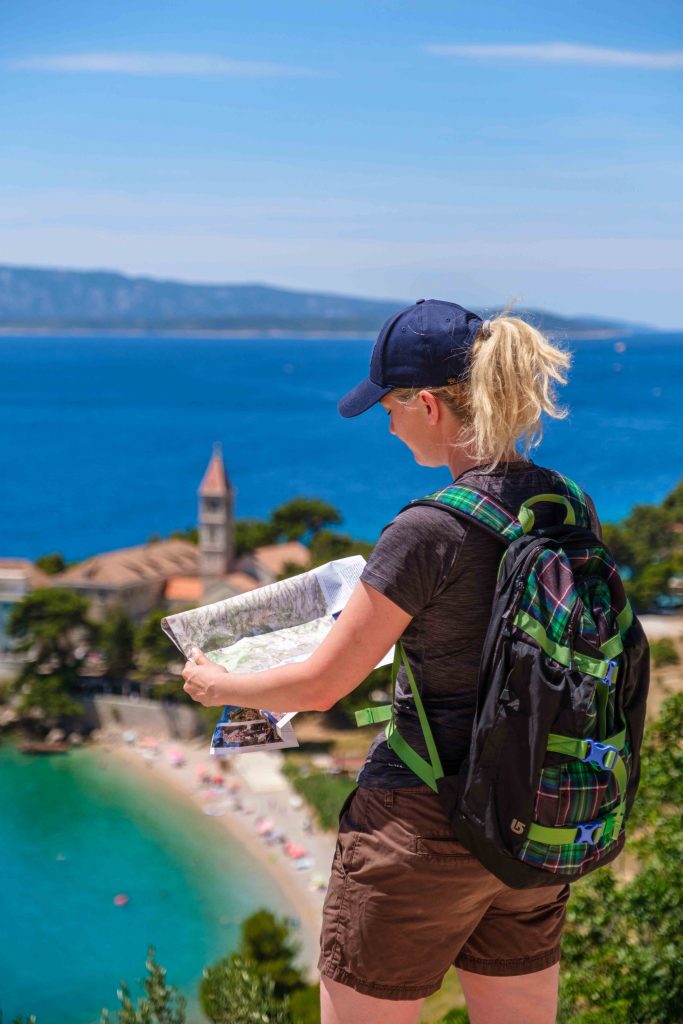
Then comes Bol and its trademark, one of the most beautiful beaches in the world, Zlatni rat (Golden horn), with its crystal clear sea and smooth white pebbles. When spending time in Bol, make sure to visit the Dominican monastery which is home to a library with rare copies of books.

There is also a recently reopened and renovated museum that houses a collection of incunabulum, church vestments and other interesting items. On the altar of the monastery church is the famous Tintoretto's fallen Virgin Mary holding a child which is from the 16th century, another amazing attraction from this part of the island.

Following Bol, you can ascend once again, high up into the hills in Podsmrčevik, to one of the five peasant hamlets with small stone houses, a monument and a symbol of the island’s former pastoral life.

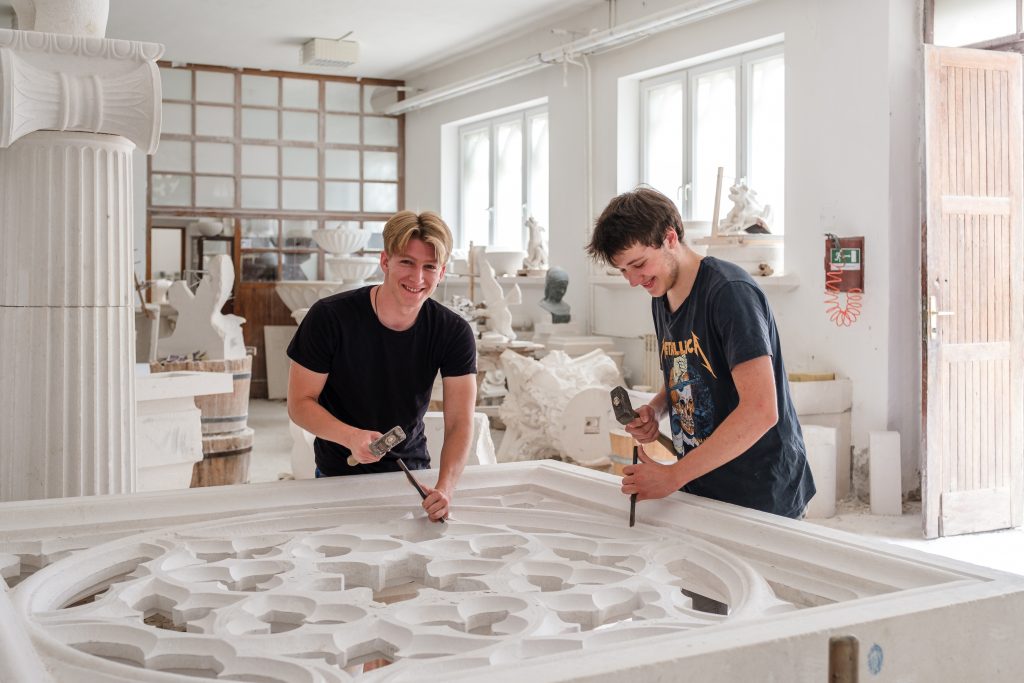
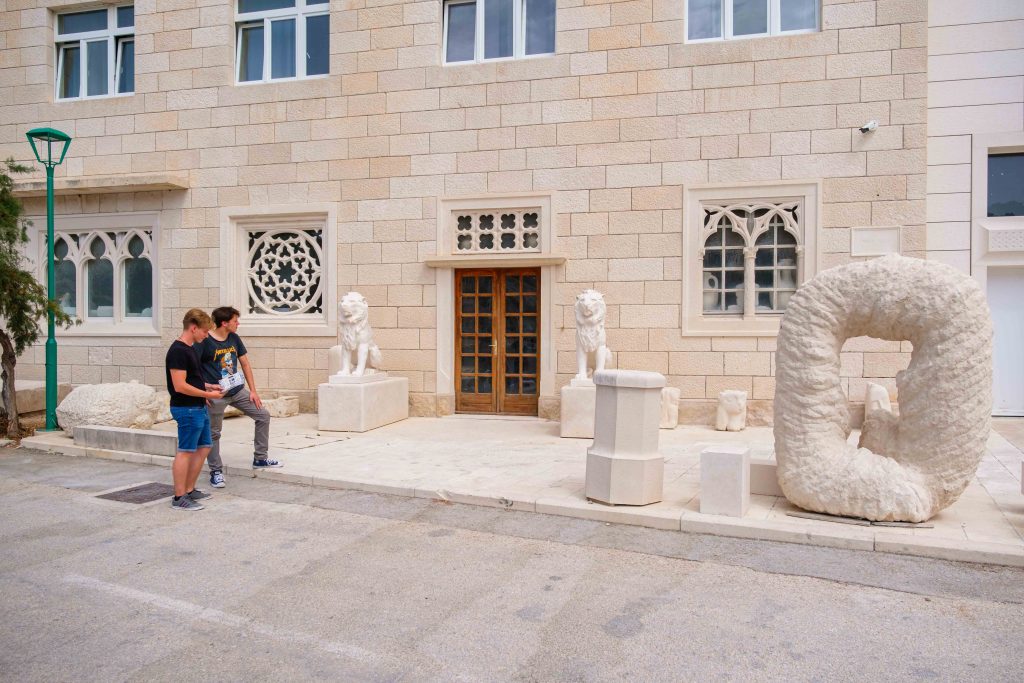
From the hamlet you’ll then descend to the stone white village of Selca, where you can visit the beautiful cathedral on the square, as well as the famous busts and monuments dedicated to many famous people by the diligent stonemasons who come from this area.
From there, you can head down to the shoreline once again, more precisely to Sumartin, where you can visit the Franciscan monastery best known thanks to the poet and Franciscan Andrija Kačić-Miošić. Enjoy a refreshing swim in gorgeous Rasotica bay, then head to Povlja and visit the early Christian basilica located next to the parish church. Then comes the time to visit the famous Pučišća and the stonemasonry school, as well as the beautiful sandy bay of Lovrečina and the remains of the Basilica of St. Lawrence.
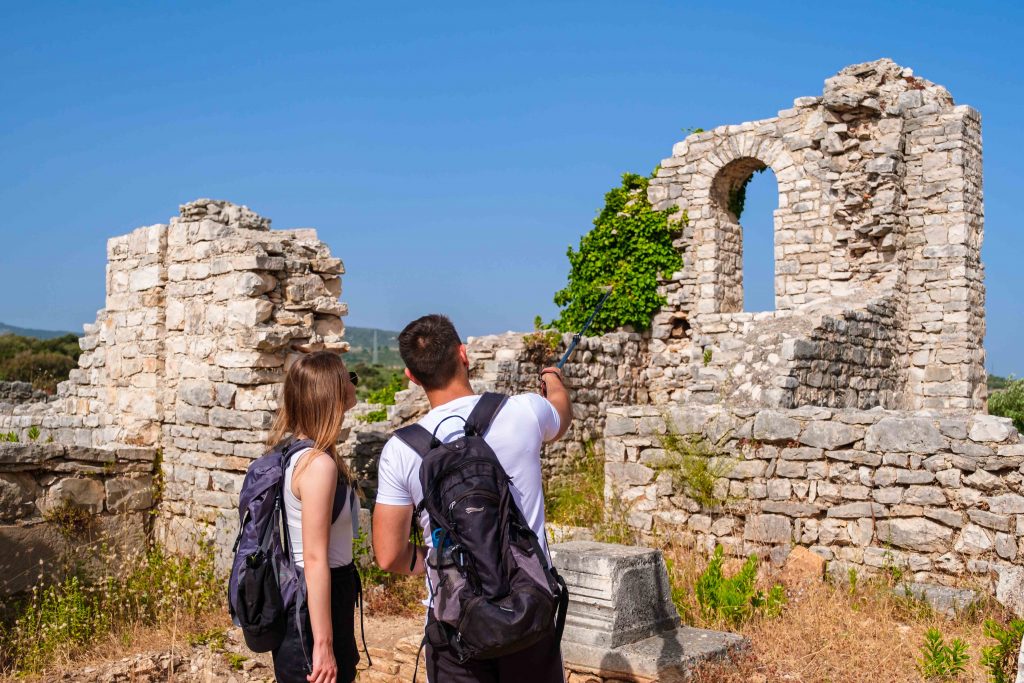
the way there lie Postira and the beautiful Villa na Mirju. Next to Postira lies the small town of Dol which has preserved its traditional architecture excellently. Be sure to try out their specialty while you’re there, roasted dormice and the famous hrapoćuša cake, a tasty calorific bomb made from an entire kilo of walnuts and the exact same amount of sugar.
On the way, you will come across a beautiful little place called Škrip which boasts the Museum of the Island of Brač, located in the Radojković tower which dates back to the 16th century. Be sure to stop by the beautiful Uja Museum, followed by a return to your starting point of Supetar.
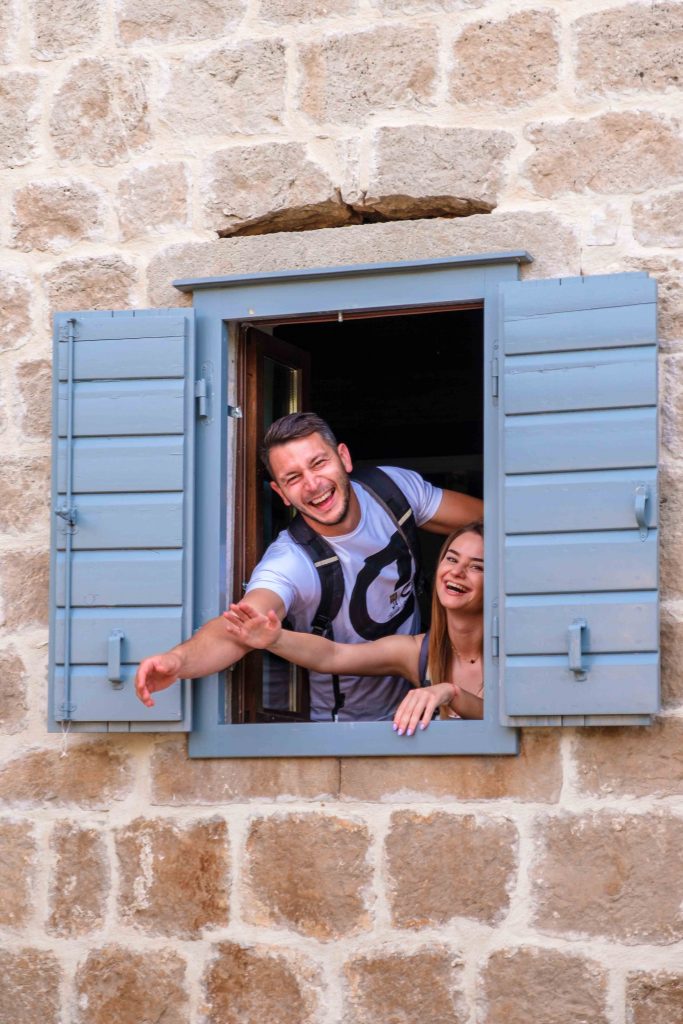
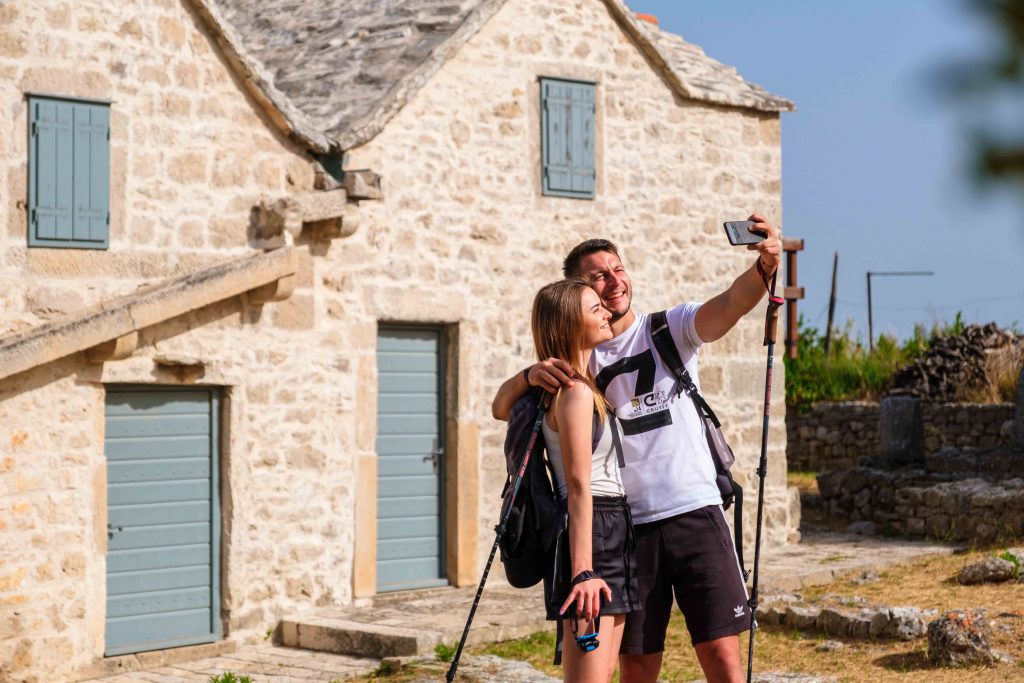

At the end, you will receive 12 stamps, each one representing each of the 12 points from this unique attraction in the Museum of the Blaca Hermitage, the Dragon's cave, the Dominican Monastery in Bol, Podsmrčevik, the Franciscan Monastery in the Church of St. Martin in Sumartin, the Early Christian Basilica in Povlja, the Stonemasonry School in Pučišća the Basilica of St. Lawrence, Vila na Mirju near Postira and the museum of the Island of Brač in Škrip.
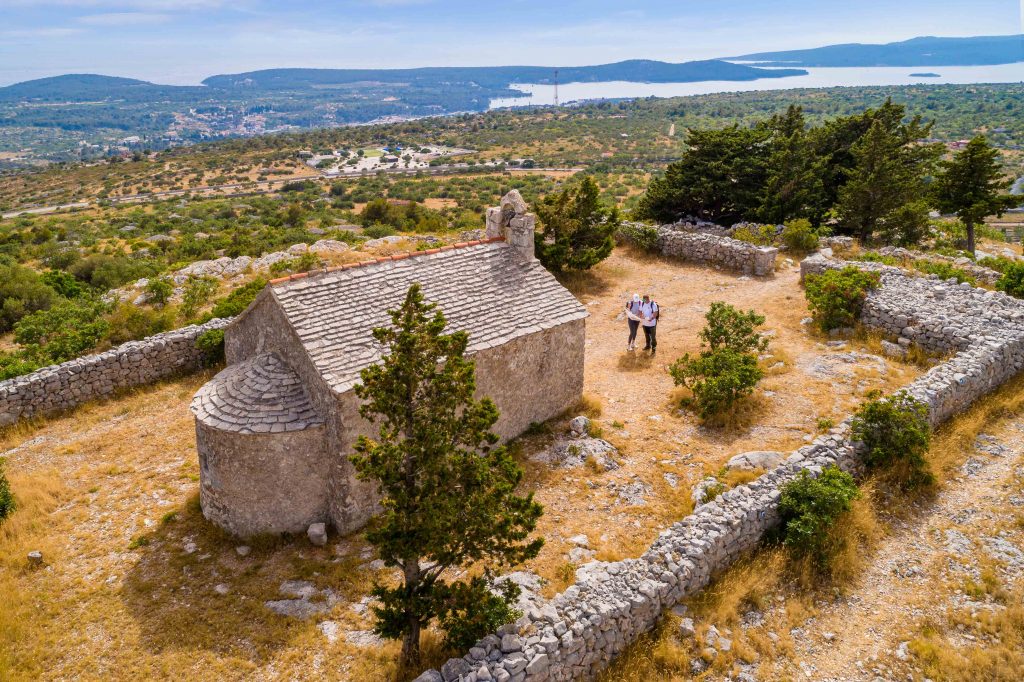
The 11th seal is obtained in the church of St. Spyridon at the crossroads of ancient roads from Sutivan to Mirca, and the last in the church of St. Martin from the location of an extremely important strategic position and view of the sea route through the Split Gate to the Central Dalmatian islands of Hvar, Brac and Solta.
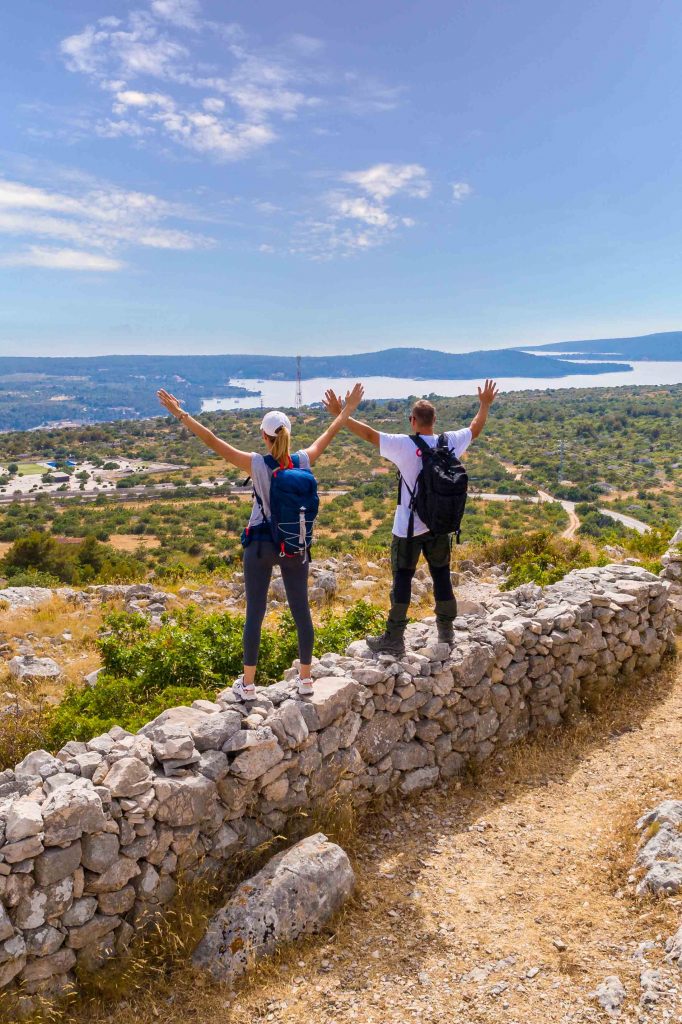
For all those who decide to take this amazing island walk, here are some important tips to be learned. Pedestrian sections would be desirable to do in such a way that sleep is provided in one of the more populated places near the route. The road map provided for the stamps can be downloaded from the Tourist Information Centre of the island, in Supetar, Sutivan, Milna, Bol, Postira, Pučišća, and in Sumartin. The fluid for the stamp should be carried on your person, as should sufficient amounts of water and food, especially in the summer months. And that would be it, VIA BRATTIA is waiting for you, so why not begin by heading in the direction of an amazing island experience?
MORE ABOUT LOCATIONS:
1 – MUSEUM BLACA DESERT

ABOUT LOCATIONS WITH THE STAMPS
1 – Hermitage Blaca Museum
The hermitage (monastery) was founded in the 16th century by the Glagolitic priests who come to Brač fleeding from Poljica before the Turks. Blaca can be reached from many directions, but always exclusively by foot. Blaca are really an exceptional monument of human work, with great historical, economic, artistic and scientific content.
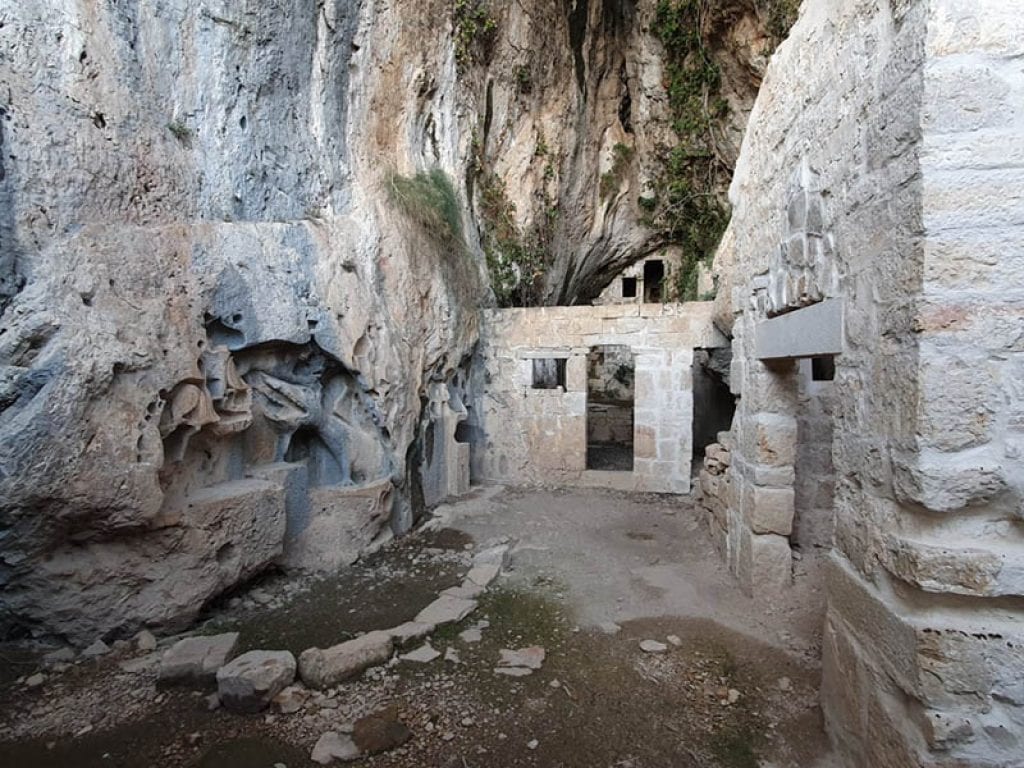
2 – Dragon’s Cave
Dragon’s cave is a monument to the hermit-like monastic life of the Glagolitic priests from the 15th century. It is situated 200 m above the village Murvice, in the heart of Vidova Gora (mountain). Throughout the centuries it has served as the residence and sanctuary of Poljica Glagolitic priests fleeing before the Turkish invasion to continue their monastic life in the caves.

3 – Dominican Monastery In Bol
It was founded in 1475 in a location chosen for the Dominicans by the inhabitants of Bol, and confirmed by the Brač Duke Zacharia. The spiritual and cultural influence of the monastery was felt for centuries, not only in Bol but also the wider region. Aside from the museum in the monastery there is also a library with rare books and manuscripts.
4 – PODSMRČEVIK
Podsmrčevik is one of five hamlets settled in the inner part of the island, northwest of Selca. Today they are almost abandoned because their people settled in nearby settlements.
The oldest parts of this hamlet are characterized by small stone houses covered in stone slabs, using the dry-wall technique or built from hewn stone blocks, with enclosed gardens and stables.
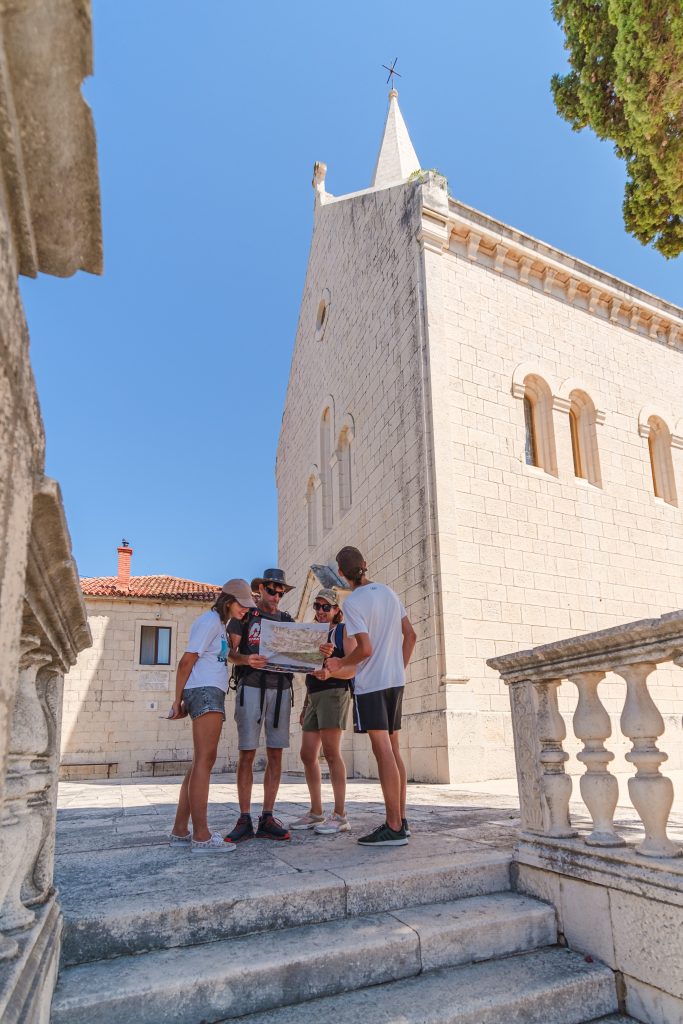
5 – Franciscan Monastery And The Parish Church Of St. Martin In Sumartin
Fleeing the Turks Franciscan monks came with the settlers and founded Sumartin in the middle of the 17th century. The monastery is synonymous with the legendary poet and Franciscan monk Andrija Kačić-Miošić and today holds a private museum with valuable collection of artifacts. Next to the parish church also look for the footprint commemorating the “Footsteps of St. Martin de Tours”.
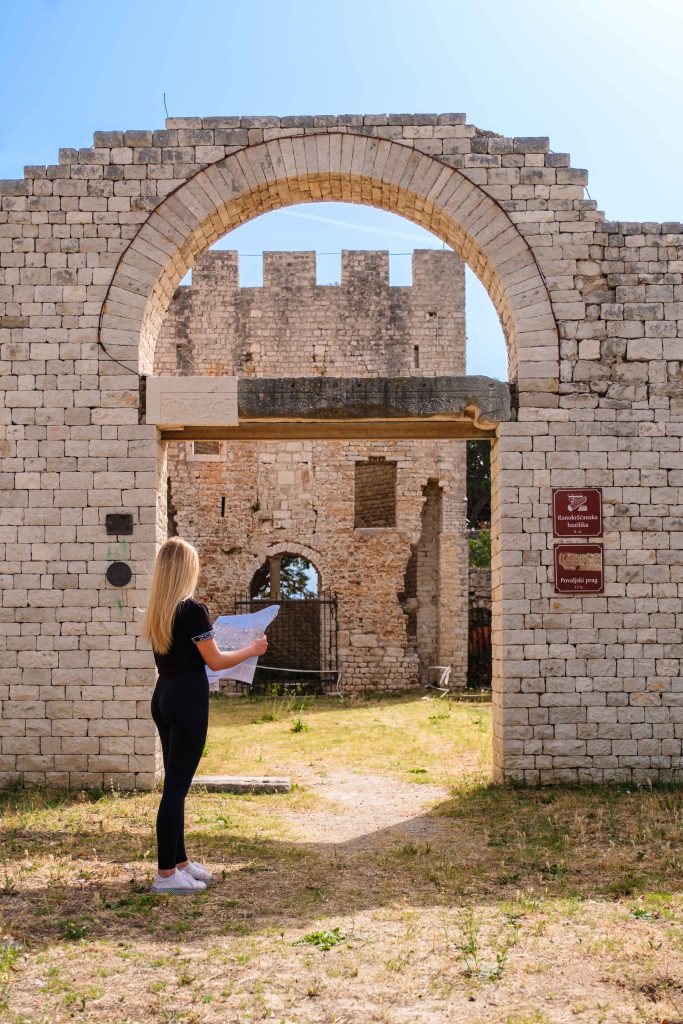
6 – Early Christian Basilica In Povlja
Many visitors come to Povlja to see the early Christian basilica on the grounds of the parish church. The remains of the Early Christian basilica date back from 5th and 6th centuries.
Many parts of this triple – naved basilica can be seen in their entirety, also as an area of the former baptistery. Povaljski prag and Povaljska listina, of great importance to Croatian history, also originated here.

7 – The Stonemason school in Pučišća
The Stonemason school began with its work in the remote 1909. This is the only school in the Republic of Croatia that educates the stone masons. Its work is based on the ancient Roman stone processing technology using hand crafted tools. It is recognized throughout the world and is being visited by innumerous visitors each year. The skill of hand stone processing using the old Roman tools nourished in the Stonemason school is protected by non-material cultural heritage of the Republic of Croatia.
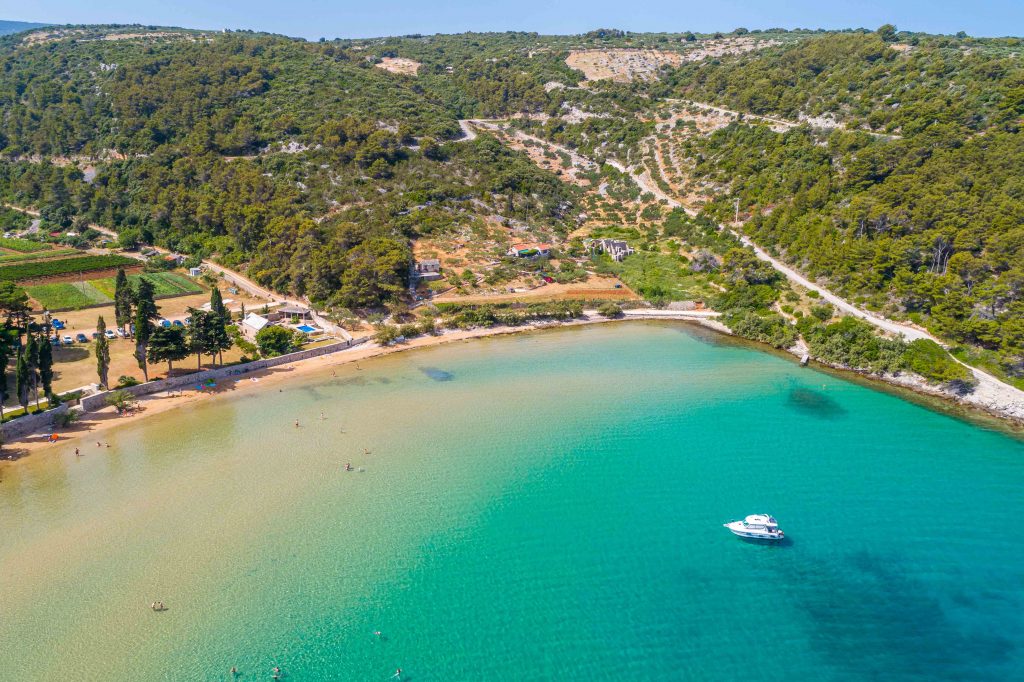
8 – Lovrečina And The Basilica Of St. Lawrence
The Roman farm was built in Lovrečina bay, close to a water source and a fertile field. In the 5th century a Benedictine monastery was founded in the border area with the church dedicated to St. Lawrence, whose name has been preserved in the name of the bay. Lovrečina is the biggest sandy bay on the island Brač.
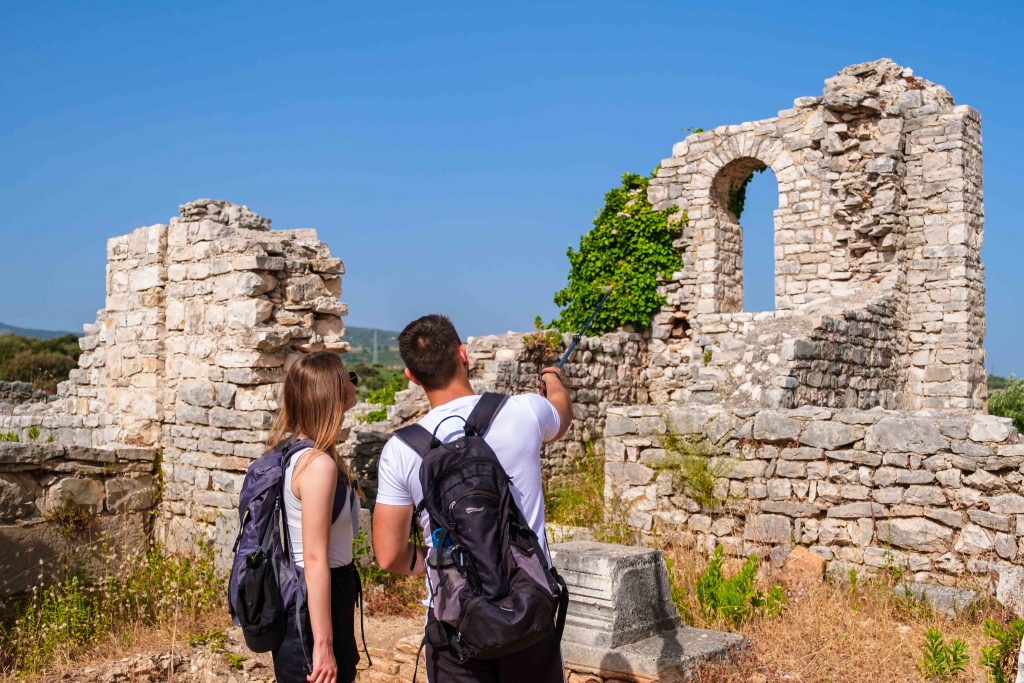
9 – Late Antique Villa On Mirje Near Postira
Mirje is situated among the two important centers on the Adriatic part of the province: Diocletian’s palace in Split and imperial quarries near Škrip, from which architectural stone for building the monumental palace was cut.
Numerous fragments of stone furniture confirmed the existence of a sacral building from the 6th century. The analysis of the discovered walls suggests that the complex was not built for the convent’s community, but that was in fact a later adaptation of the late antique villa with thermal complex.
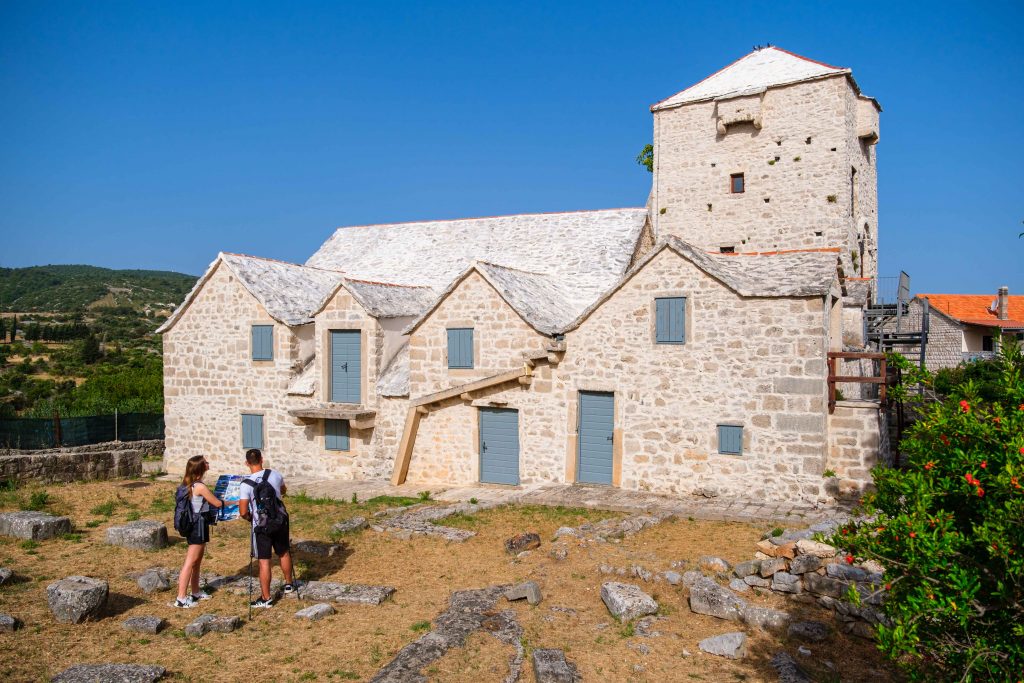
10 – The Island Of Brač Museum In Škrip
The Island of Brač Museum, situated in Radojković Tower from the 16th century, is one of the Croatian most visited museums, annually visited by more than 15 000 people. Its foundations date back 1500 years A.C. In the lower floor of the Museum, there is a Roman Mausoleum where, according to the legend, rest Valerija and Priska – wife and daughter of the Roman emperor Diocletian. The Island of Brač Museum in Škrip is the place not to be missed when visiting Brač.
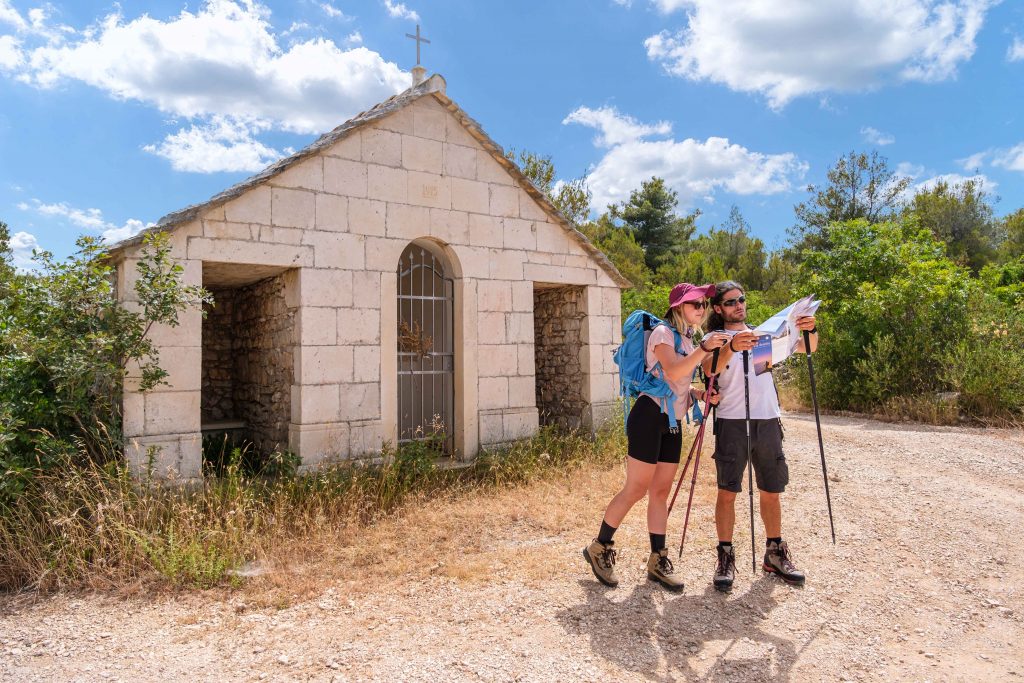
11 – St. Spiridon’s Church
Uniquely shaped small chapel at the crossroad of ancient roads from Sutivan to Mirca and former parish Donji Humac (16th century). Not far from the church there is a speleological location (pit), the only one in Sutivan area.

12 – Church of St.Martin
We don’t know exact time construction of the church of St.Martin, but shows early Romanesque style characteristics. On the facade of her annexed bell tower in the late 15th century. Simply stone facade on top of a brick distaff with a triangular pediment from the 14th century church is vaulted barrel vault without a flange, and the walls were broken down broad shallow niches. Above the altar is a Renaissance stone relief, workshop Firentinac, depicting St. Martin and the beggar on horseback.
photo: Hrvoje Gabrić, Robert Barilla, Alan Čaplar, archive TB Brač island
Marulić's Split – A great 500th anniversary of Judita
Today, on 22nd April, we celebrate Croatian Book Day by remembering Marko Marulić, the author of the epic poem Judita (Judith), one of the most significant Croatian literary works that he finished writing in Split on an exact date back in 1501.
On the occasion of the 500th anniversary of the publishing of Judita, the Croatian Parliament announced that 2021 will be "The Year of Mark Marulić." To celebrate the occasion, the Dalmatia – Storytelling Destination Project, The City Museum of Split, in cooperation with storytelling guide Gorana Galić designed a costume storytelling tour featuring Bira Marulić. Simultaneously, another storyteller, Nataša Bulić, leads a storytelling tour named Following the steps of Marko Marulić.

For Marko Marulić – one of the greatest Croatian writers - Split was a treasure trove of inspiration.
A poet, writer, and the father of Croatian literature are just a few synonyms for this great man, the guardian of Split’s heritage and one of the most prominent citizens of this town. While he grew into one of the most reputable humanists and philosophers during his stay in Venice, his life in Split awoke his poetic soul. The beauties of this Renaissance town were his eternal muse. Antiquities, Renaissance palaces, and ships arriving in Split's harbor from all over the world enriched his soul with new discoveries and experiences. They say that spirituality is one of the greatest virtues of humankind. For Marulić, the sense of humor of Split residents was a source of inspiration for his satiric poetry. As young noblewomen from Split adored his playful spirit, he also “composed” love sonnets inspired by their beauty.

He is the author of the first tourist guide through Split that emphasized the beauty of Peristyl. However, there is also a darker side to his work. As his city was exposed to a threat of the Ottoman Invasion, he contemplates the true freedom that resides in the human heart. He was especially inspired by Judita, a Biblical character of a widow fighting for Betulia. He named his masterpiece from the 16th century after her. Also, he wrote this epic poem in Split dialect to bring Judith closer to his fellow citizens. Interestingly, he coined a new term – psychology – that he uses in his verses for the first time in history. The statue of Marko Marulić, sculpted by the famous sculptor Ivan Meštrović, stands on Voćni trg (a square in Split), reminding us of the importance of preserving personal freedom.
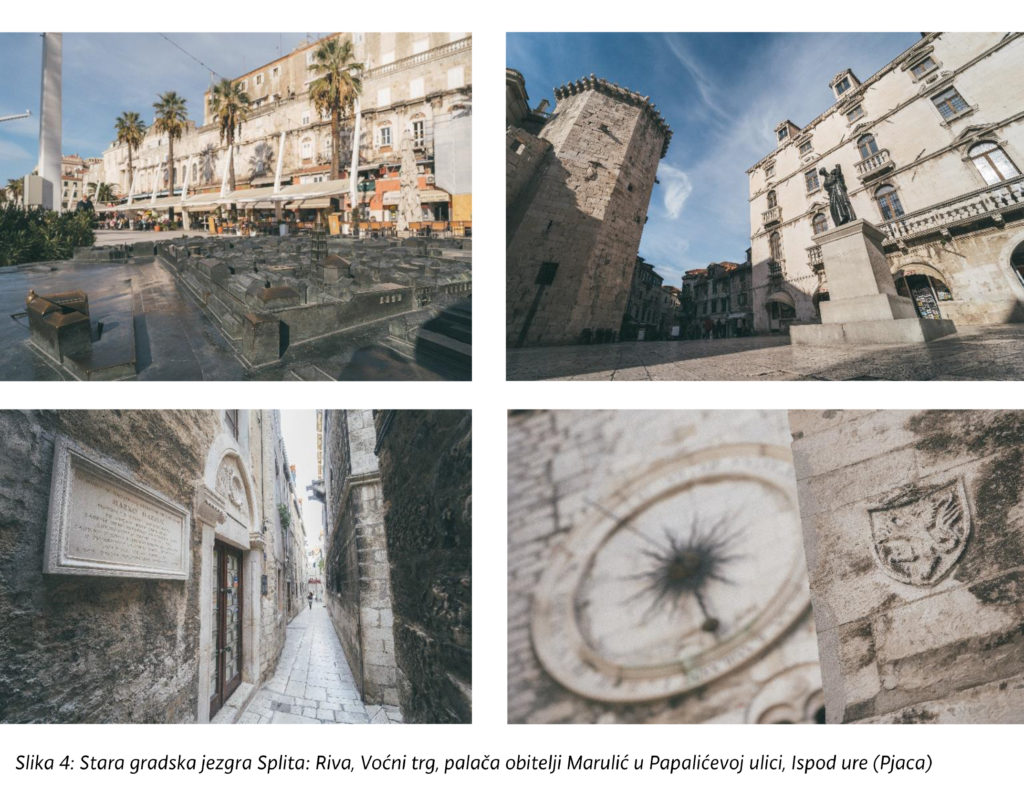
A storytelling walk – Following the steps of Marko Marulić
This storytelling walk will take the participants to places where Marulić found his inspiration and felt a whole spectrum of emotions. This is a 60-minute walk starting in the old city nucleus, near the Diocletian's Palace and picturesque squares. The starting point is in front of the Marulić family palace. Then, it leads us to the historic trg Svetog Lovre, today popularly known as Pjaca, where once Venetian authorities resided. The walk ends on the famous Split's Peristyl, once a center of the Diocletian's Palace and an everflowing source of inspiration for Marulić. This tour is also suitable for the elderly. Please visit www.ichtisonline.com for more information.

Exhibition announcement of "Judita 500" exhibition on the occasion of the 500th anniversary of the first printed edition of Judita
The City Museum of Split, in cooperation with Marulianum – The center for studying Marko Marulić and his humanist circles and the City Library Marko Marulić, under the auspices of the City of Split, organizes an exhibition dedicated to Marulov ep (Marul's epic poem) Judita 500. For the first time, the visitors will get a chance to see the first four out of five initial editions of Judita, published in Split in the 16th and 17th centuries – in 1521, 1522, 1586, and 1627. Also, a reproduction of the 3rd edition from 1523, from the State Library in München, will be exhibited.
At the moment, the event has been postponed due to epidemiological reasons.
Please visit https://www.mgst.net/naslovnica/najava-izlozbe-judita-500/ for more information.
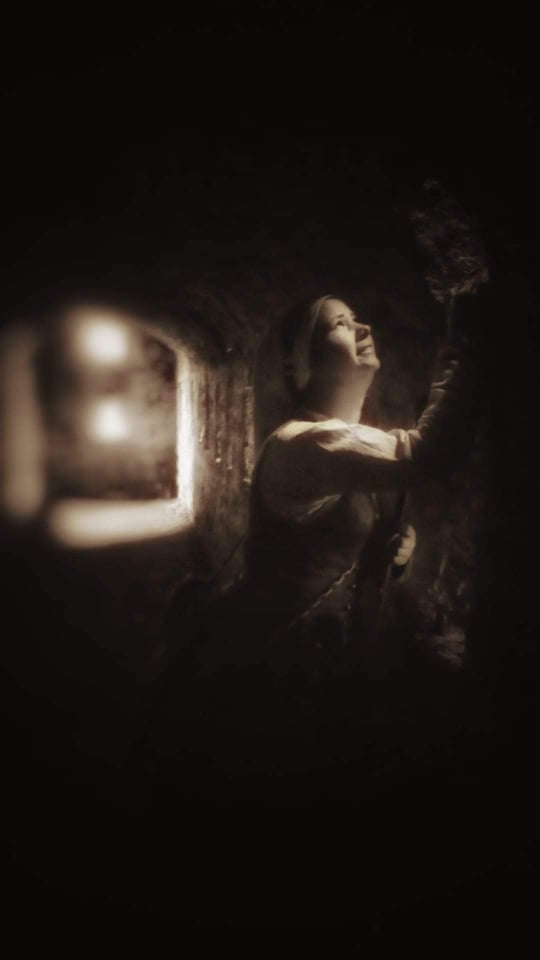
A story about a revived historical personality - Bira (Elvira) Marulić
The City Museum of Split is located in the northeastern part of Diocletian's Palace, in the Renaissance-Gothic palace of the Papalić family. Its courtyard, loggia, well, and ceremonial hall are considered one of Split's most beautiful cultural monuments. We will introduce you to the exhibits of the Museum in the Museum Lobby and tell you a story of one of the most famous Croatian philosophers, writers, and the father of Croatian literature, Marko Marulić. Already in the 15th century, the owner of the palace, nobleman Papalić and Marko Marulić collected and studied ancient texts from Salona (modern-day Solin), imbedded in the palace walls.
The walk continues to the Gothic ceremonial hall on the first floor, where one can learn in detail about the life of Marko Marulić, his source of inspiration, and the work of his fellow humanists. A critical figure in Marko Marulić's circles was his sister Bira. Renaissance women had two options – to marry or to join a religious order. Bira decided to join the Benedictine order sisters and spend the rest of her life in a convent near the Diocletian's Palace. Marko Marulić dedicated many of his works to his sister and other nuns. One of them is Anka Satira. The texts reveal that Bira was one of the first educated nuns. Her brother Marko wrote poems for them in Croatian variation of his satire. Marko Marulić was so close to his sister that he left behind a Gospel that he illustrated for her. The storytellers tell a story about Marko Marulić, Judita, Renaissance Split, and the Ottoman Invasion through the eyes of his sister Bira.
From the Gothic hall, the tour continues to the terrace where emblems of Split's aristocratic families are preserved. Visitors will learn about the ways of living in "the most beautiful city in the world" and interesting facts about the status and activities of noblemen.
The tour ends in the magazine located in the basement of the palace. Since Split was exposed to a constant threat of the Ottoman siege in the 15th and 16th centuries, it is also worth hearing a story about the war with Turks and the heroic defense of Split.
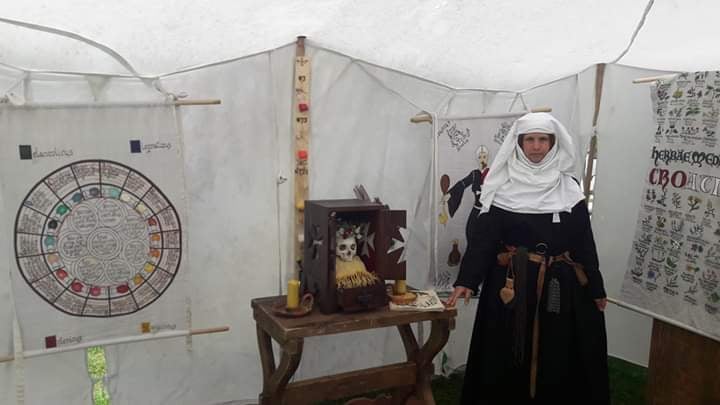
DALMATIA – STORYTELLING DESTINATION
Revival of storytelling in museums and institutions dedicated to preserving cultural heritage is a unique project in Croatia and Europe. In Dalmatia, as a storytelling destination, 14 characters of the area's rich heritage have been revived. In addition to this project, 23 themed tours have been created. This project, intended for tourists and the local population, is focused on providing authentic experiences of cultural heritage through storytelling. These commercial guided tours will be available through the County's storytelling platform that offers storytelling tours led by knowledgeable and certified guides wearing costumes. The project aims to preserve and publicize Dalmatian cultural heritage and create attractive 365 tourist offers in Splitsko–Dalmatinska County.
Storytelling guides:
Storytelling walk – Following the steps of Marko Mrulić: Nataša Bulić
A story about a revived historical personality - Bira (Elvira) Marulić: Gorana Galić
Photo credits: Dalmatia – Storytelling destination, the archive of storytelling guides
DALMATIA – A STORYTELLING DESTINATION This is a story about Split, citizens of Split and their battles throughout history

For centuries, the beautiful Mediterranean city of Split, located between the Marjan Hill and the Adriatic Sea, has attracted visitors from all over the world. Here they discover monuments from times long-gone, touch the thumb of Grgur Ninski and explore cellars of Diocletian's Palace, marveling at this magnificent architectural monument.

They also enjoy Marjan, "the lungs of the city," creating beautiful moments for their treasure boxes of memories. However, the story of this glorious city can be told in a completely different way: through the history of the Jewish community in Split with explorers, artists and mayors that will soon find their place in new specialized storytelling tours.
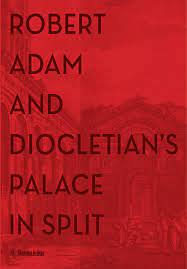
The Story of Robert Adam Discovering His Own Style
Diocletian's Palace in Split has always attracted international travelers, writers, historians, architects, and archaeologists curious about one of the best-preserved antique monuments in the world. Many of them tried to describe it but only the rare British architect of Scottish origin managed to do so, Robert Adam, who was mesmerized by Roman architecture and began to explore antique architectural structures. As he was intrigued by Emperor Diocletian and "the Emperor's monumental villa" in Split, he decided to visit this monumental city and learn more about the private architecture of ancient Romans. His first glimpse of the town was from the sea: "The moment you sail in between the two capes extending into the sea that form a large bay and a friendly harbor, you will see the remains of the walls facing the sea and a long arcade of the Emperor's Palace, a modern fortress, a lazaretto and towers located within the walls as well as one of the ancient temples. The urban structures are perfectly harmonized with the surrounding hills creating beautiful scenery. Upon his return to London, Adam spent 6 years preparing etchings for 61 etching plates. He published the book Ruins of the Palace of Emperor Diocletian at Spalato in Dalmatia in 1764.
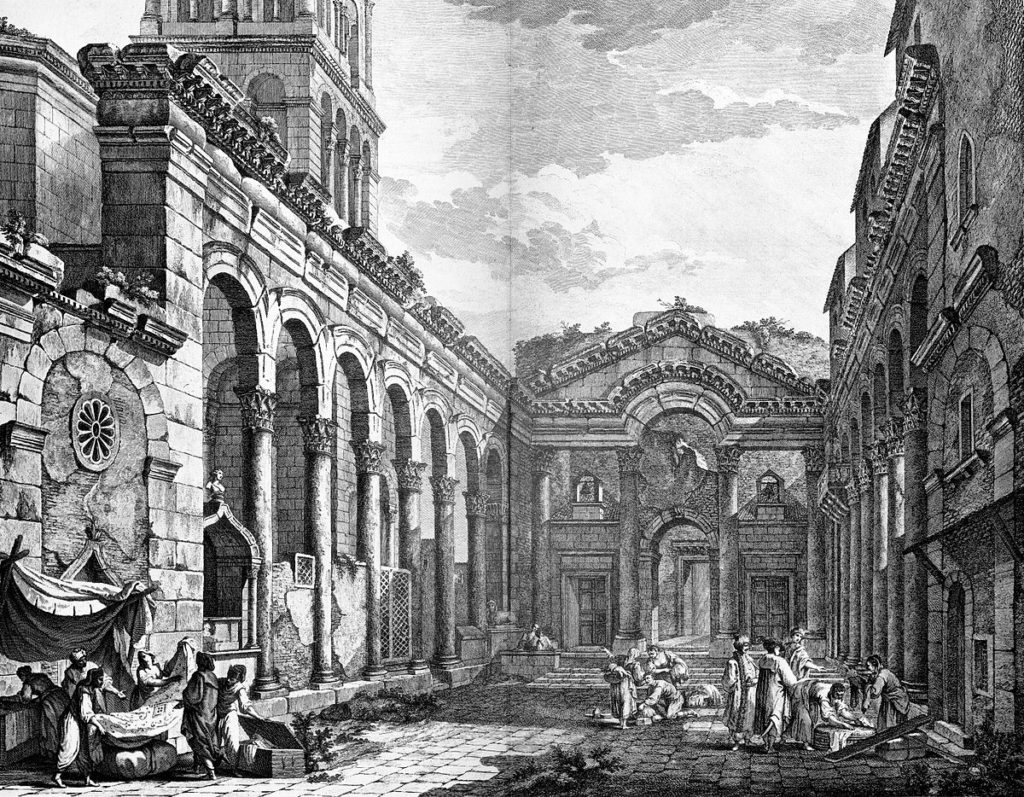
Adam's visit to Split and the Diocletian's Palace influenced his work and in part inspired his own style of interior decoration, named "Adam's style." He was deeply influenced by ancient civilizations. His experience of the Split's architectural masterpiece, especially the southern façade of the Diocletian's Palace, is visible on the Register House in Edinburgh and in the orangery of the Bowood House in Wiltshire, known as the Diocletian Wing. Simultaneously, the Adelphi Buildings on the Thames in London represent his interpretation of the whole Diocletian Palace.
Robert Adam was so astonished by Peristyle, a half capital from Diocletian's Palace that he used it to decorate the façade of a building located on St James' Square in London. His architectural style was so strongly influenced by Split's ancient monuments that he included the sketch of the entire capital in his book The Works in Architecture of Robert and James Adam.
Jewish Heritage in Split
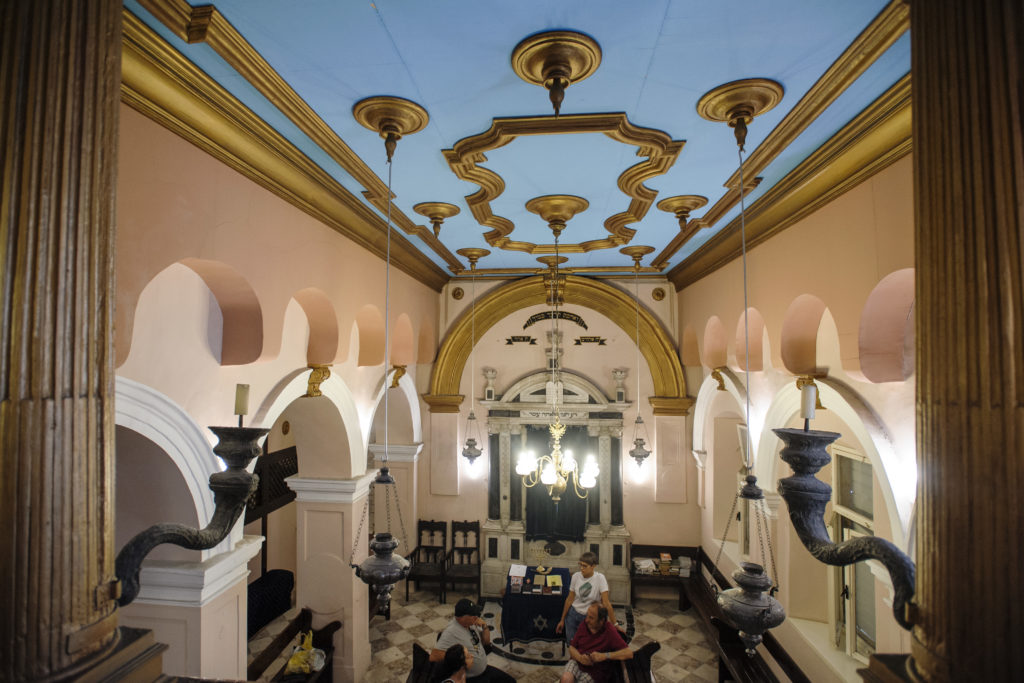
Jews in Split is the name of a storytelling tour that will take you all the way back to ancient times. Jews have been living in Split ever since the times of Emperor Diocletian, and stonecutters' symbols on the walls of the Palace testify to their presence in the Palace. A Jewish cemetery and decorated menorahs, Jewish candleholders from the 3rd century tell us a story about their lives in Salona (today's Solin).

Although persecution has been the major part of the history of Jewish people, they were welcomed in Split thanks to their excellent multilingual and trade skills. Daniel Rodrigues, a Jewish community member in Split anda tradesman,left the most significant trace.In honor of his contribution to the evolution of the city of Split, a street was named after him - Rodrigina Street that was once inhabited by Jews exclusively. Next to it, in Židovski prolaz (Jewish passage), one of the oldest still active synagogues in Europe and the only one in Split found its home. It was built in the 16th century. Well-preserved, it tells a story of the influence of the community up to the 18th century.
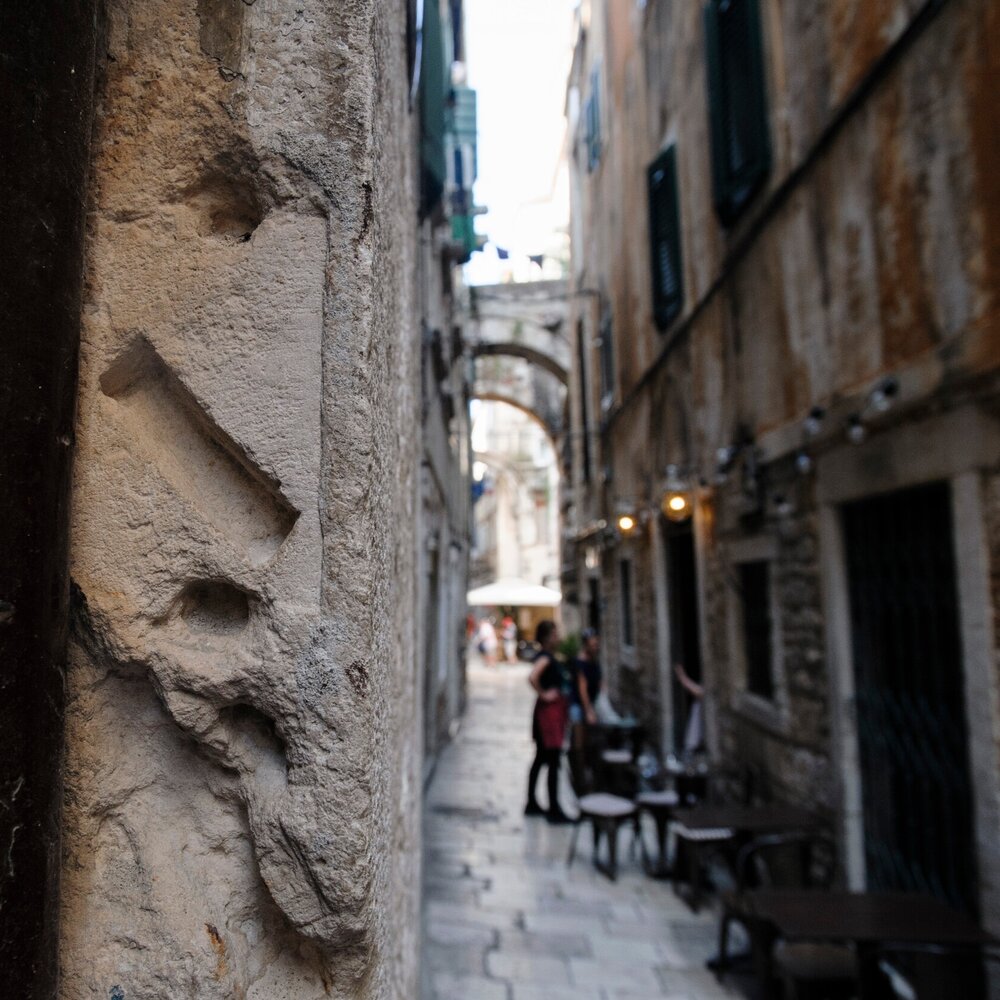
Today, the Jewish community of Split has approximately a hundred members that occasionally organize exhibitions and lectures. Work hours are from 10 a.m. to 2 p.m., on work days.

The Mayors of Split
A storytelling tour named The Mayors of Split tells a story of visionaries that have shaped Split as it is today. The guided tour starts on Prokurative with a tale of Antonio Bajamonti, a medical doctor and an adored mayor of Split for almost twenty years. He turned a neglected and poor varošica (a small town) into a modern Mediterranean city. He renovated the Roman aqueduct, introduced gas mantles, and built the Bajamonti Theatre.
The tour continues on Splitska Riva, where the scent of sulfur can be felt due to the sewage collectors constructed thanks to the mayor Grabić.
While strolling down the Riva, the scent of sulfur reminds us of "sulfur spas," and "furešti" (a slang expression for foreigners) who should learn about the mayor Grabić, thanks to whom today’s Riva smells only of sulfur.
Today's King Zvonimir Street was once known as Dr. Ivo Tartaglie Street, named after the favorite mayor of citizens of Split, a lawyer, politician, and painter. Thanks to his efforts, electricity supply was introduced in Split as well as it was connected to the mainland through Lički railway constructed in 1925. You will get a chance to find out more about this street that you will reach from the Riva.
This storytelling tour ends near Koteks, the first shopping center in ONE communist country. There, the participants will get a chance to find out more about the mayors of Split during the most significant city’s industrial-construction expansion and about the famous Mediterranean Games.
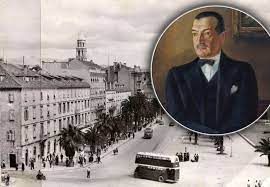
World War Two in Split
This is a story about the citizens of Split and their struggles during the Second World War. A war means destruction, pain, and suffering, and Split was no exception during the Second World War. The terrific bombardment of Split destroyed almost 20% of homes. However, innocent victims (citizens of the town) are those who suffered the most extensive injustice.
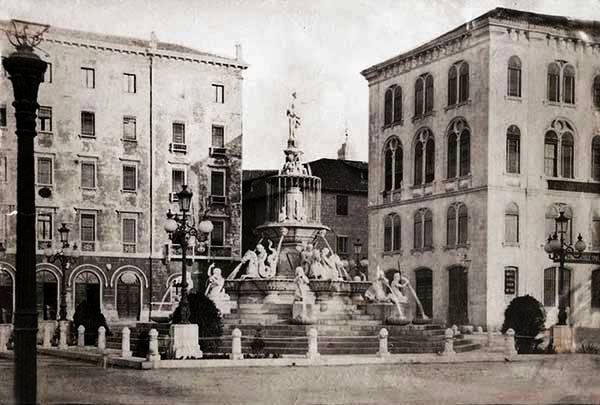
Tyranny was a form of rule of the new government that imposed new restrictions on living. Every new day brought further instability, sometimes in the form of price inflation, sometimes in the form of scarcity (of all essential goods) and sometimes in the form of the bloodcurdling howling of air raid sirens or random street checks or cardings and arrests.
Participants in this storytelling tour will learn about the atmosphere in Split during those dark times with an emphasis on the local population. In addition, they will hear about the postwar period, influences of which are still present but overshadowed by the war.
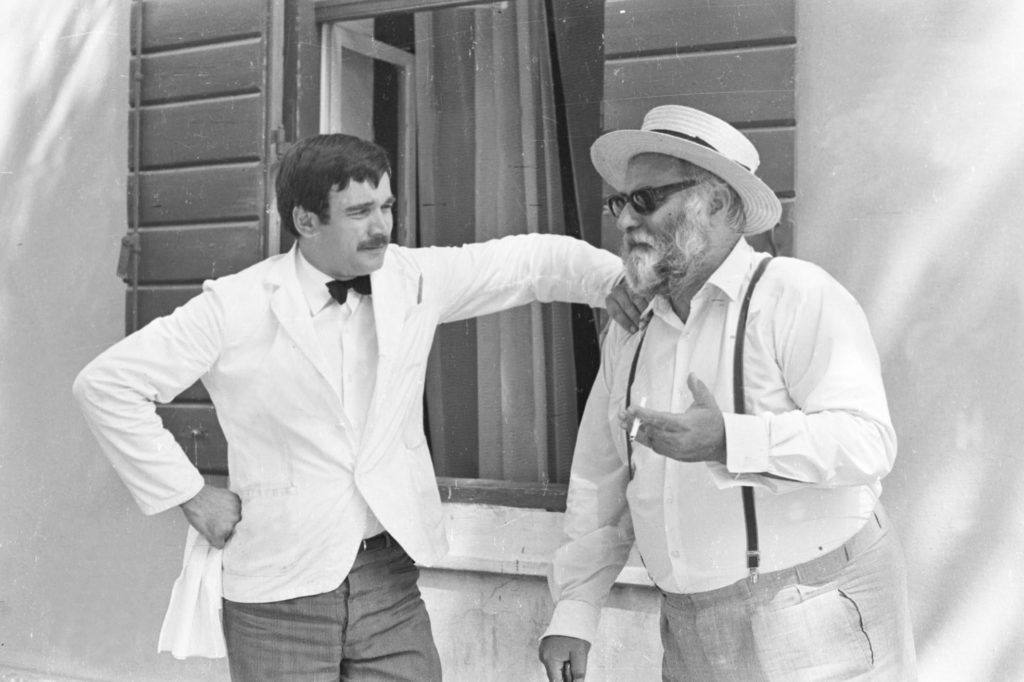
A Story about Split’s Mentality “The Craziest Town in the World”
We always wonder what makes this city, in which everything is acceptable, so special. The answer is that this is the craziest city in the world, with no further explanations needed.
States are changing, governments come and go, but the citizens of Split remain the same – unpredictable, passionate, loud, wild… Their mentality has become a brand. Splićani (citizens of Split) take pride in it as something more resilient than systems and ideologies. The small and the big town, as described by Uvodić, Smoje, or Kudrjavcev, each of them from their own perspective and their own interests provide the best insight into the “craziness of Split.” The characteristics are mainly negative – defiance, mockery, gossiping, hedonism… However, in this town, some reversed rules are in power. So everything that can be experienced as something negative at first, with time, becomes something adorable, and holding grudges does not exist.
No other city can take pride in eccentric characters born in Split, so-called ridicules, that transformed Split into u perfect stage for Fellini movies. Only in Split are people “fjakani” (meaning tired and melancholic). Small talks and gossip are the top priority of daily coffees. Yes, when drinking coffees in Split’s cafes, we all talk about “grandece” (the grandeur of people). We pretend that we possess more than we really do; vanity is our virtue, and spitefulness would make us climb Mount Everest.
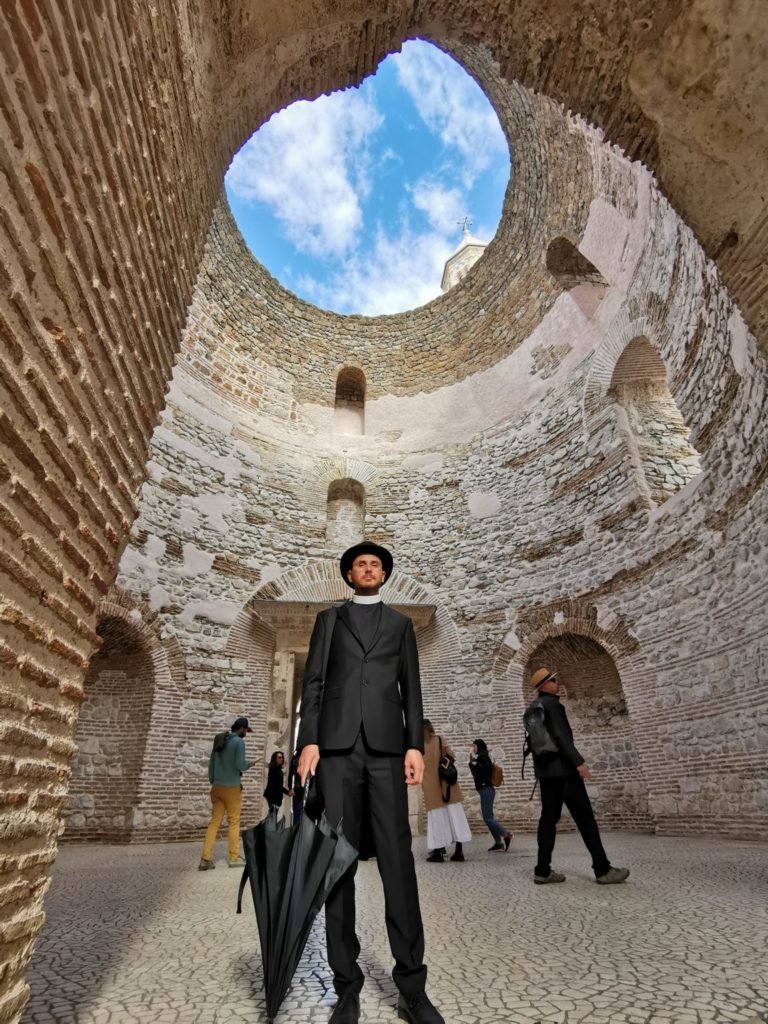
We sincerely believe that you will join at least one of our special storytelling tours and discover Split from a different perspective - by learning about people that breathed and lived in this city and have contributed immensely to its culture and tradition.
DALMATIA – STORYTELLING DESTINATION
Revival of storytelling in museums and institutions to preserve cultural heritage is a unique project in Croatia and Europe. In Dalmatia, as a storytelling destination, 14 characters of the area’s rich heritage have been revived. In addition to this project, 23 themed tours have been created. This project, intended for tourists and the local population, is focused on providing authentic experiences of cultural heritage through storytelling. These commercial guided tours will be available through the County’s storytelling platform that offers storytelling tours led by knowledgeable and certified guides wearing costumes. The project aims to preserve and publicize Dalmatian cultural heritage and create attractive 365 tourist offers in Splitsko–Dalmatinska County.
Knowledgeable and certified guides are:
The Story of Robert Adam Discovering His Own Style in Split: Maja Bilić
Jewish Heritage in Split: Lea Altarac
The Mayors of Split: Maja Benzon
The World War Two in Split: Ina Nikolić
A Story about Split’s Mentality “The Craziest Town in the World”: Luisa Quien
Photo credits: Dalmatia – Storytelling Destination; photo archive of TV series Malo misto; archives of certified storytelling guides; Wikipedia
CELEBRATING LOVE The project „Dalmatia – Storytelling Destination“ tells a tale of the most beautiful love stories from Splitsko-Dalmatinska County
Welcome to the project Dalmatia – Storytelling Destination… This is a story of the untold legends, full of memories, laughter, bitter tears, revenge… If only these walls could talk…

As Valentine’s Day is approaching, we are getting in the mood to celebrate love. They saythat only the heart can see “love.” Still, the project Dalmatia – Storytelling Destination has given “love” a shape visible to everyone. This creatively designed project with storytelling elements tells us tales of the most beautiful love stories in Splitsko-Dalmatinska County (SDŽ).
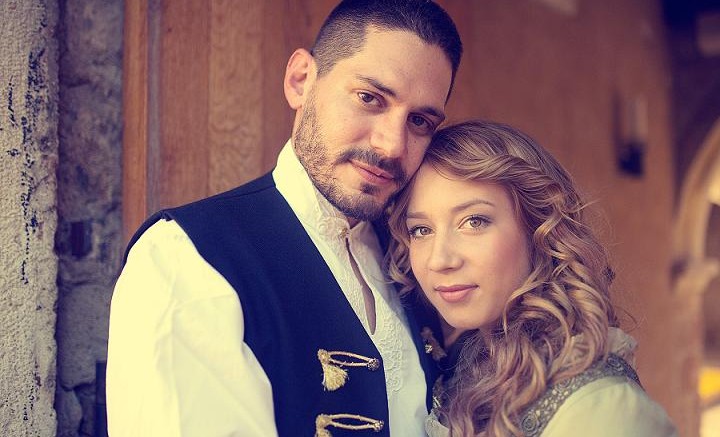
If the walls of homes and palaces in Splitsko-Dalmatinska County could talk, they would reveal many happy love stories, but also those with sad or even dramatic endings. Many legends tell tales about them. Some of them are brought to you as a gift for Valentine’s Day by storytellers of Dalmatian cultural heritage, licensed tourist guides from SDŽ involved in the Dalmatia – Storytelling Destination project.
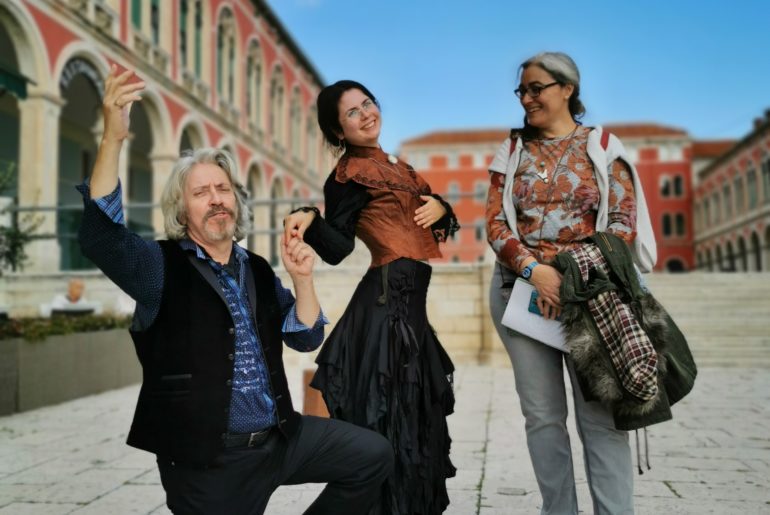
DALMATIA – STORYTELLING DESTINATION
Revival of storytelling in museums and institutions dedicated to preserving cultural heritage is a unique project in Croatia and Europe. In Dalmatia, as a storytelling destination, 14 characters of the area’s rich heritage have been revived. In addition to this project, 23 themed tours have been created. This project, intended for tourists and the local population, is focused on providing authentic experiences of cultural heritage through storytelling. These commercial guided tours will be available through the County’s storytelling platform that offers storytelling tours led by knowledgeable and certified guides wearing costumes. The project aims to preserve and publicize Dalmatian cultural heritage and create attractive 365 tourist offers in Splitsko–Dalmatinska County.

Here are 7 most touching legends and stories:
1. Castles and legends from Kaštela
In the 17th-century Kaštel Lukšić, a girl named Dobrila lived with her parents in the Vitturi Castle. And nearby, in the Rušinić Castle, a boy named Miljenko lived with his father. Their fathers, sworn enemies, opposed their love and brought a tragic ending to it. The storyteller starts telling the story near Dobrila’s castle and leads to the Church of the Assumption of Mary, where Romeo and Juliet from Kaštel were married. The tour then continues to the Rušinić Castle and St John the Baptist Church, where they were buried. The story reveals a tragic truth about Miljenko’s death, who was killed by Dobrila’s father. The tragic death of her loved one led to Dobrila losing sanity, wishing only to be buried next to her husband.
Storytelling guide: Nataša Birčić

2. A STORY OF DOBRILA VITTURI
The City Museum in Kaštela hosts this 45-minute storytelling experience that tells a tale of Dobrila and Miljenko, Romeo and Juliet from Kaštela. The guides will tell a story about happiness and tragedy with the help of a revived character of Dobrila. In addition to the love story, the visitors will have a chance to learn about the history of Kaštela.
Storytelling guides: Sandra Hrabar and Jelena Marijanović
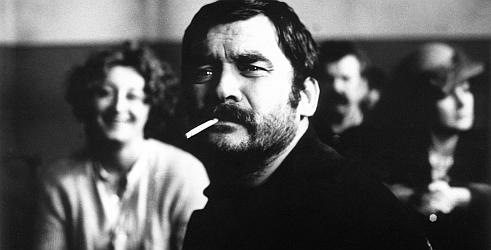
3. Roko and Cicibela
…It was like in a story. Roko, a poor fisherman and the son of a rope maker. Cicibela, a daughter of a porter, even poorer… Ahh, who hasn’t heard of a story of a couple that fell in love in Split’s Matejušica. Ivan Baranović and Boško Papić will tell a story about these poor lovers from varoš (a part of the city) with just a little bit of bread, even less fish, and a lot of love. In addition, they will show the sights of the charming Vela Varoš. The couple married in 1903 lived on a Dujkin Dvor gaeta (a traditional wooden boat) named by Roko. The legend says that they died together, embracing each other during the winter of 1936/1937.
Storytelling guides: Ivan Baranović i Boško Papić
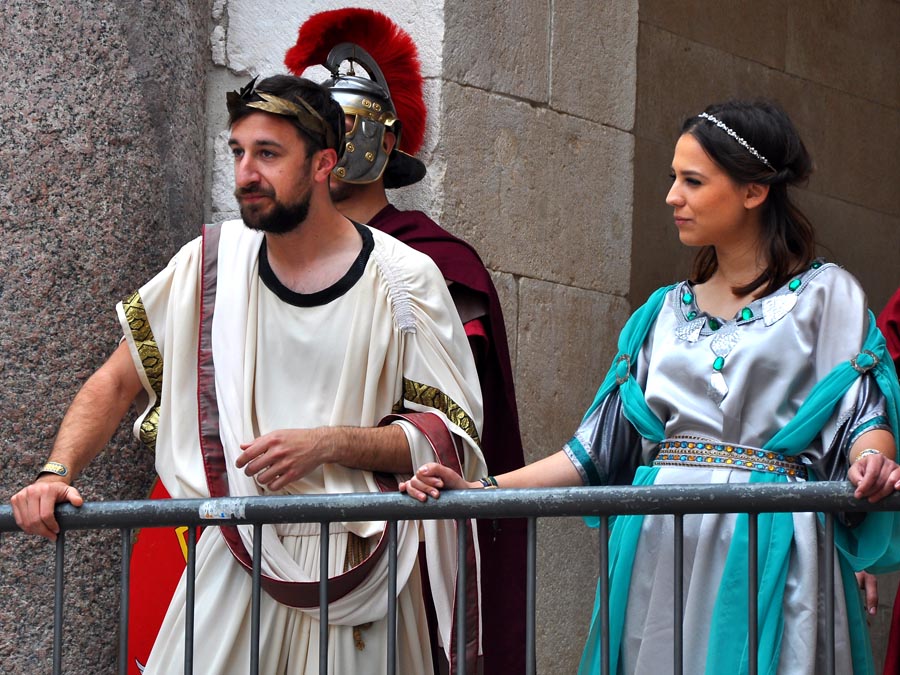
Love stories of ancient Split
4. Diocletian and Prisca
It is not easy to single out a love story from the ancient texts about love dedicated to Split. A more popular one is a story about Diocletian. According to the legend, the Emperor met his darling Prisca in the fields of Spanish broom. Maybe in Salonika, on the slopes of Kozjak, or on the mountain of Mosor. He was faithful to her and their daughter Galeria Valeria. When he abdicated in 305, he retired and withdrew to the Palace with Prisca. There, they lived peacefully until 310, growing cabbage. This is the year when his son-in-law and heir became sick. Mother Prisca rushed off to Salonika to help her daughter. In 311, Galerius died. As Galeria Valeria was a daughter of the great emperor, it was expected that the man that married her would become an emperor. But Galeria Valeria did not want to remarry, especially not for political reasons. This is why she and her mother were expelled. They found shelter in today’s Syria. But her adopted son, Candidianus, remained in Salonika (probably Galerius’ son from his first marriage). Pretender to the throne, Licinius, sent her a message telling her that if she did not return to Salonika, he would kill Candidianus. As she loved him like her own son, she decided to go back. Unfortunately, it was too late as Licinius beheaded Candidianus. Apparently, someone from the crowd spotted Galeria Valeria and Prisca and informed Licinius about their arrival. The two of them were arrested and executed.
Unable to save them, Diocletian died of sadness. According to the legend, he jumped into the sea below his Palace.
5. The love story of Adela and Mario
This story takes us back to the 16th-century Klis that was under the Turks at the time. A young and wealthy tradesman lived there. His name was Adel. A wealthy family from Split – Vornić – was buying his goods. Their youngest daughter Maria fell madly in love with Adel, who asked her to be his wife. He even promised that he would convert to persuade his family to bless their marriage. For the Vornić family, it was unacceptable for a Muslim man to join their family. So they sent Mara to a convent, where she became sick and died. This story of Adel and Mara was written by Luka Botić. Josip Hatze composed an opera to a libretto written by Branko Radic.
6. An unusual love triangle
Legends about Split also talk about mayhem, an unusual love triangle with a beautiful daughter of a sea captain in the middle. Marko Marulić, a famous Croatian poet, lawyer, judge, and Renaissance humanist, and his friend and relative Papalić fell in love with her. The young maiden could not decide between the two. So she would throw down the ladder during the night. One of them would guard underneath the window while the other would climb the ladders to the room. Each night they would take turns. And then, one night, there was a bloody confrontation. It was a break of dawn, but there was no sign of Papalić. Marulić suddenly spotted a bag at the bottom of the ladders with his friend’s head. The legend says that he took it home with him. He buried his friend and then withdrew to the island of Šolta, where he lived like a monk for the rest of his life. The young maiden was walled up in the house.
7. Forbidden love of Leon and Izolda
A 15th-century story of forbidden love from Split is about Leon, a son of the Venetian duke Quirin, and Izolda Alberti, the only daughter of Madi Alberti, a nobleman from Split. Wanting to help them, Leon’s friend, sister Katarina, lent her robe to him so that he can disguise and secretly meet his loving Izolda during a mass. When the old Albert found that out, he sent his daughter to the Benedictine convent of St Arnir. But the lovers continued seeing each other, planning to get married. However, to escape, she needed to go through the attic full of coffins hiding bodies of stillborn babies and those that died after birth. Izolda was so terrified that she stayed in the convent and died there. Leon has died in the battle of Zadar.
Storytelling guide: Sunčana Cokarić
Photo credits: Tourist Board of Kaštela, Roko and Cicibela (1978), Storytelling Dalmatia
DALMATIA - STORYTELLING DESTINATION Expounding tours to revive the chequered past of Croatian aristocracy in Dalmatia
Expounding tours of Kaštela, Solin, and Trogir
Kaštela, Solin, and Trogir are small towns in the vicinity of Split. Expounding tours within the Dalmatia Storytelling Project revive the chequered past of Dalmatia, its turbulent history, adventures of the nobility, and a beautiful love story. Kaštela was ravaged by the Turks, to which many remains of buildings bear witness, but is nowadays known for its first-class olive oil and wine. Solin has a different history: It is proud of its royal love story and boasting its beautiful basilicas. "Little Venice" proudly tells the story of a noble family who left their love in Trogir.
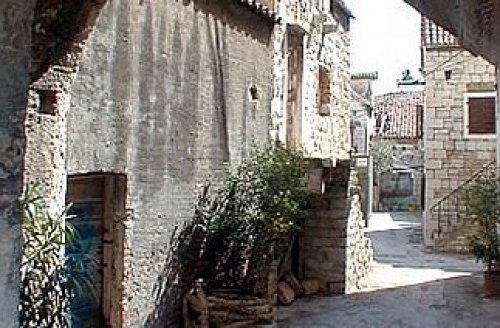
Expounding tour Roots of Dalmatia
Kaštela, a place near Split, is known for its turbulent history and its extra virgin olive oil that is genuine liquid gold, and its top wines, the most famous of which is Crljenak Kaštelanski or Zinfandel. Expounding tour Roots of Dalmatia familiarises with the way of life in Kaštela between the 5th and the 21st century, long past hallmarked by struggles, survival, and outstanding courage of local inhabitants. This region was exposed to attacks by Turkish and other invaders, as evidenced by the remains of towers, forts, and citadels.
The history of Kaštela was marked by two Croatian noble families Ćipiko and Stafileo, who built fortifications, thus defending their place in numerous defensive actions and the Venetian-Turkish wars. They were mainly landowners, merchants, and sailors who invested their funds into chapels, works of defense, and farm buildings. Peasants and farmers of Kaštela earned their livelihood by growing fruits, vegetables, and cereals and processing olives and grapes. Many former customs have vanished into oblivion, yet wine and olive oil are still part of the tradition. Taking a walk, visitors will learn about the historical development, which has made a dent in today's life of Kaštela and Dalmatia and enjoy the extra virgin olive oil.

Royal stories from Solin
With the help of the governor of Zadar, ban Pribin, the young king Mihajlo Krešimir II of the Trpimirović lineage won the civil war against his brother Miroslav and was in 949 anointed king. The following year, he cemented his alliance with the governor by providing a grant to the Zadar monastery of St Chrysogonus. There he was hit by Cupid's arrow and fell in love at first sight with a young Jelena from an aristocratic family of Madijevci.

They got married and ruled from the then royal city of Solin. They had a son Stjepan Držislav, who was to inherit his father's crown. However, King Mihajlo died in a battle while Stjepan Držislav was still a minor, so mother Jelena took over the reign as regent in her son's name. During her short reign, two churches were built on the river island in Solin - the coronation basilica of St. Mary and the burial basilica of St. Stephen. King Mihajlo was buried in the St. Stephen Church, where Jelena also found eternal rest next to him in the church vestibule - the so-called Mausoleum of Croatian Kings.
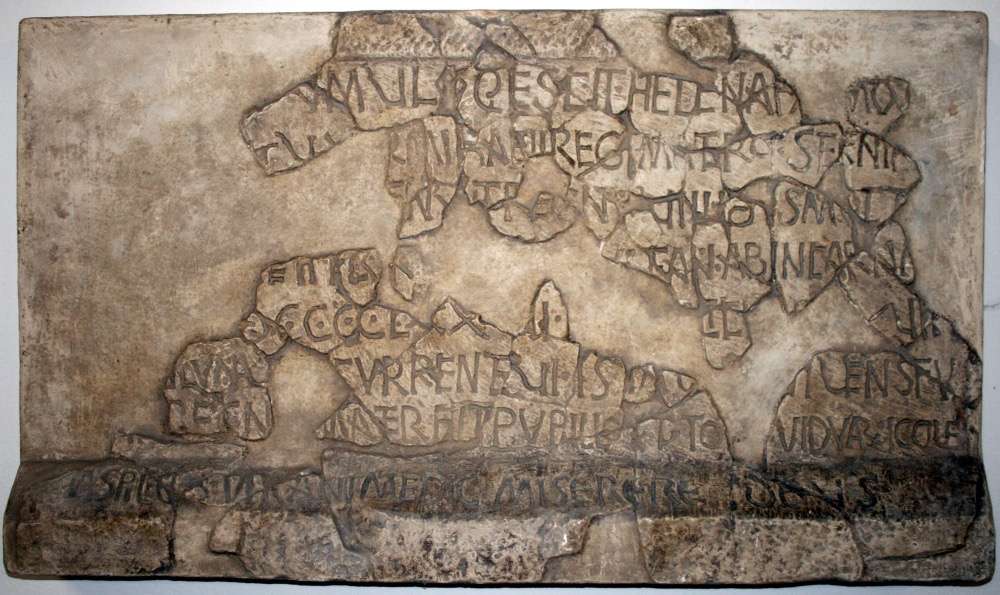
On the queen's sarcophagus, there is an epitaph testifying the genealogy of Croatian kings of the early Middle Ages: "In this grave lies the famous Jelena, wife of king Mihajlo, mother of king Stjepan. She brought peace to the kingdom..."
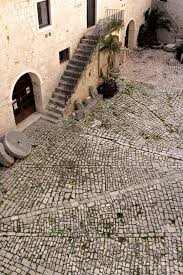
Expounding walk through the palace of the Garagnin-Fanfogna family
One of the names of the 3000 years old Trogir is "Little Venice," as it bears a remarkable resemblance to the beautiful Italian city of art. Being the most influential noble family of Trogir in the 18th and 19th century, the Garagnin–Fanfogna family originated in Venice and arrived in Trogir in the 16th century, when in the city center, a beautiful palace was built for them. In the 18th and 19th century the Garagnin family played an important role in maritime affairs, trade, and the overall economic and cultural life in Trogir and Split. Catherine (Katarina) Fanfogna-Garagnin was the last descendant of this influential noble family and the first woman in this region to keep her maiden name Garagnin and add it to her husband's name. An expounding walk takes visitors through the late Baroque palace, a venue of the Trogir noble elite, which was built in the 18th century by the Garagnini to the plans of Ignacije Macanović.
Catherine's father, Ivan Luka Garagnin, a forward-thinking erudite, was the first conservator in Dalmatia. Visitors can learn about the culture of enjoying food in the family dining room, so-called tinel. At the same time, the most impressive part of the palace is the family library, which is with more than 5,000 books, the largest in this region. It was founded by Ivan Luka Garagnin - Bishop of Rab and Archbishop of Split. It was also visited by the Austrian Emperor Franz Joseph. In addition to the valuable holding of books, it also contains all issues of the Royal Dalmatian (Kraljveski Dalmatin), which was the first newspaper in the Croatian language. After Catherine's marriage to Antun Fanfogna, the palace became Garagnin-Fanfogna. Unfortunately, the palace was devastated after the Second World War, but the family library has been preserved. Today, the palace houses the Trogir City Museum, which is indeed worth a visit

DALMATIA - STORYTELLING DESTINATION
Revival of storytelling in museums and institutions to preserving cultural heritage is a unique project in Croatia and Europe. In Dalmatia, as a storytelling destination, 14 characters of the area's rich heritage have been revived. Revival of heritage characters in museums and heritage institutions is a unique project in Croatia and Europe, reviving 14 heritage characters. In addition to this project, 23 themed tours have been created. This project, intended for tourists and the local population, is focused on providing authentic experiences of cultural heritage through storytelling. These commercial guided tours will be available through the County's storytelling platform that offers storytelling tours led by knowledgeable and certified guides wearing costumes. The project aims to preserve and publicize Dalmatian cultural heritage and create attractive 365 tourist offers in Splitsko–Dalmatinska County.
Storytellers:
Roots of Dalmatia - Ana Ivica Jakić
Royal stories from Solin – Vedrana Memiš
Expounding walk through the palace of the Garagnin-Fanfogna family – Doris Čavka
VIA BRATTIA - Embark an unforgettable experience of the touristic - hiking trail of the island of Brač!
VIA BRATTIA is a 140 kms long circular tourist trail that connects numerous setlements on the island of Brač and 12 most attractive island’s cultural and historic locations.
Besides these 12 locations, VIA BRATTIA will take you through the centers of many pitoresque Brač settlements – Supetar, Mirca, Sutivan, Bobovišća na moru, Ložišća, Bobovišća, Milna, Murvica, Bol, Sumartin, Povlja, Pučišća, Postira, Škrip and to some of the island’s most beautiful beaches and bays – Zlatni rat in Bol, Farska, Murvica, Lovrečina, Smrka, etc.
Since it is a cicrular trail, marked in both directions, you can hop on it in each of the places mentioned above, simply following the blue and white marks.
We recommend you to walk it in parts, spending the nights in the towns through which the trail goes. There you can refill your water and food supplies.
Please have in mind that camping outside of designated camping areas and open fire are both strictly forbidden in Croatia. In case of any emergency please call 112.
https://supetar.hr/via-brattia/

STAMPS
There is a stamp placed at visible spot on every of 12 locations. Put a stamp on an indicated spot on the back page of this map. Have a liquid for a stamp with you. The spot for a stamp is marked with the number of the location on the map.
Once you visit all the locations and place all the stamps on the indicated spots, you will create the photo of St. George, protector of our island killing the dragon which stands as Brač island’s coat of arms. We recommend you to frame it and have it as a souvenir from this journey and a reminder of this, hopefully, extraordinary experince.

ABOUT LOCATIONS WITH THE STAMPS
1 - Hermitage Blaca Museum
The hermitage (monastery) was founded in the 16th century by the Glagolitic priests who come to Brač fleeding from Poljica before the Turks. Blaca can be reached from many directions, but always exclusively by foot. Blaca are really an exceptional monument of human work, with great historical, economic, artistic and scientific content. Hermitage Blaca is an outstanding natural and cultural phenomenon, a wonderful oasis of peace and memories of days gone by. Instructions for visitors: To get to the museum one has to walk on a steep 2.5- km-long goat path; Sportswear and sport footwear are strongly recommended. Since there are currently no food or beverages available to purchase at the museum, it is recommended that visitors bring their own water or refreshing drink.

2 - Dragon’s Cave
Dragon’s cave is a monument to the hermit-like monastic life of the Glagolitic priests from the 15th century. It is situated 200 m above the village Murvice, in the heart of Vidova Gora (mountain). Throughout the centuries it has served as the residence and sanctuary of Poljica Glagolitic priests fleeing before the Turkish invasion to continue their monastic life in the caves. The cave contains the petrified history of a persecuted nation which had reconciled its ancient pagan faith with a Christian concept of the world. It is therefore in this cave that ancient Slavic myths of werewolves, fairies, incubi and witches with Bosnian kings and scenes from the apocalypse.

3 - Dominican Monastery In Bol
It was founded in 1475 in a location chosen for the Dominicans by the inhabitants of Bol, and confirmed by the Brač Duke Zacharia. The spiritual and cultural influence of the monastery was felt for centuries, not only in Bol but also the wider region. Aside from the museum in the monastery there is also a library with rare books and manuscripts. In the monastery church there is a coffered ceiling with a picture of Apotheosis of St. Dominic, the work of the local artist Tripo Kokolje from the 17th century, while on the main altar there is an altarpiece of the “Mother of God with the saints” from the workshop of Jacob Tintoretto.

th the saints” from the workshop of Jacob Tintoretto.
4 - Podsmrčevik
Podsmrčevik is one of five hamlets settled in the inner part of the island, northwest of Selca. Today they are almost abandoned because their people settled in nearby settlements.
The oldest parts of this hamlet are characterized by small stone houses covered in stone slabs, using the dry-wall technique or built from hewn stone blocks, with enclosed gardens and stables. These dwelings show us how people used to live in these areas and are real monuments of Brač rural architecture.
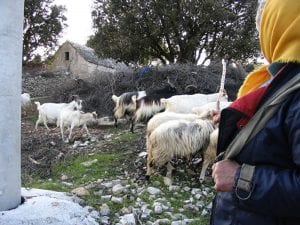
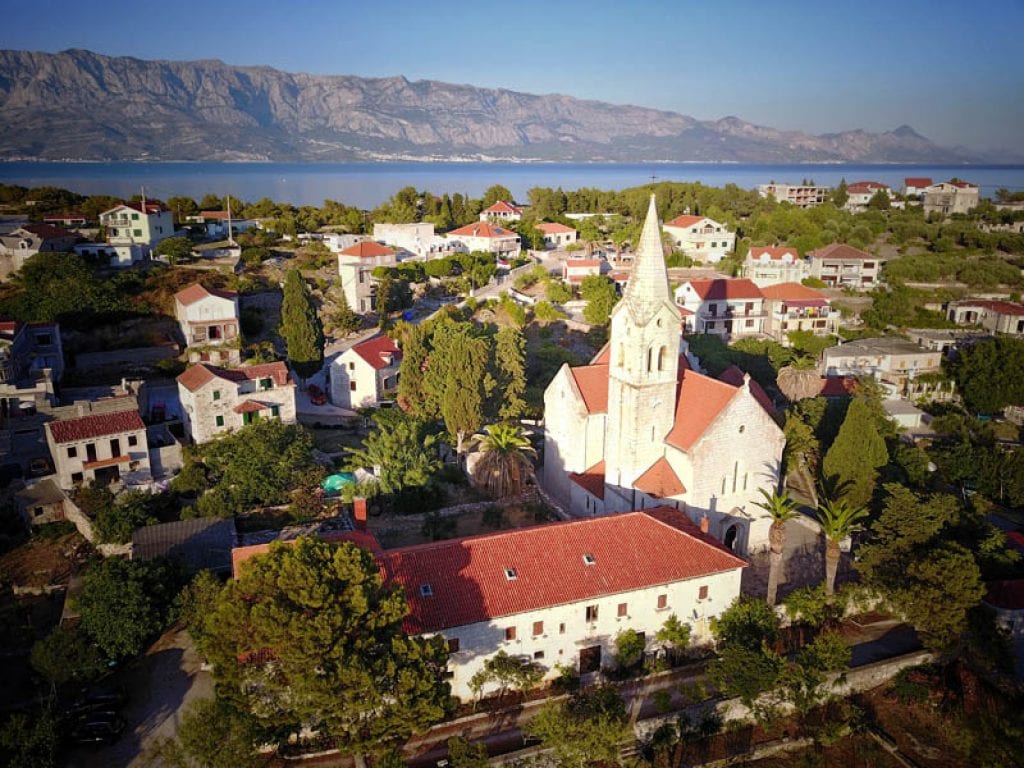
5 - Franciscan Monastery And The Parish Church Of St. Martin In Sumartin
Fleeing the Turks Franciscan monks came with the settlers and founded Sumartin in the middle of the 17th century. The monastery is synonymous with the legendary poet and Franciscan monk Andrija Kačić-Miošić and today holds a private museum with valuable collection of artifacts. Next to the parish church also look for the footprint commemorating the “Footsteps of St. Martin de Tours”.
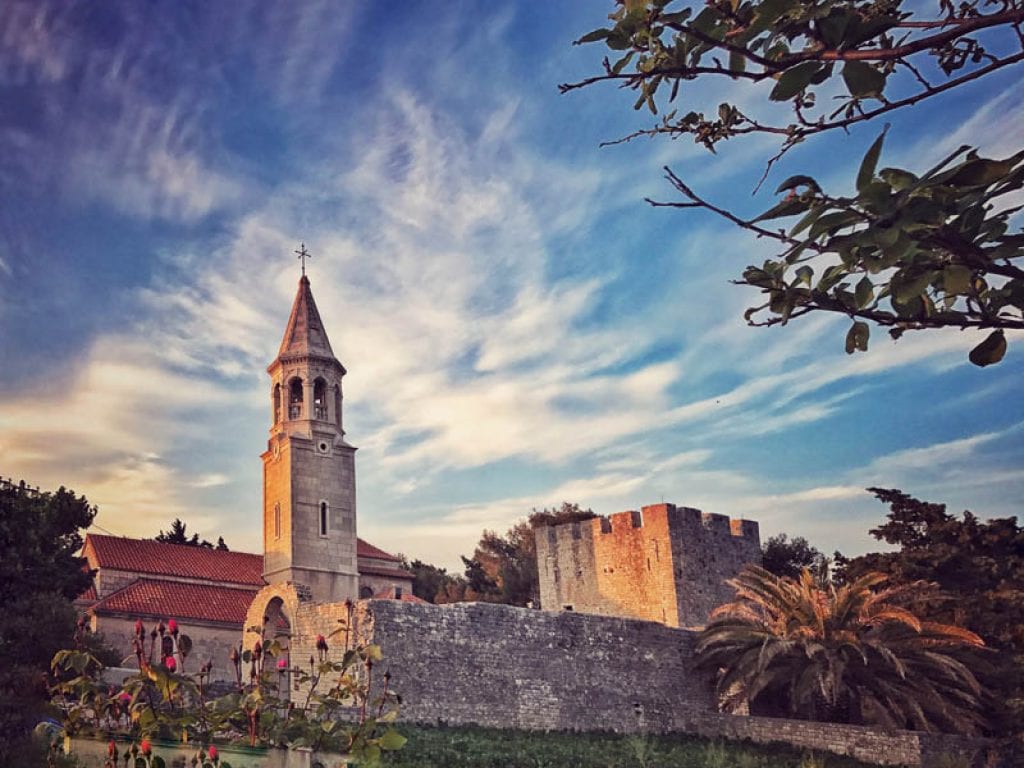
6 - Early Christian Basilica In Povlja
Many visitors come to Povlja to see the early Christian basilica on the grounds of the parish church. The remains of the Early Christian basilica date back from 5th and 6th centuries.
Many parts of this triple – naved basilica can be seen in their entirety, also as an area of the former baptistery. Povaljski prag and Povaljska listina, of great importance to Croatian history, also originated here.
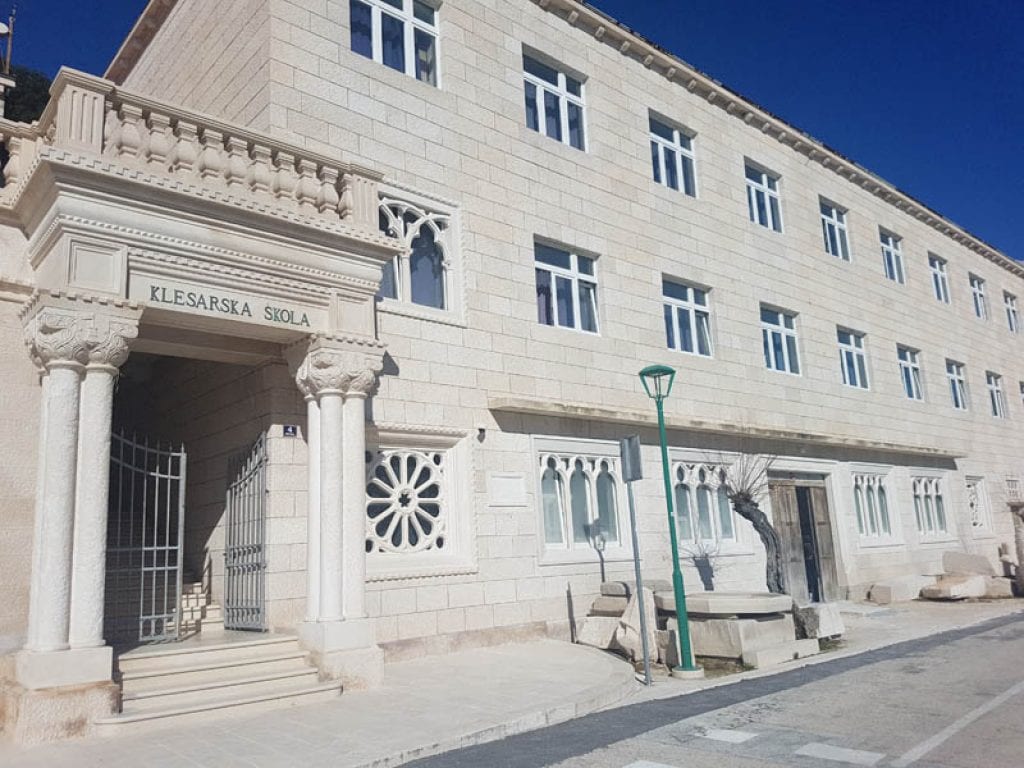
7 - The Stonemason school in Pučišća
The Stonemason school began with its work in the remote 1909. This is the only school in the Republic of Croatia that educates the stone masons. Its work is based on the ancient Roman stone processing technology using hand crafted tools. It is recognized throughout the world and is being visited by innumerous visitors each year. The skill of hand stone processing using the old Roman tools nourished in the Stonemason school is protected by non-material cultural heritage of the Republic of Croatia.
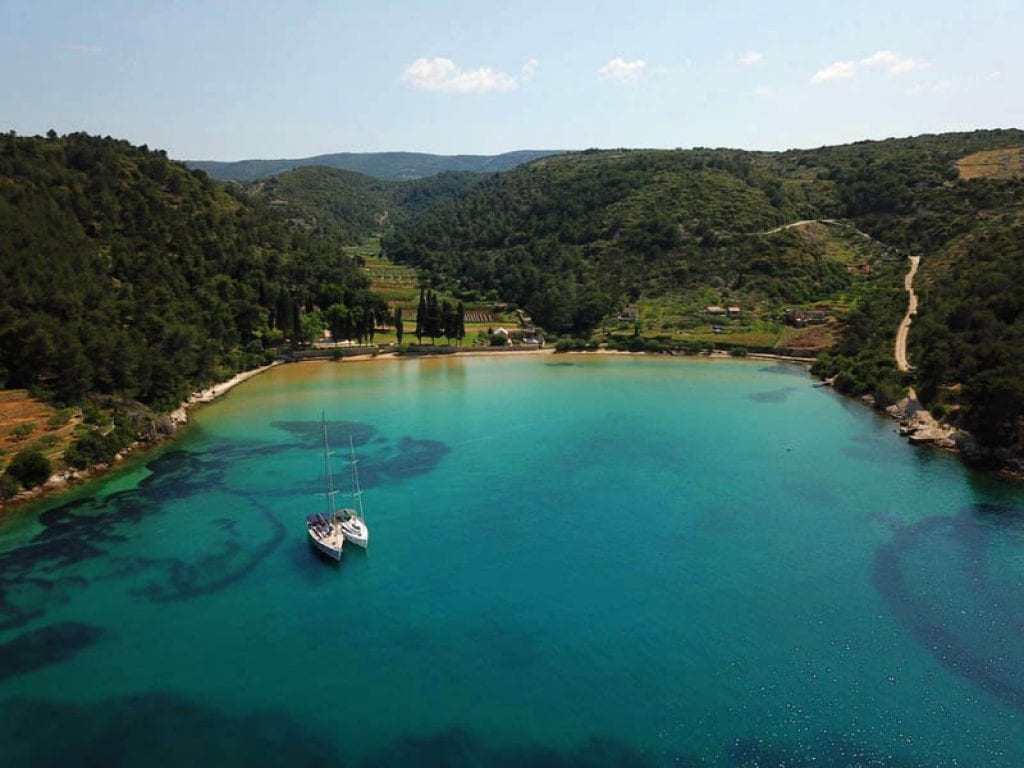
8 – Lovrečina And The Basilica Of St. Lawrence
The Roman farm was built in Lovrečina bay, close to a water source and a fertile field. In the 5th century a Benedictine monastery was founded in the border area with the church dedicated to St. Lawrence, whose name has been preserved in the name of the bay. Lovrečina is the biggest sandy bay on the island Brač.

9 - Late Antique Villa On Mirje Near Postira
Mirje is situated among the two important centers on the Adriatic part of the province: Diocletian’s palace in Split and imperial quarries near Škrip, from which architectural stone for building the monumental palace was cut.
Numerous fragments of stone furniture confirmed the existence of a sacral building from the 6th century. The analysis of the discovered walls suggests that the complex was not built for the convent’s community, but that was in fact a later adaptation of the late antique villa with thermal complex.
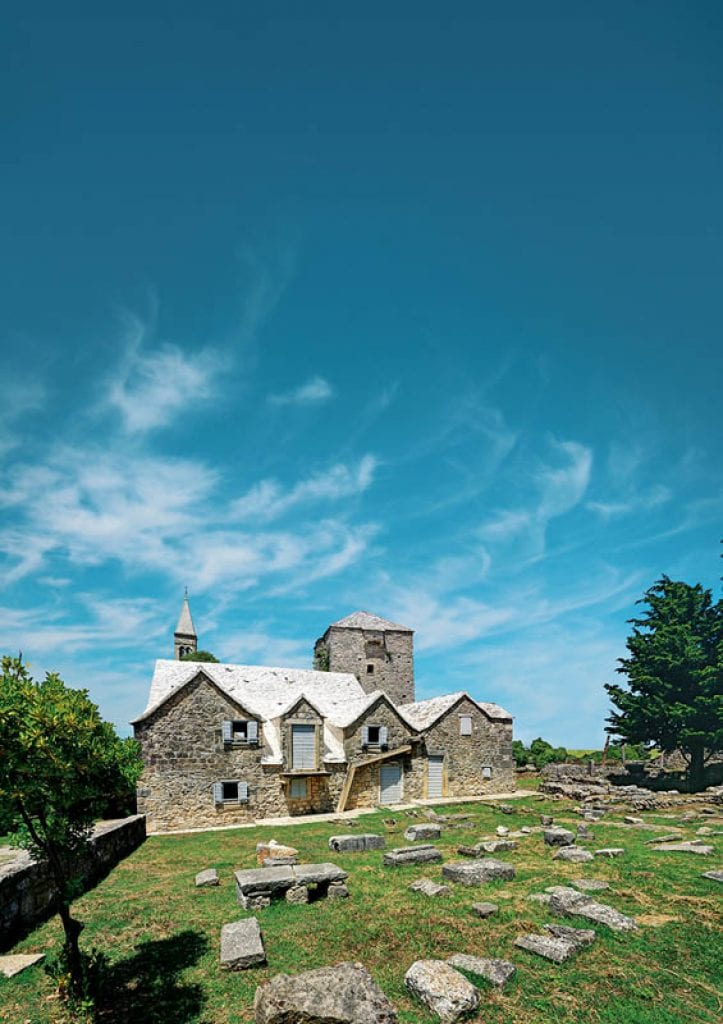
10 – The Island Of Brač Museum In Škrip
The Island of Brač Museum, situated in Radojković Tower from the 16th century, is one of the Croatian most visited museums, annually visited by more than 15 000 people. Its foundations date back 1500 years A.C. In the lower floor of the Museum, there is a Roman Mausoleum where, according to the legend, rest Valerija and Priska – wife and daughter of the Roman emperor Diocletian. The Island of Brač Museum in Škrip is the place not to be missed when visiting Brač.
11 – St. Spiridon’s Church
Uniquely shaped small chapel at the crossroad of ancient roads from Sutivan to Mirca and former parish Donji Humac (16th century). Not far from the church there is a speleological location (pit), the only one in Sutivan area.


12 - Church of St.Martin
We don’t know exact time construction of the church of St.Martin, but shows early Romanesque style characteristics. On the facade of her annexed bell tower in the late 15th century. Simply stone facade on top of a brick distaff with a triangular pediment from the 14th century church is vaulted barrel vault without a flange, and the walls were broken down broad shallow niches. Above the altar is a Renaissance stone relief, workshop Firentinac, depicting St. Martin and the beggar on horseback.
More:
https://supetar.hr/via-brattia/
DALMATIA - STORYTELLING DESTINATION Split-Dalmatia County begins unique project of breathing life back into its rich heritage
There are many authentic stories to be told in beautiful Split-Dalmatia County, a treasure that is ready for every new visitor to this area.
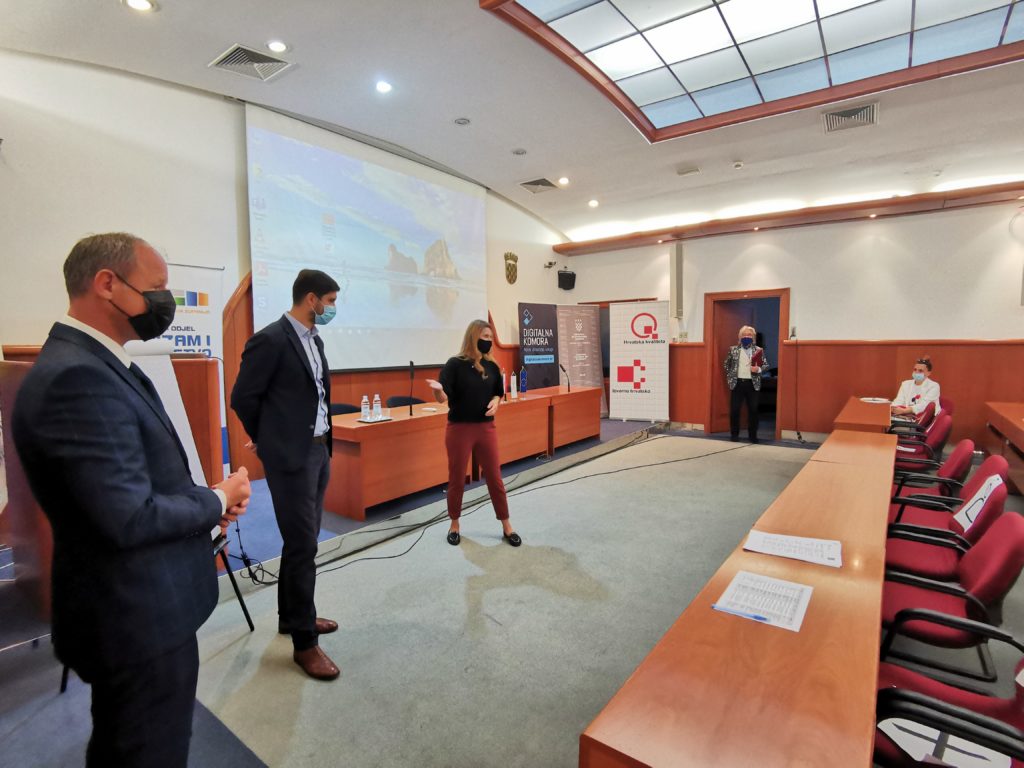
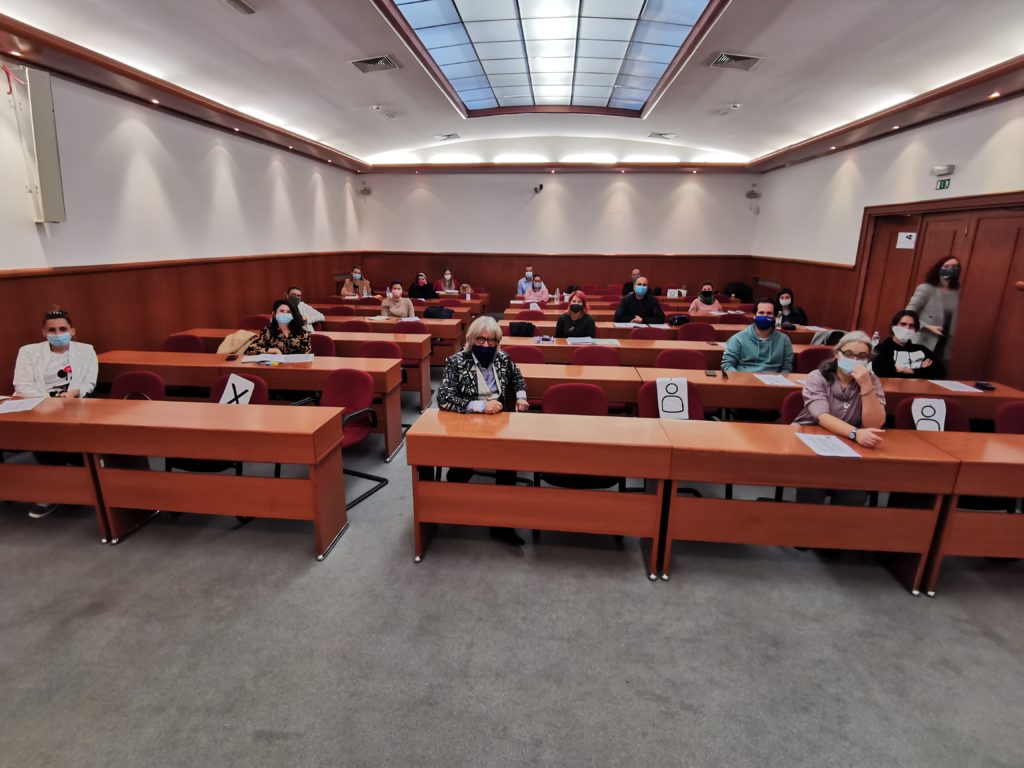
Guided by this unique idea, Split-Dalmatia County and the museums operating within this area have begun with an attractive project which involves reviving the characters of the area’s rich heritage. Through educated and certified guides wearing costumes, as well as educators, the idea brings forth an interesting way of presentation and a certain novelty in the tourist offer.

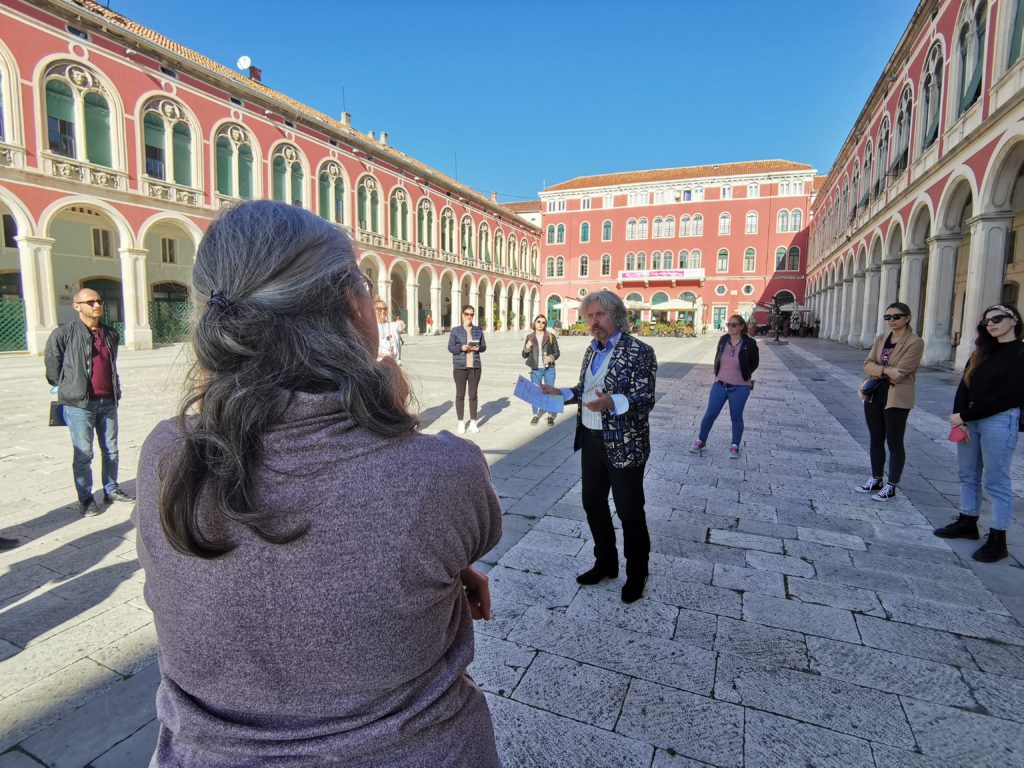
The project was initiated by the County Steering Committee for Tourism and Maritime Affairs, which realised an interesting tourist platform with the idea of Dalmatia as a storytelling destination. Its goal is to revive the characters from the county linked to its heritage, and create a creative 365 tourist offer within the museum and in other such significant sites.


The implementation of this new tourist acquisition was preceded by training for numerous museum staff and tourist guides. During that very training, they learned how to present some of these so-called ‘’heritage characters’’, localities or events through storytelling announcements, providing guests with new knowledge, and also allowing them to get to know the county in some other kind of way.

Storytelling in the museums of Dalmatia, as a storytelling destination, is a unique project in the Republic of Croatia, but also at the European Union (EU) level. It started with education sessions held from the 9th to the 13th of November, 2020. in the premises of the Croatian Chamber of Commerce in Split, and it was then realised through the joint cooperation of Split-Dalmatia County and the Let’s Interpret Croatia Association.
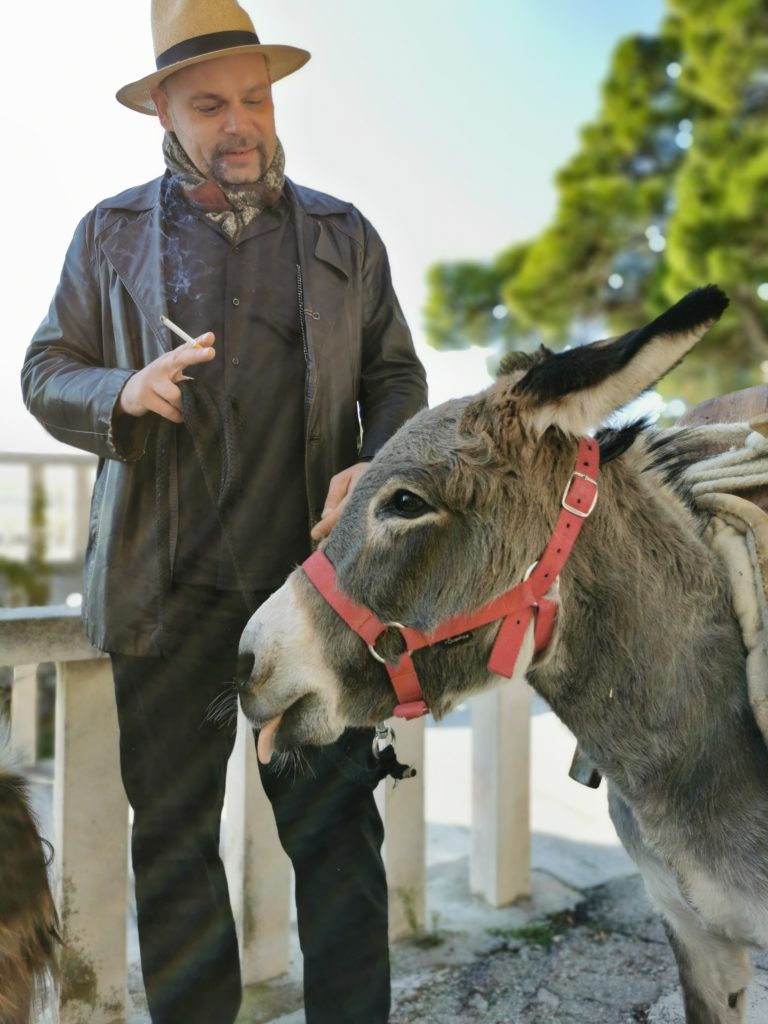
Cilj joj je kroz edukacije prenijeti znanja i vještine prezentacije i interpretacije baštine, korištenjem storytelling metode sukladno Interpret Europe certifikatu.
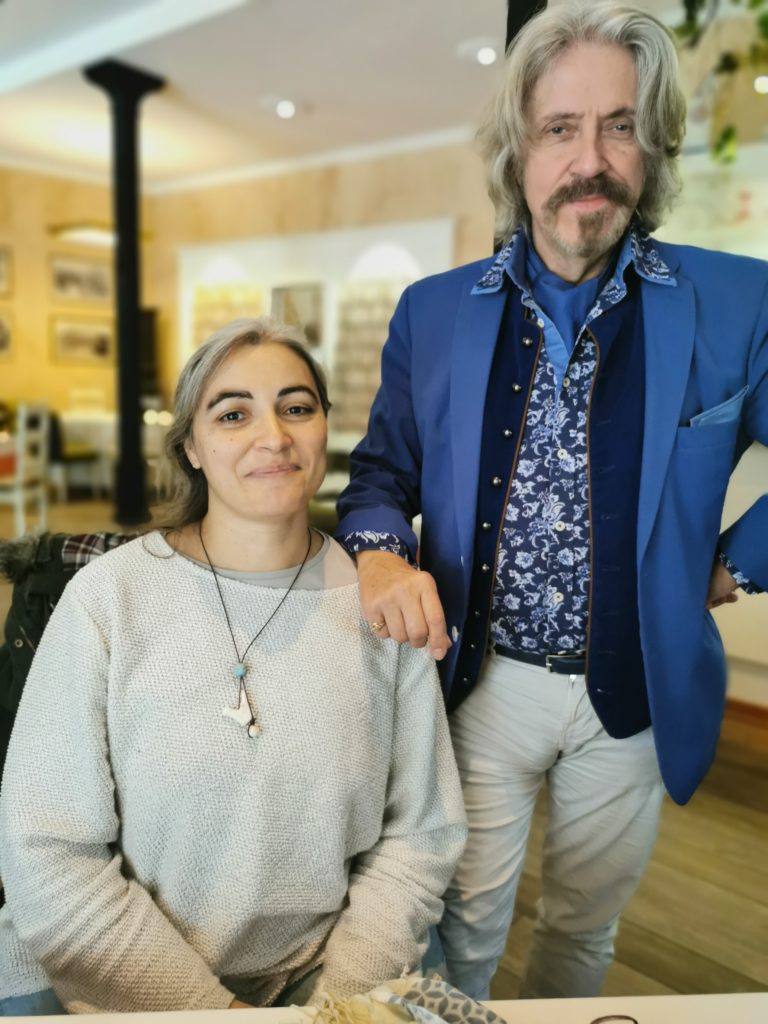
The aforementioned association is committed to encouraging excellence and efficiency in the interpretation of Croatian natural and cultural heritage, as well as raising awareness of its importance for the development of the country’s various local communities.
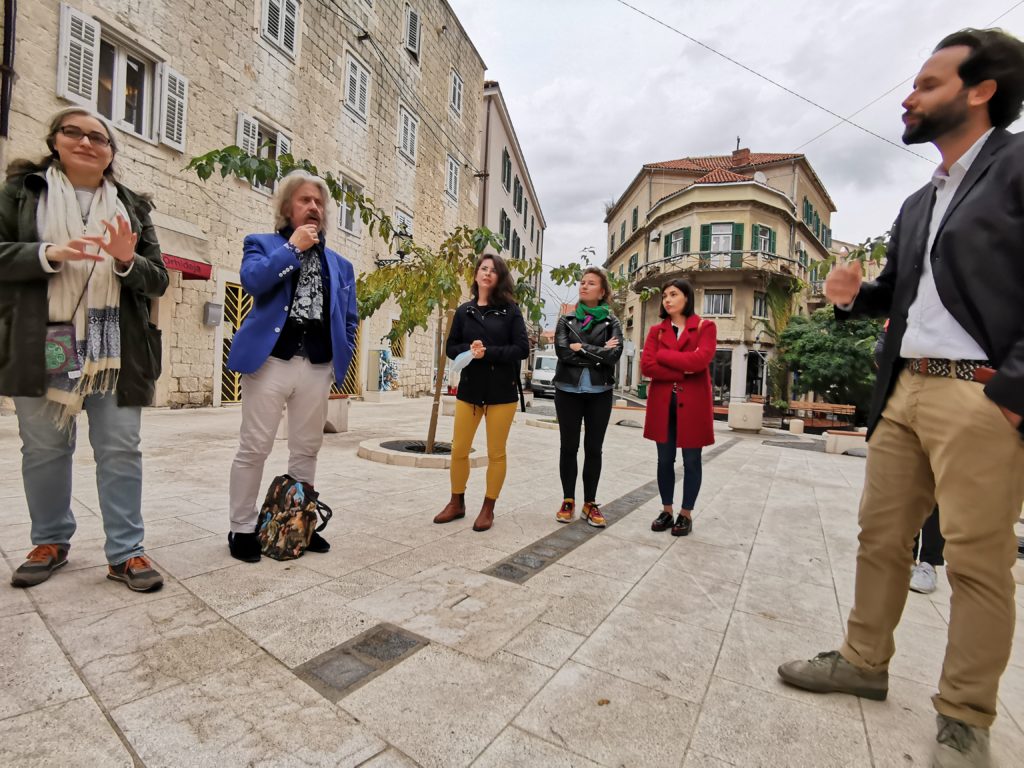
Its primary goal is to transfer knowledge and skills of the very presentation and interpretation of heritage through education, using the storytelling method in accordance with the Interpret Europe certificate.
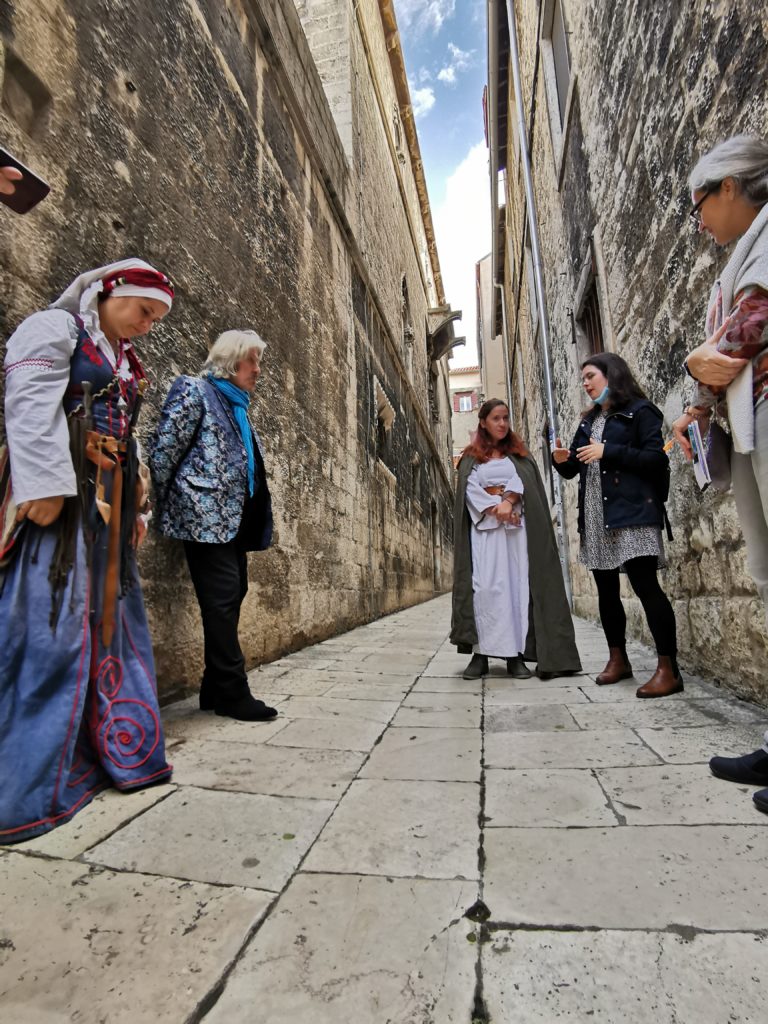
The training session was led by experienced lecturers Mark Wallis from the United Kingdom and Valya Stergioti from Greece, the most important members of ‘’staff’’ when it comes to costumed interpretation of heritage in all of Europe.
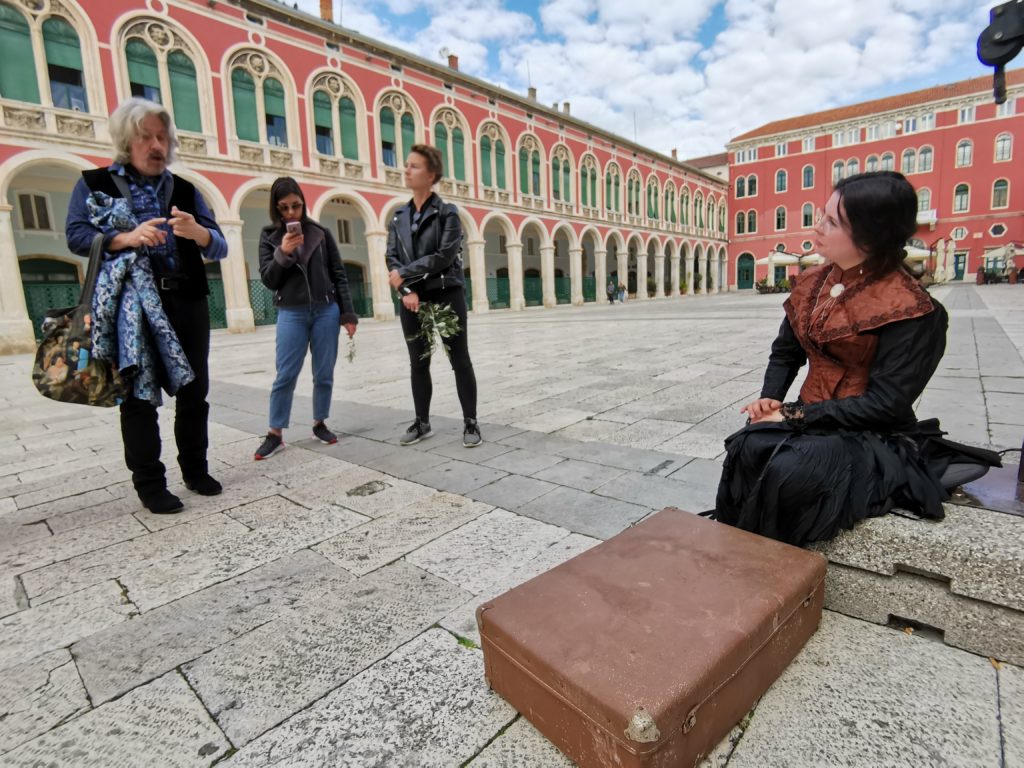
Their task was to acquaint already experienced guides and museum staff with this brand new way of using Split-Dalmatia’s highly unique resources. In this way, every visitor is offered a unique souvenir from this area, new knowledge, as well as a sense of really getting to know the destination in which they stayed.
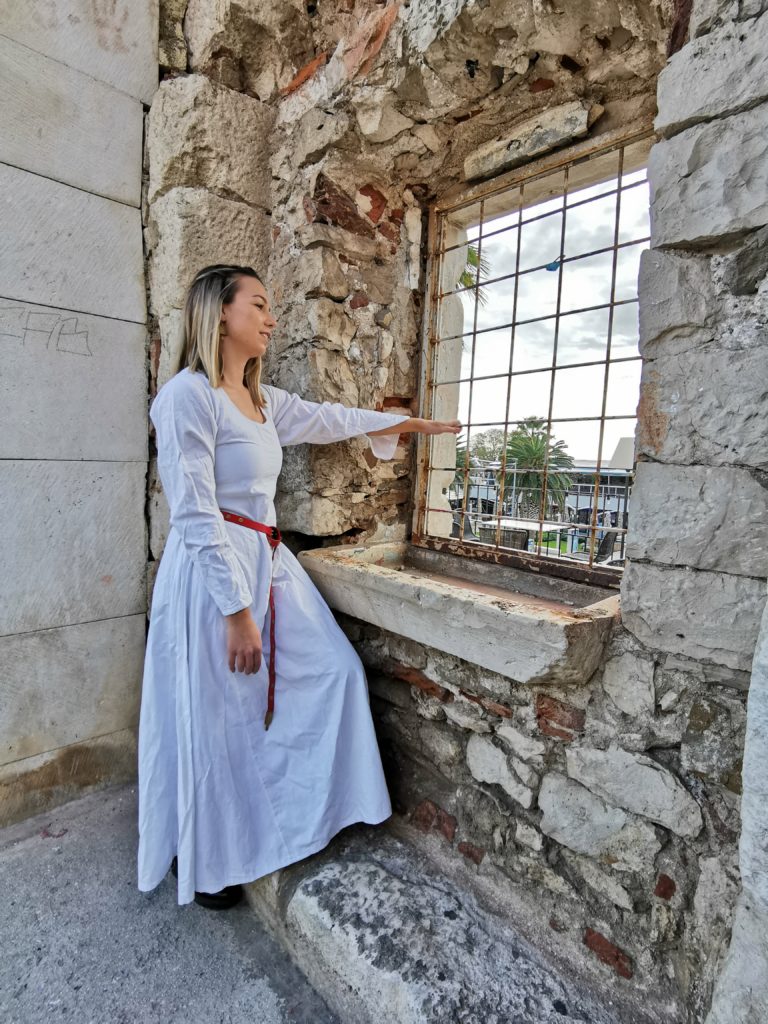
‘’The intention was to introduce Split-Dalmatia’s tourist staff to the presentation of heritage in a costumed performance, that is, through the story of a person, detail, history… Thus, we provide an unforgettable experience for every visitor. In Britain, it is an extremely popular platform and is a favourite among our guests. On my first visit to Split, I couldn’t help but notice how the whole city resembles a fantastic set for a TV or movie plot. The city is beautiful, unique, special, and boasts an enormous amount of content, perfect backdrops for a costumed heritage presentation,’’ said Mark Wallis, the director of Past Pleasures, Ltd. the oldest company involved in costumed interpretation and the staging of historical events in Britain.
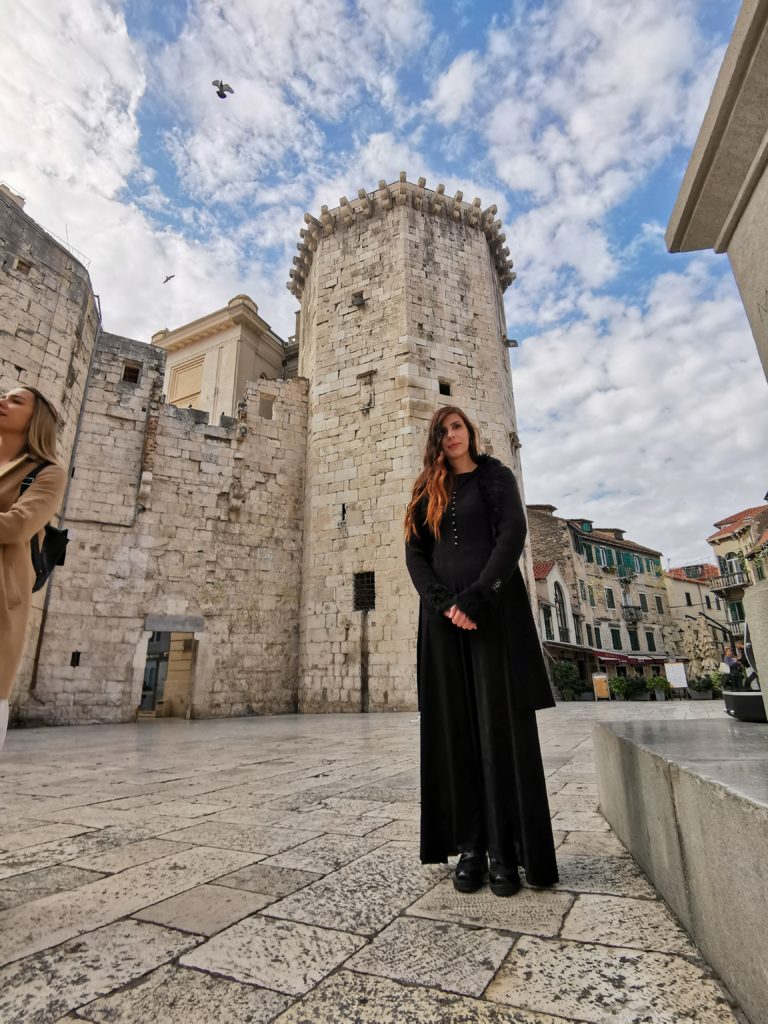
The training was attended by fourteen heritage institutions from Split-Dalmatia County, as well as professional museum staff, museum associates and licensed tourist guides.
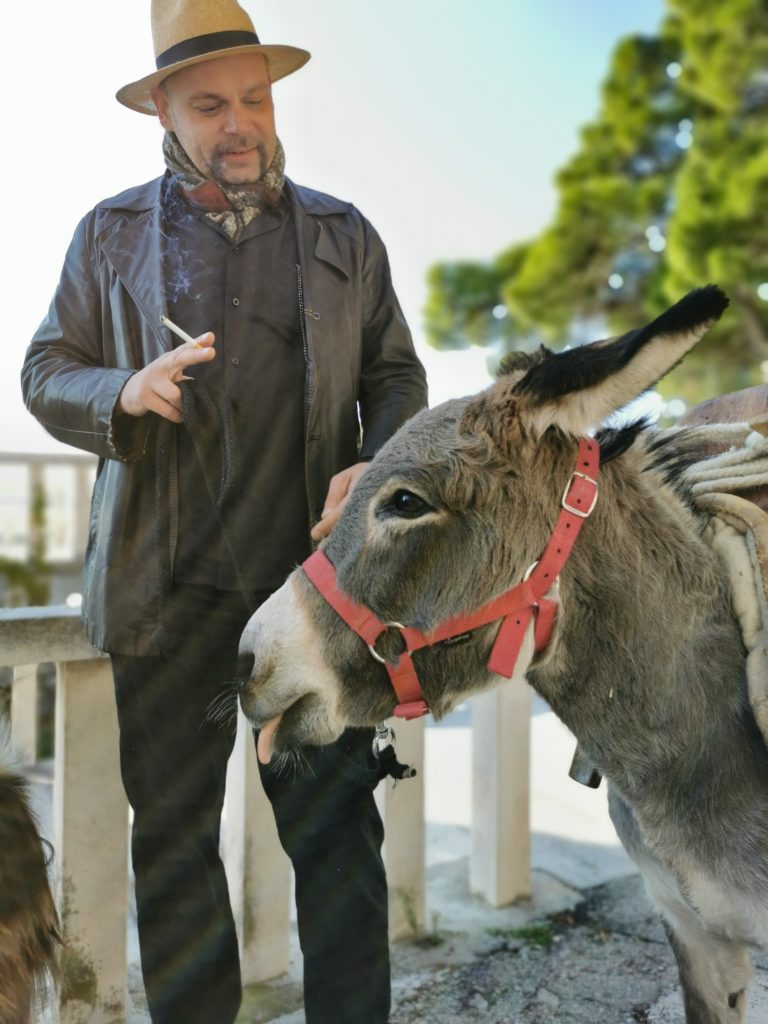
With this new approach to heritage presentation, they will become costumed first-person performers for: the Kastela City Museum, the Poljica Museum, the Trogir City Museum, the Trilj Region Museum, the Split City Museum, the Ivan Mestrovic Museums, the Split Archaeological Museum, the Croatian Maritime Museum Split, the Natural History Museum and the Zoological Garden, the Museum of Croatian Archaeological Monuments, JU Starogradsko polje, the Klis Fortress, Ritam igre and the Sinj Tourist Board.
The revival of ‘’heritage characters’’ in the area’s museums, as well as that same revival of heritage institutions at the county level is a unique project that enables experiences through unforgettable, authentic, emotional stories which are first and foremost - Croatian stories.
This project aims to preserve and present Dalmatian cultural heritage, but also to contribute to the year-round tourism offer of Split-Dalmatia County.
Ana Rucner - Somewhere between the the sea and the stars
|
World-famous cellist Ana Rucner was more active than she is usually is this past summer. In addition to a series of successful concerts that she held along the entire Adriatic coast, she was engaged as an ambassador of the Foundation "Island of Brač - somewhere between the sea and the stars", and the turning point was a concert held in Bol.Svjetski poznata violončelistica Ana Rucner, ovog je ljeta bila aktivnija nego inače. Pored niza uspješnih koncerata koje je održala duž čitave jadranske obale, angažirala se kao ambasador Zaklade „Otok Brač – negdje između mora i zvijezda“, a prekretnica je bio koncert u Bolu. |

”On the day of the concert, the director of the Tourist Board of the Municipality of Bol, Markito Marinkovic, organised a promotional photo shoot at several typical Bol locations and introduced me to a fantastic photographer. It soon turned out that Robert Barilla was not only a photographer, but also volunteered for years as the director of the Foundation for Research and Preservation of the Heritage of the Island of Brač and is also the author of the monograph of the same name. I was among the first to see a trial copy of this "Brač Bible" and it is clear to me why its release is awaited with the same anticipation by ordinary people as by those in academic circles,’’ said Ana.
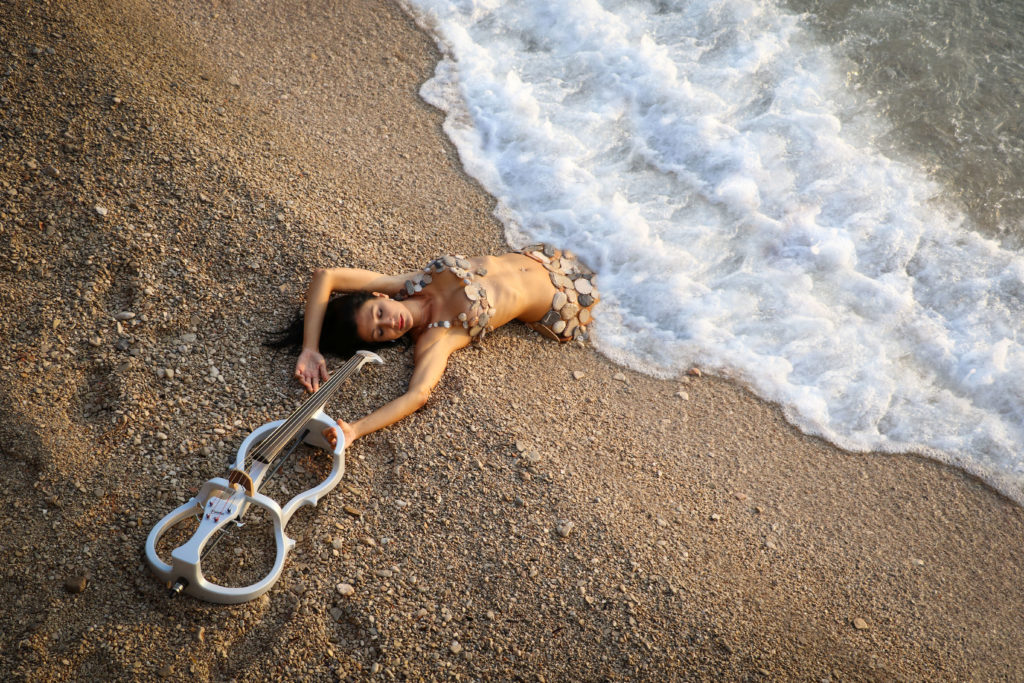
Pure love for the island of Brač is hidden among the 1,360 pages of this book, which is equipped with over 3,000 photographs, maps, documents and illustrations, imported in luxury leather binding, and is scheduled to be published early next year.
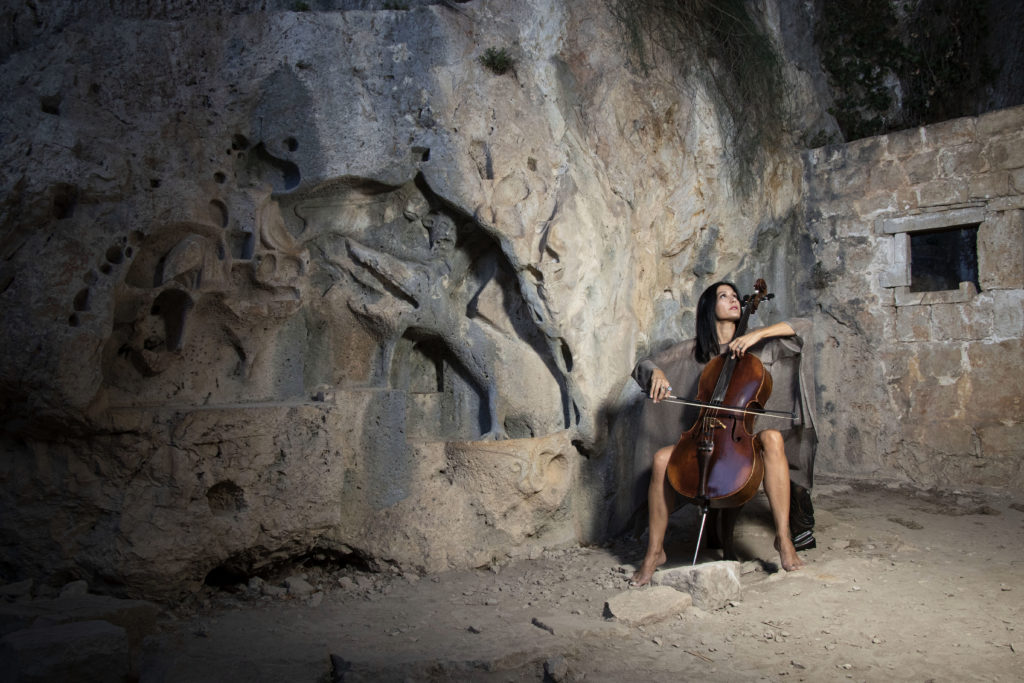
The whole Rucner family has houses on the island of Brač and they spend their summers in Povlja every year, so Ana has been connected to Brač since her back in the days of her very earliest childhood, and during her studies she held a concert tour throughout the island.
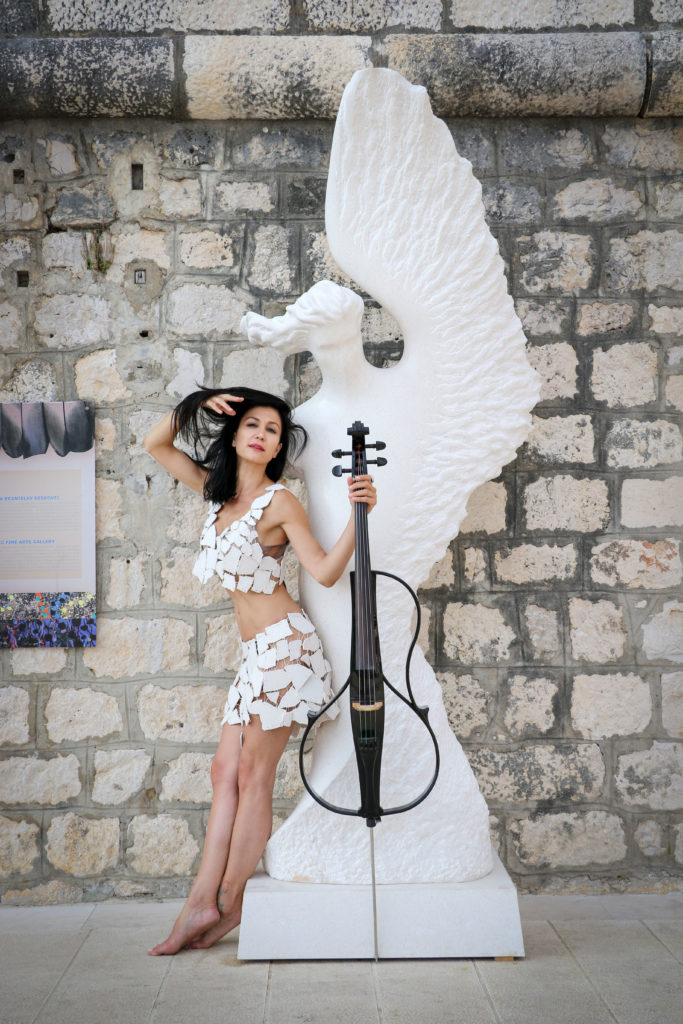
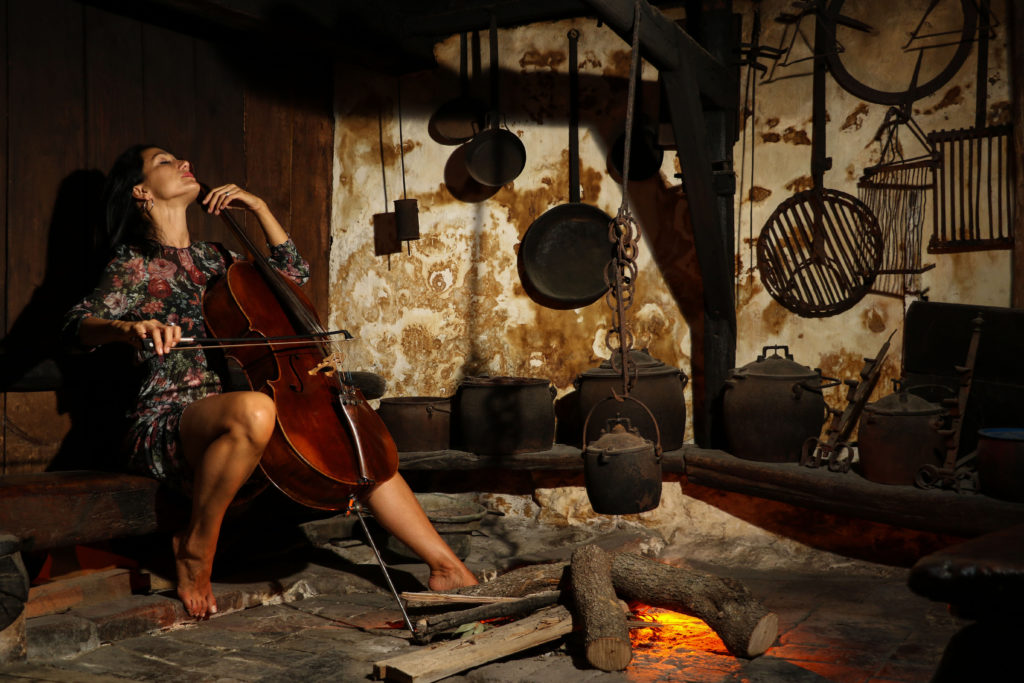
This great musician who erases all borders with her music, is one of the best representatives of Croatia in the world.


Her latest album is called "Croatian heritage", and her own love for Croatian heritage was probably crucial for accepting the title and role of ‘’ambassador’’.
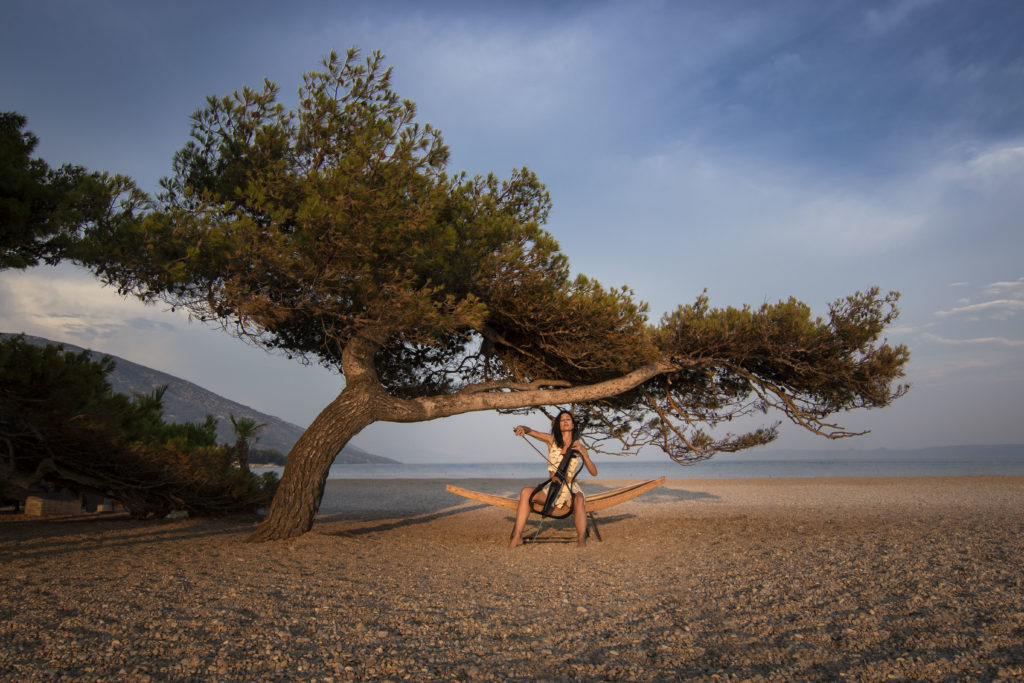
"On my next arrival to Brač, when we filmed a double for the monograph in the mysterious Dragon's Cave, this acquaintance quickly grew into a friendship, and from mutual gatherings and great synergy, the role of an ‘’ambassador’’ was born. Somehow it happened by itself. There are few people who care about their heritage with so much love, energy and knowledge and I’m proud to be a part of this story. That’s why I listened to my heart and gave the Foundation my white cello decorated with Swarovski crystals. I’m happy to have been given the opportunity to give a part of myself to an island that has become a part of me. Let it stay on Brač as a sign of support for these fantastic people and as a memory of a wonderful collaboration. ”
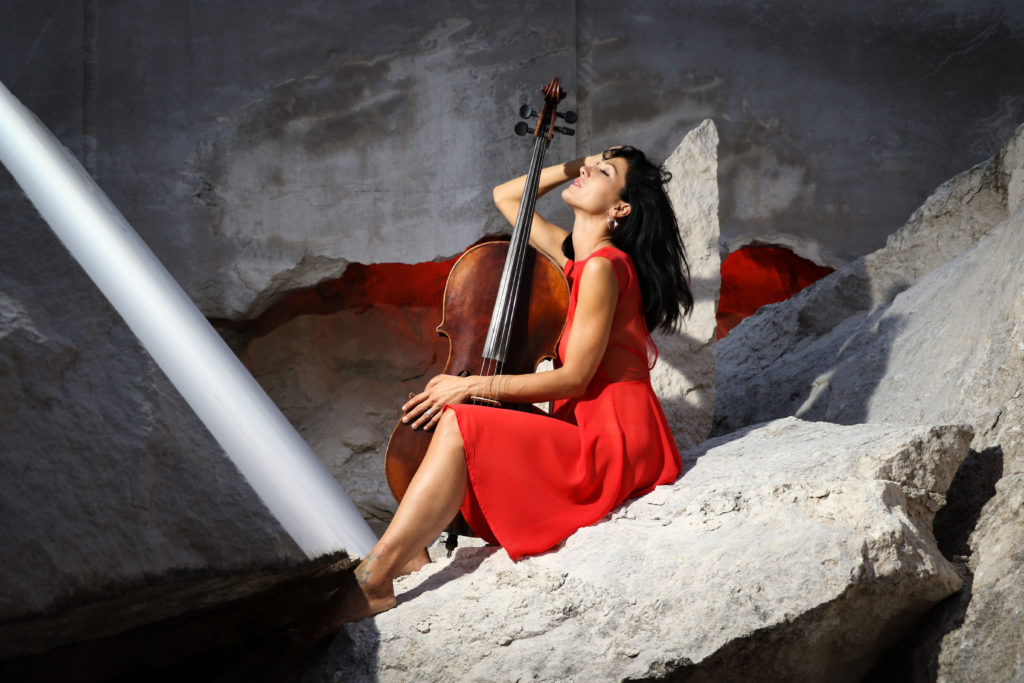
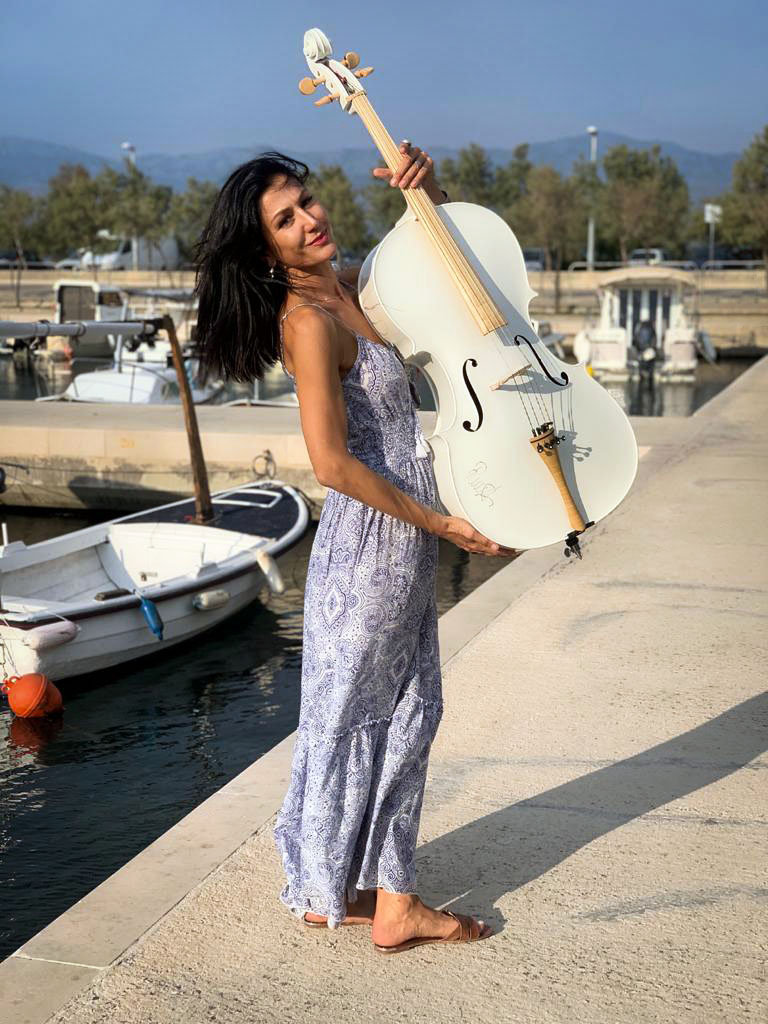
During the month of September, a report on the Brač stone was filmed for the German television Arte TV, and Ana Rucner used every free moment to play and take photos in attractive island locations.
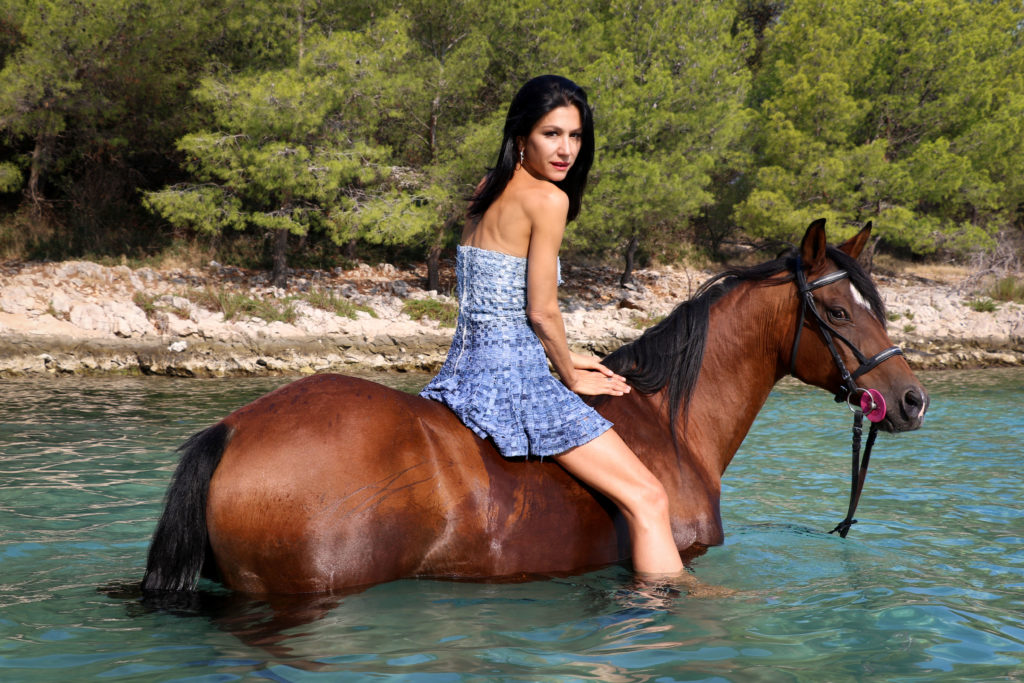
”I enjoyed every second of wandering around Brač with my cello. Playing in the Blaca Hermitage, the quarries, the Basilica of St. Lovre, under the starry sky of Lovrećina beach, as well as going in the sea with a horse, were special experiences. Although these were performances in front of only a few friends, I had the feeling that I was playing in crowded concert halls. I wore jewellery and fashion creations made by Brač designer Ida Stipčić Jakšić, a dress made of stone and dresses made of sea pebbles and jeans.
I’d like to give a special thank you to Mr. Markito Marinković for the household, young designer Anja Bolčević for the creation for the Dragon's Cave, our guide Zoran Kojdić for the historical stories, Kristijan Mutarello for the chair with the motifs of the Dragon's Cave and Bruno Miličko, a several-time Croatian champion in the super extreme class, who, with his Pinzgauer took us over some of the most demanding terrain. The first photo was taken next to the sculpture of an Angel with one wing by the academic sculptor Lovro Jakšić, and in response to the question "where is the other wing", the last photo was taken in a quarry where I have a stone wing. This completes my story from Brač this year.
The experience of the island from a completely different angle and the view from the perspective of a man who knows it very well, have completely changed my previous image of this, the largest Dalmatian island. I can't wait for my first free moment, when I will have the opportunity to get off the ferry in Supetar. Now I know that I am not coming to Brač, but entering a magical interspace that is somewhere between the sea and the stars,’’ Ana told us with enthusiasm.
Photo: Robert Barilla
Beach bar and restaurant Mina - An explosion of tastes and pleasure in the Jelsa way!
As soon as we cast our eyes on the name of this sophisticated gastro point, we noticed that Mina was bursting full of charm. If, like us, you are a gastronomist who sticks firmly to their guns when it comes to their palate, this is exactly the feeling that will overwhelm you when visiting this gorgeous in beautiful Jelsa!
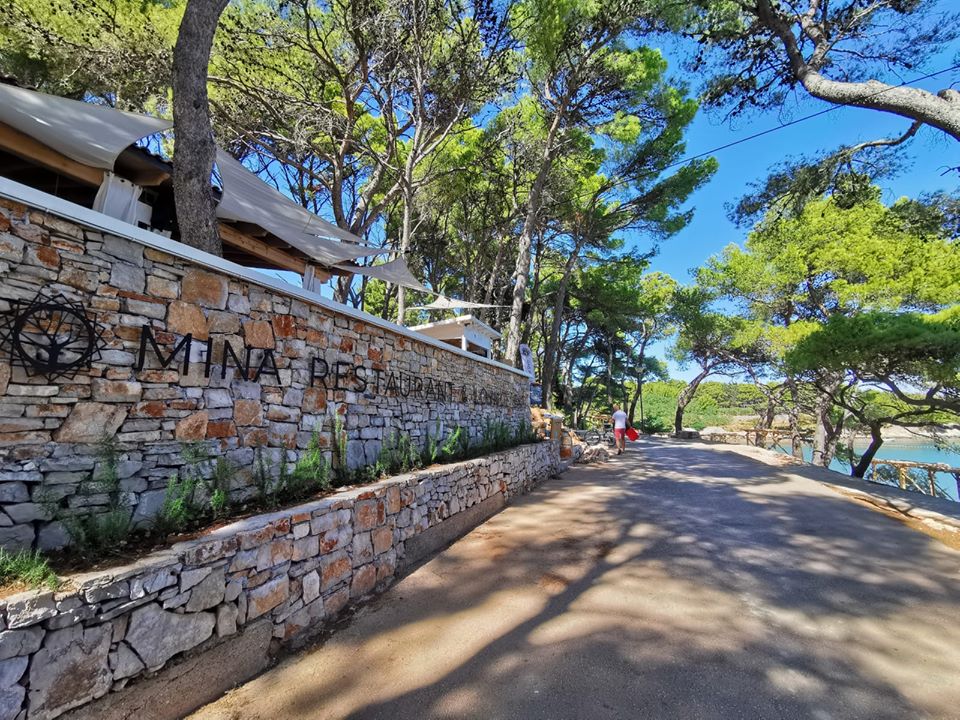
The visual identity of Mina itself just screams relaxation and enjoyment - the spacious interior enriched with natural materials such as stone and wood, and fabrics in soft beige shades, is carefully designed to blend this attractive lounge bar as unobtrusively as possible with an environment that is, in one word - beautiful!
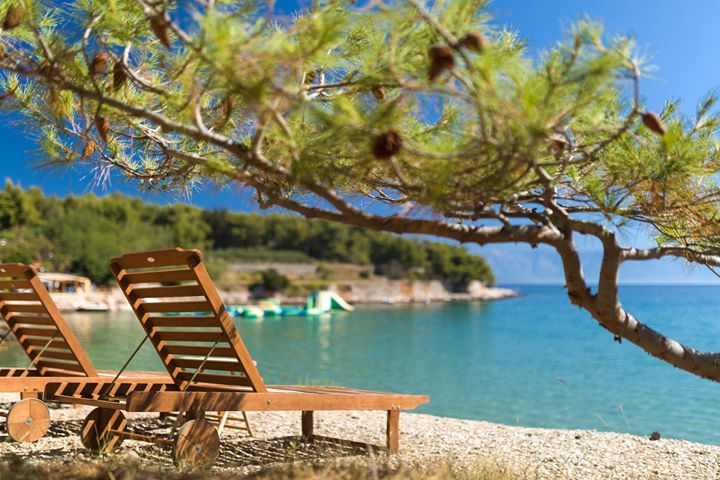
And how else would it even be possible to begin to describe the turquoise blue bay surrounded by fragrant pine forests with a view of the Brač channel and the Makarska Riviera?
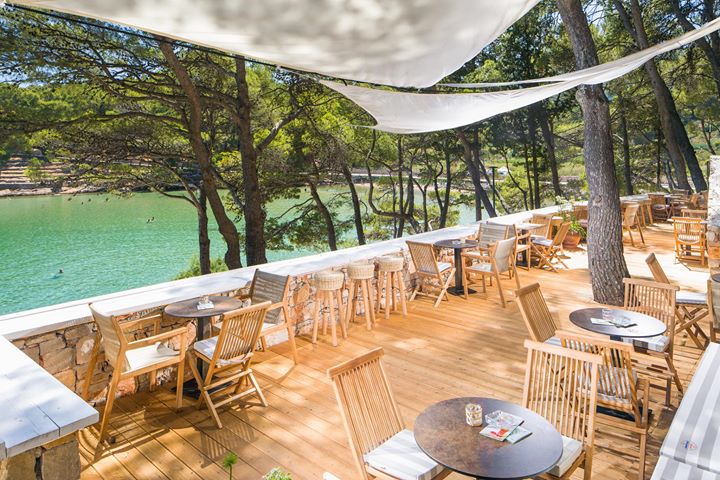
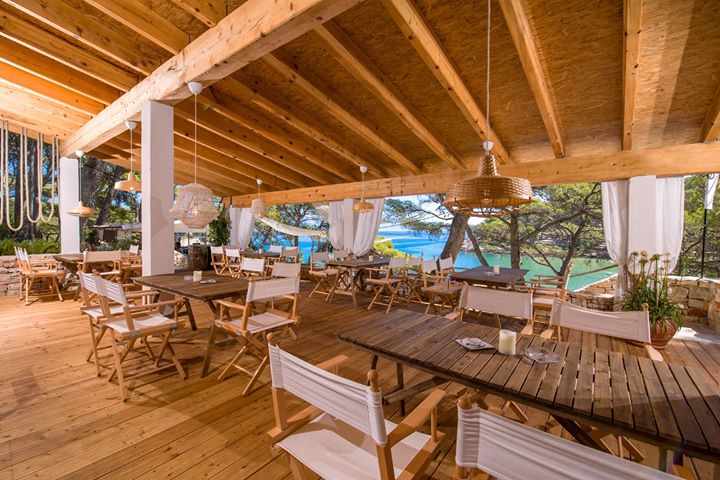
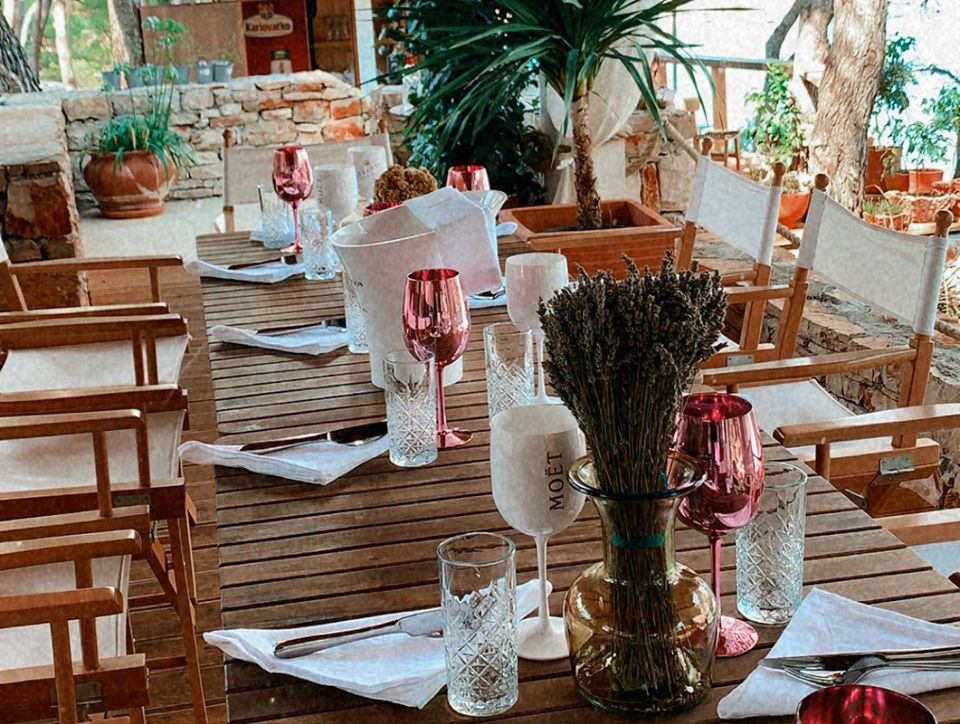
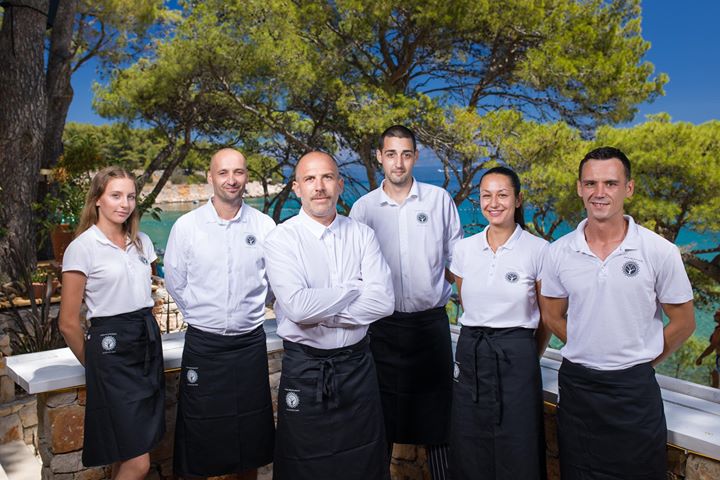
The restaurant is located just above the beach which bears the very same name, which is otherwise the most popular beach in all of Jelsa, located a mere few hundred metres away from the centre. There is also an Aqua Park located nearby.
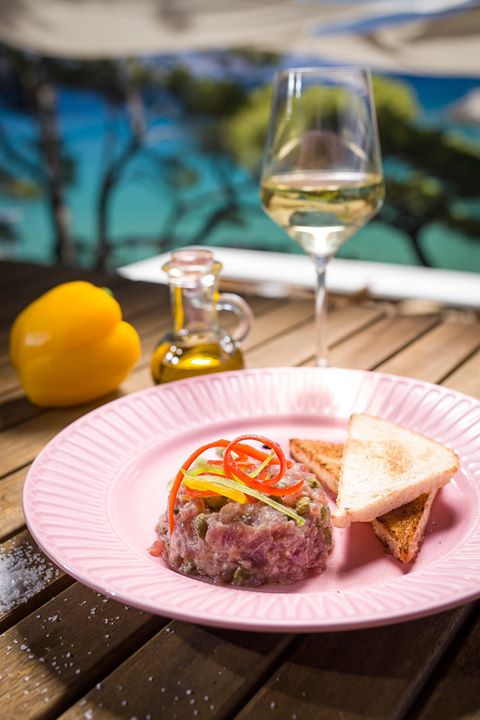
An explosion of taste is the most appropriate expression for what awaits you there, pinned on an alluring gastro map. Whether you want grilled fresh fish spiced with homemade olive oil and Mediterranean aromatic herbs, delicious meat specialties, or some more exotic gastronomic sensations like spring rolls or wok vegetables, here you simply have - everything you might want, so much so that it’s difficult to imagine that Mina might not have something covered.

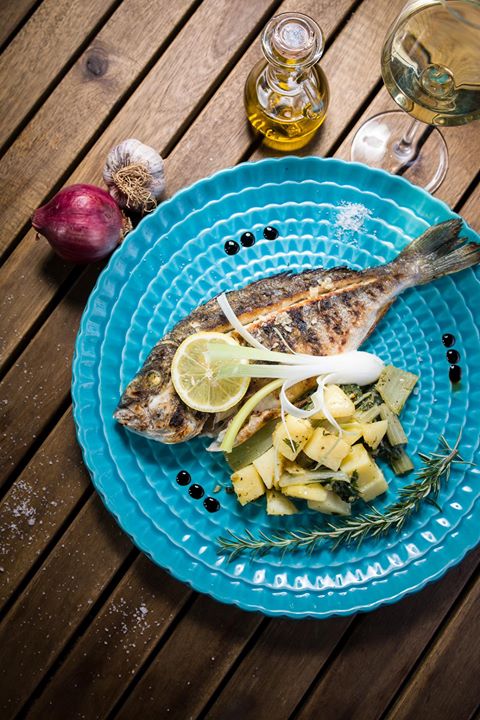
However, if we had to choose, we would recommend grilled gilthead sea bream, Adriatic octopus salad, fresh Adriatic shrimp, mussels and saltwater clams when it comes to the seafood delicacies, and delicious lamb for the avid meat lovers!
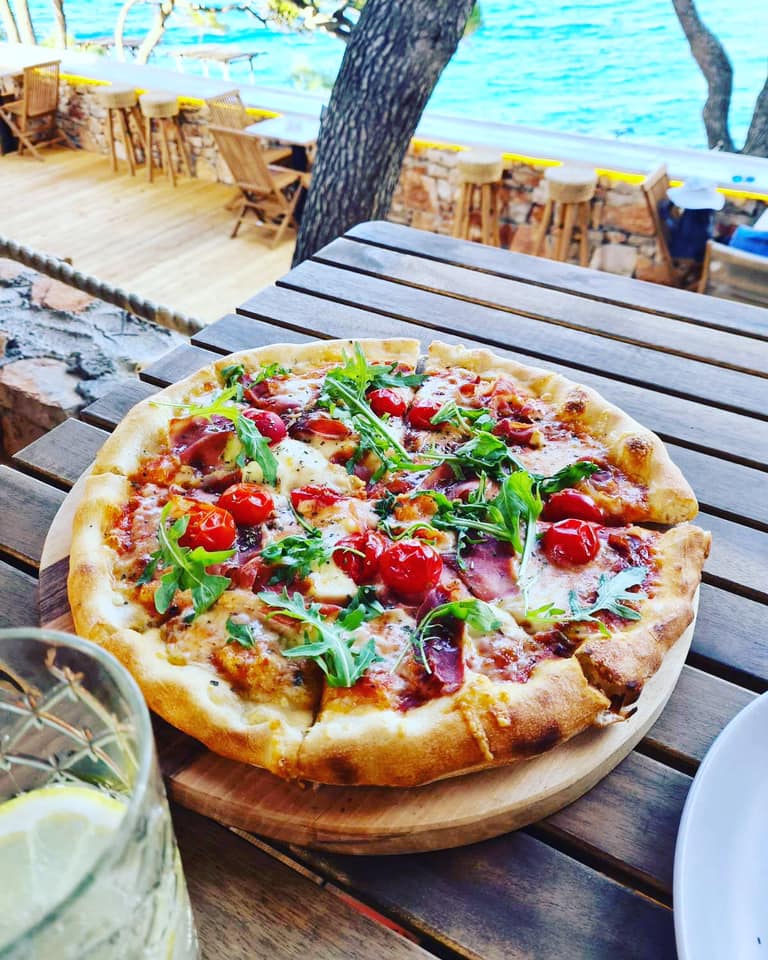
Even a cursory glance at the typically struct Tripadvisor revealed to us that guests, among other things, enjoyed the best pizzas they’d ever eaten, so if you want to go on a gastronomic journey to Italy, try out this favourite dish done in Jelsa’s interpretation of it.
For picky and curious palates, we also recommend the divine spaghetti aglio e olio, which enjoys an almost cult status in its homeland, and the friendly staff who know that food and wine go straight to the soul, will help you pair each of these wonderful dishes with a rich wine list and adequate drinks.
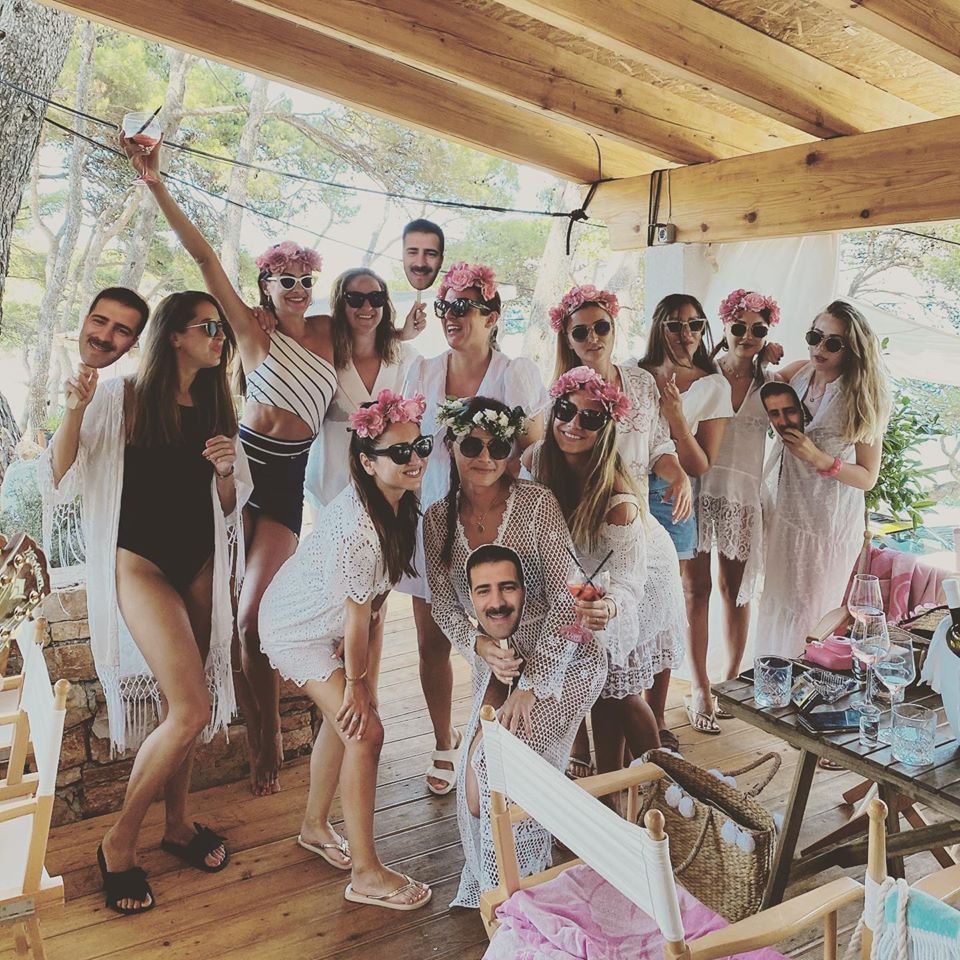
Don’t forget the cocktails! A delicious rhapsody of dishes is accompanied by an equally attractive drink menu. Is there anything better than sunbathing on comfortable loungers while relaxing with some of the masterfully prepared cocktails on offer?
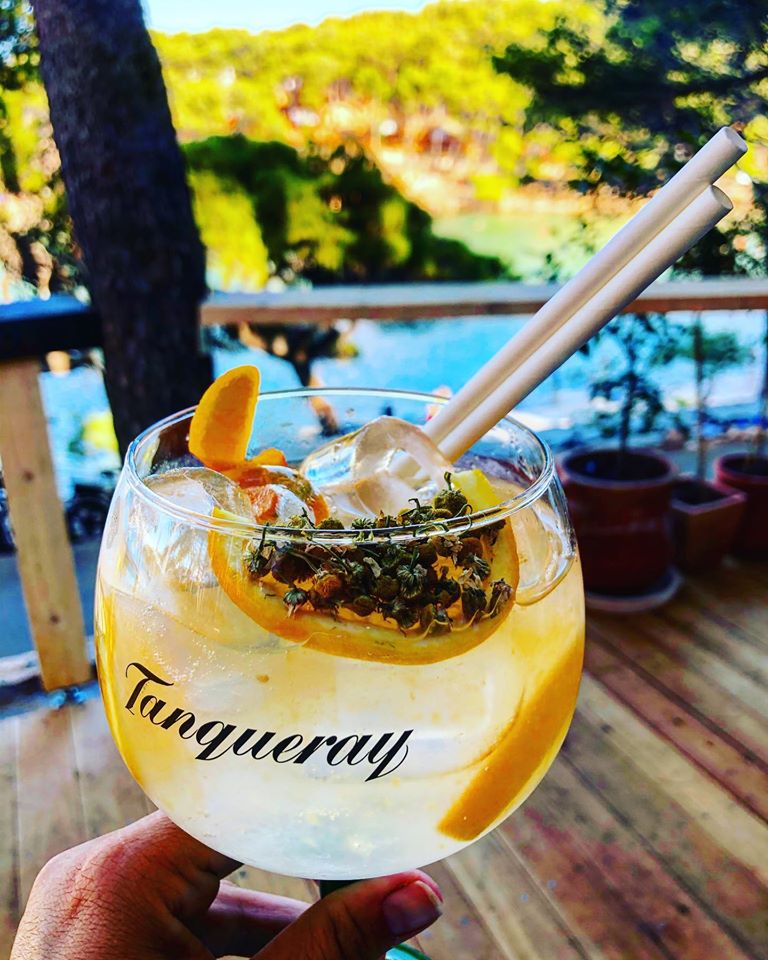
We believe that you will want to immortalise this moment which is of true ‘’Bond-style’’ aesthetics with an beautiful photo posted on social media, and for a complete experience, we recommend ordering a Martini done in the way the world’s most famous secret agent likes it best - shaken, not stirred, op.a. ).

Whether or not you decide to taste other intoxicating delicacies - from gin with citrus, floral and fruity aromas, to Mai Tai and Long Island Ice Tea for the slightly braver among you, or maybe a Cosmopolitan - the favouurite drink of the famous columnist from the series "Sex and the City", Carrie Bradshaw, you can be sure of one thing - the explosion of taste and pleasure hidden behind the name Mina, will shake up everything you knew about food and drink so far - and it will do so in the best possible way!
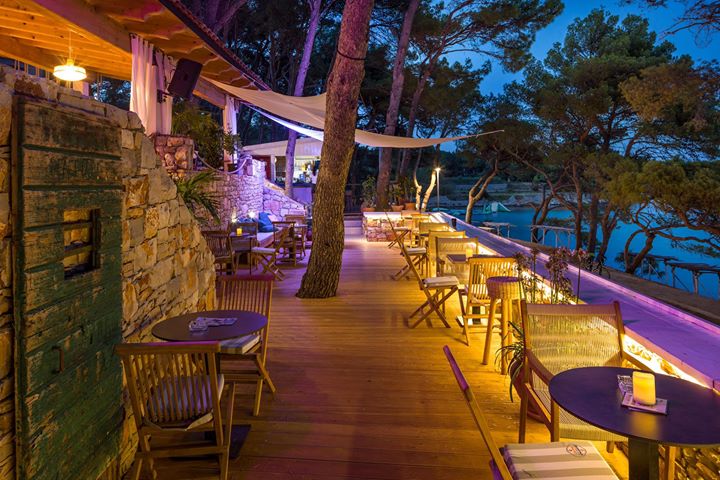
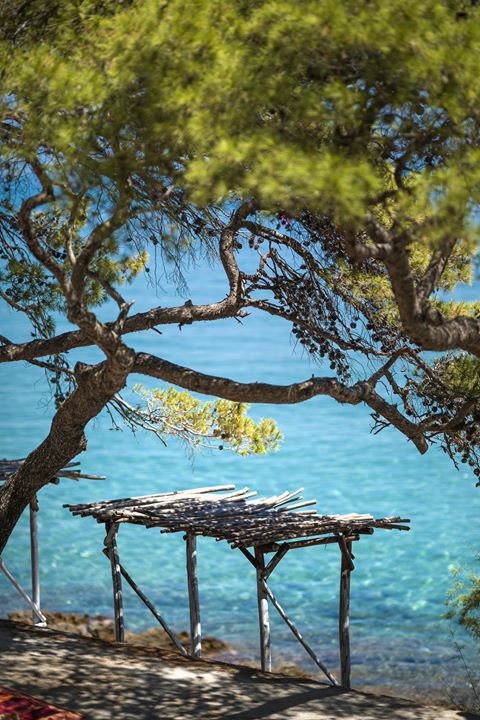
More:

RESTAURANT & LOUNGE BAR MINA BEACH JELSA
Jelsa 892A, 21465 Jelsa
www.restaurant-mina.com
Hot Spots summer destination! Island Pag - feel the Magic of the Moon Island
Island of Pag is an unmissable global outdoor destination, as well as an international film and marketing attraction.
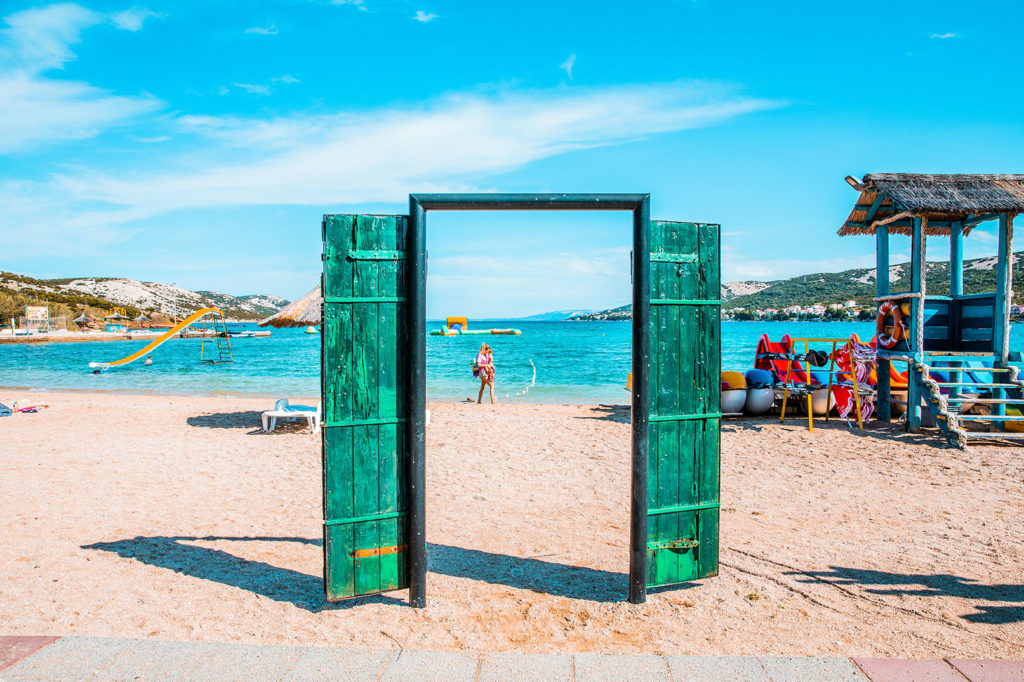
No one has original folk costumes like those Pag has. No woman wears a starched canvas in the shape of a triangle on her head, which frames the beautiful faces of the women and girls from Pag, these canvases are called blankets on the island of Pag and in Novalja, known as the Moon Island.

The island is decorated with one of the protected symbols of Croatian heritage, traditional, beautiful Pag lace, recognisable across the world as one of the most beautiful handicrafts made by the hands of women.
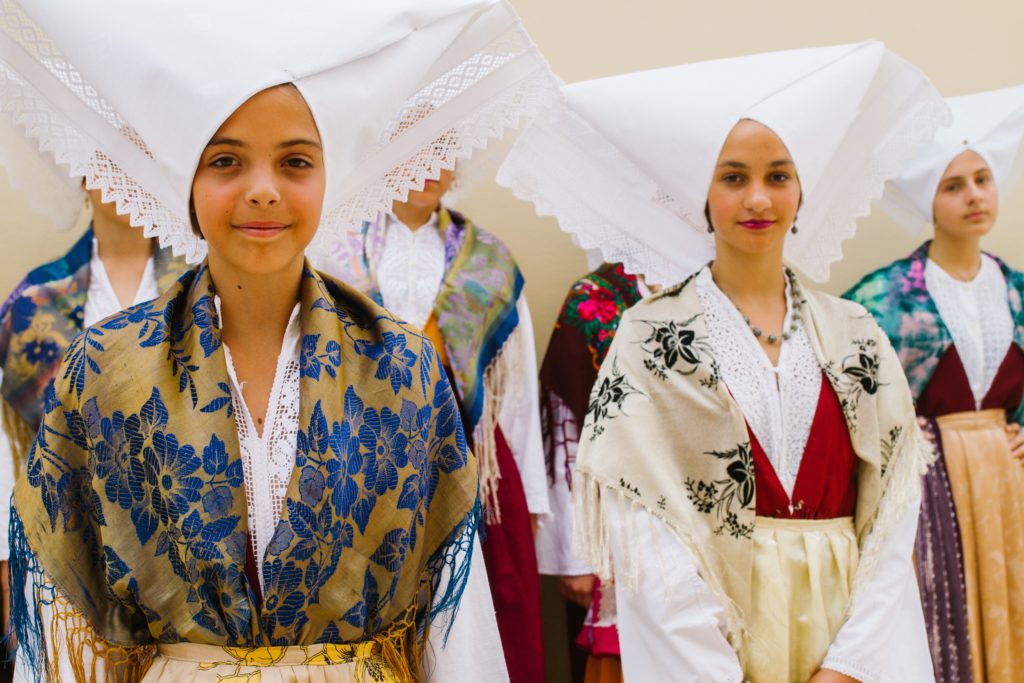
This summer, Pag is once again the number one destination, not only in Croatia but also globally.
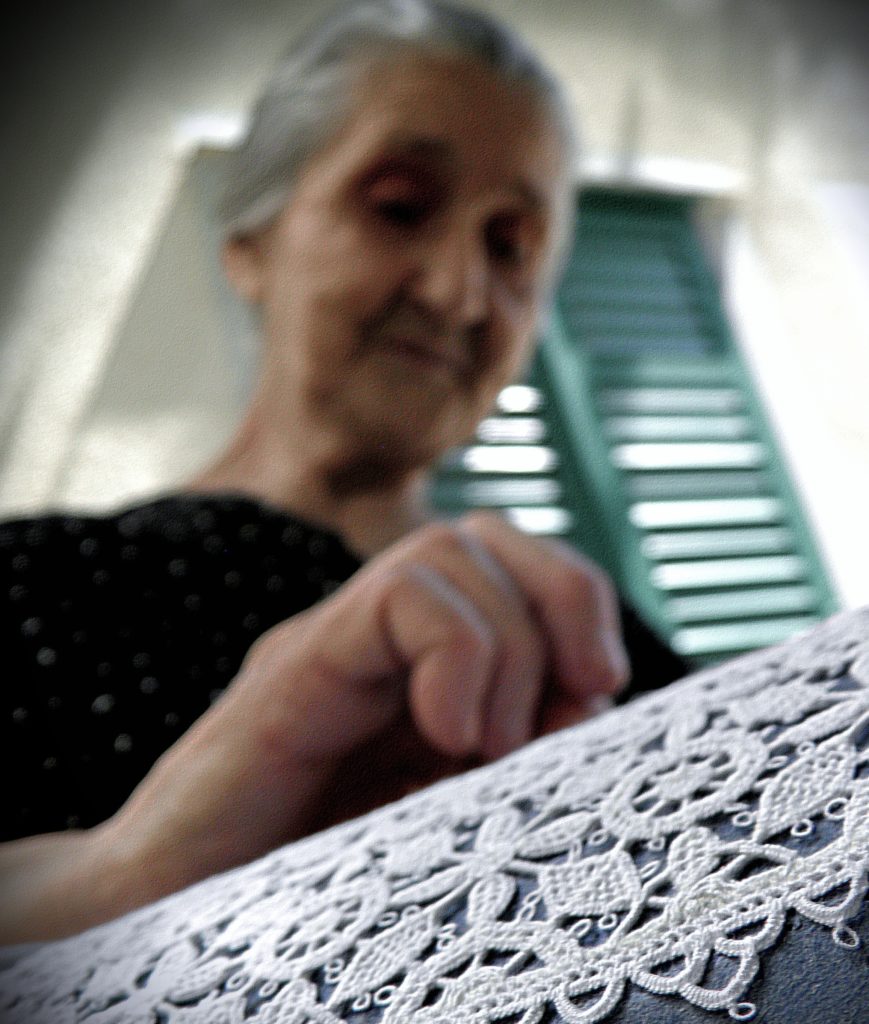
The story cleverly developed over the years has led to the birth of Pag becoming an IN location, which must be included in every travel planner.
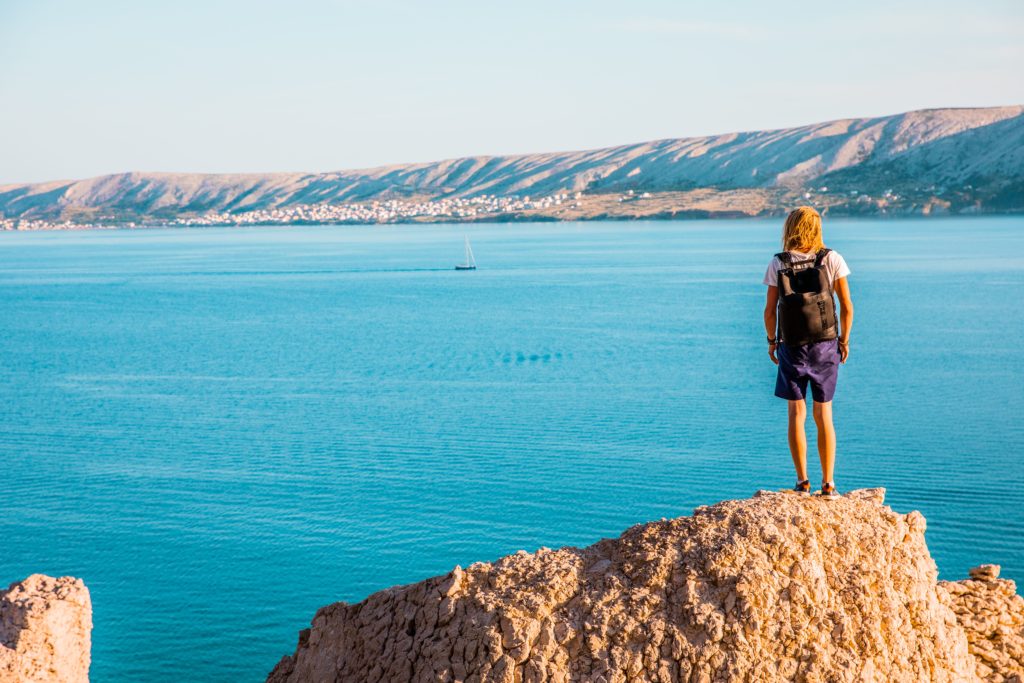
Because Pag has long been not just one of the top destinations for incredible entertainment, and by gradually building the story, this island has become an unmissable global outdoor destination, as well as an international film and marketing attraction.

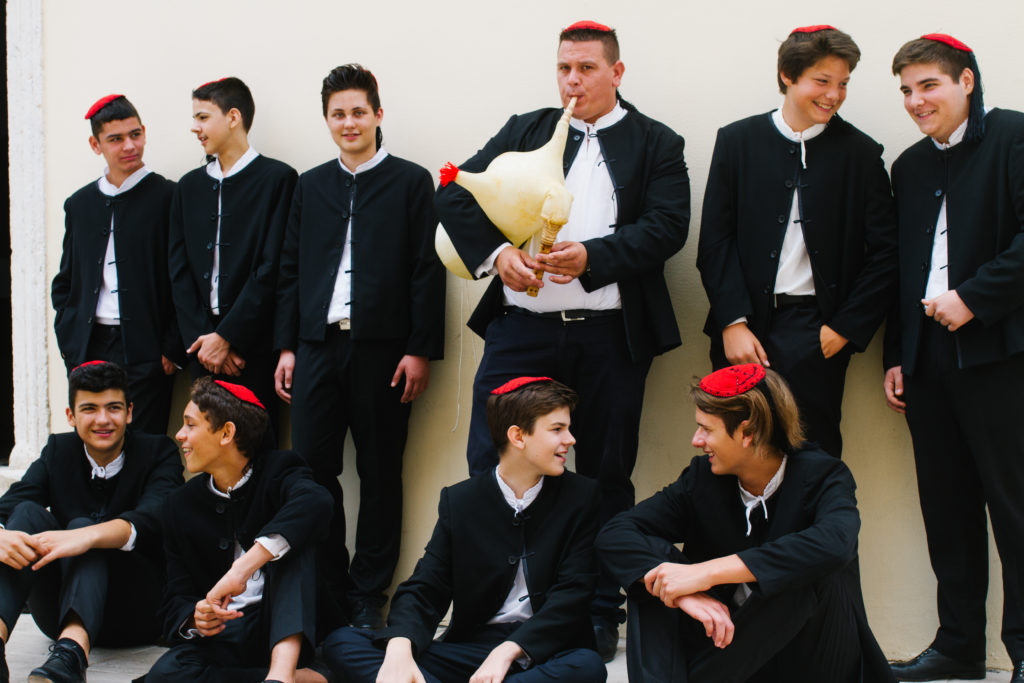
And more than anything, this has been presented by the latest campaign that brought together a few wise minds from the island, reinforced by a top professional, well-established photographer Jakov Baričić.
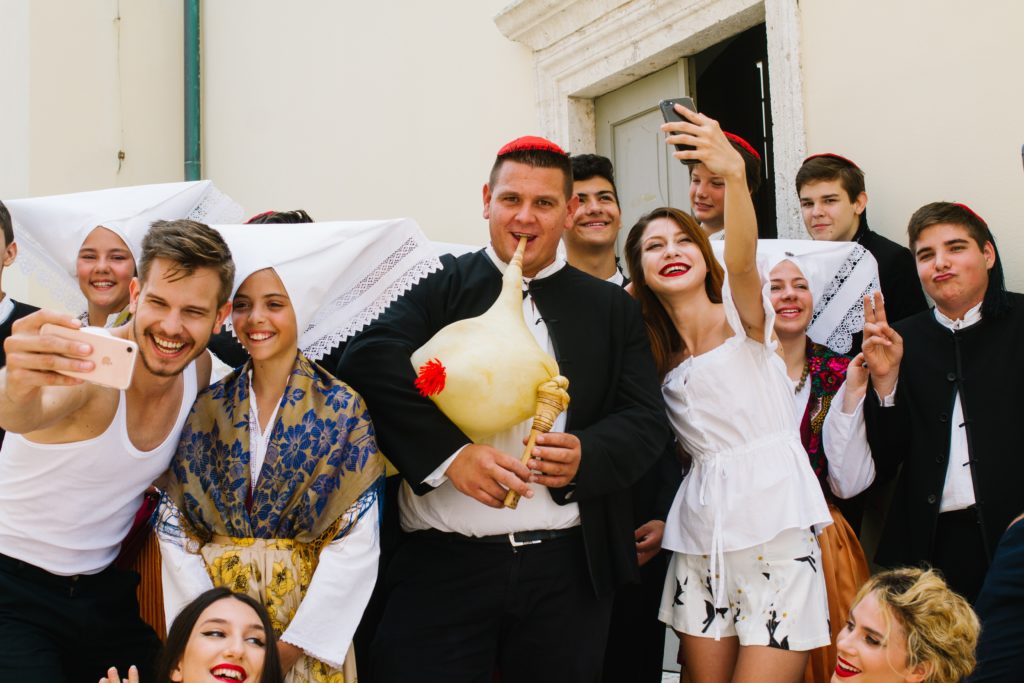
Such a coming together of minds could bring about absolutely nothing but the very best, a story about the island of Pag that brought everything that makes you have to visit this island as soon as possible up to the surface.

And Pag has been enrolled as a must-see destination from the travel plans for many Croatian and foreigner travellers.
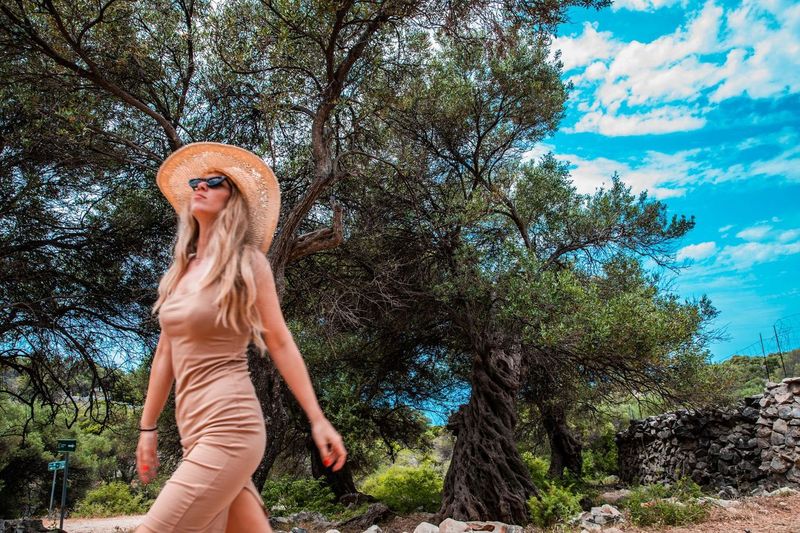

Because only here can one take fascinating street style and nature selfies and photos, and much like the trendsetters who have already done so, capture the absolute best that the island of Pag has to offer.
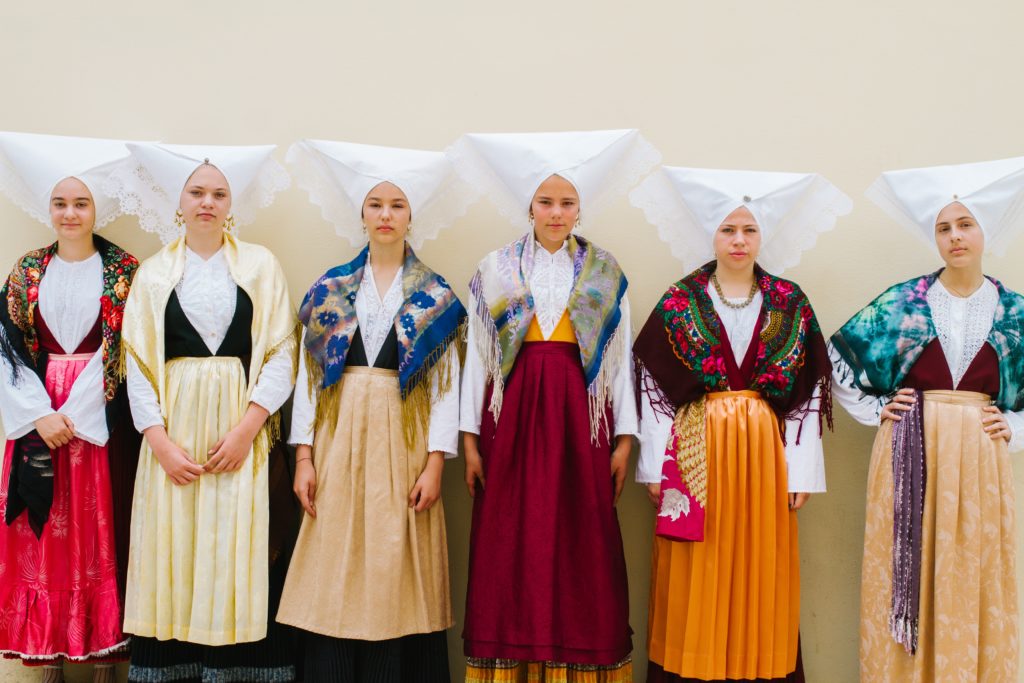
Now, what does one choose in that sheer abundance of options? Moon-like landscapes, beautiful bays, amazing scenes like from another planet? The magical yet modest convent of the Benedictine nuns, the alleyways, the beaches with the crystal clear sea surrounded by a lunar landscape and bare rocks?
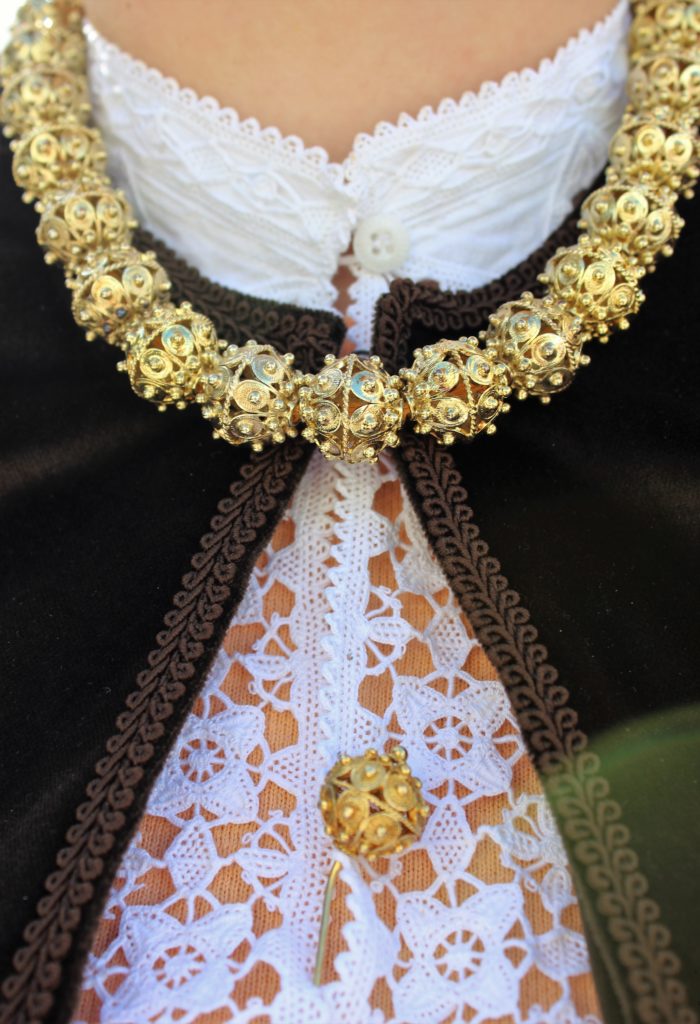
Maybe some of Pag’s gastronomic delicacies? Or the incredible beauty of Pag’s women and girls wearing their original costumes, which are kept in families like the crown jewels and passed down from generation to generation?
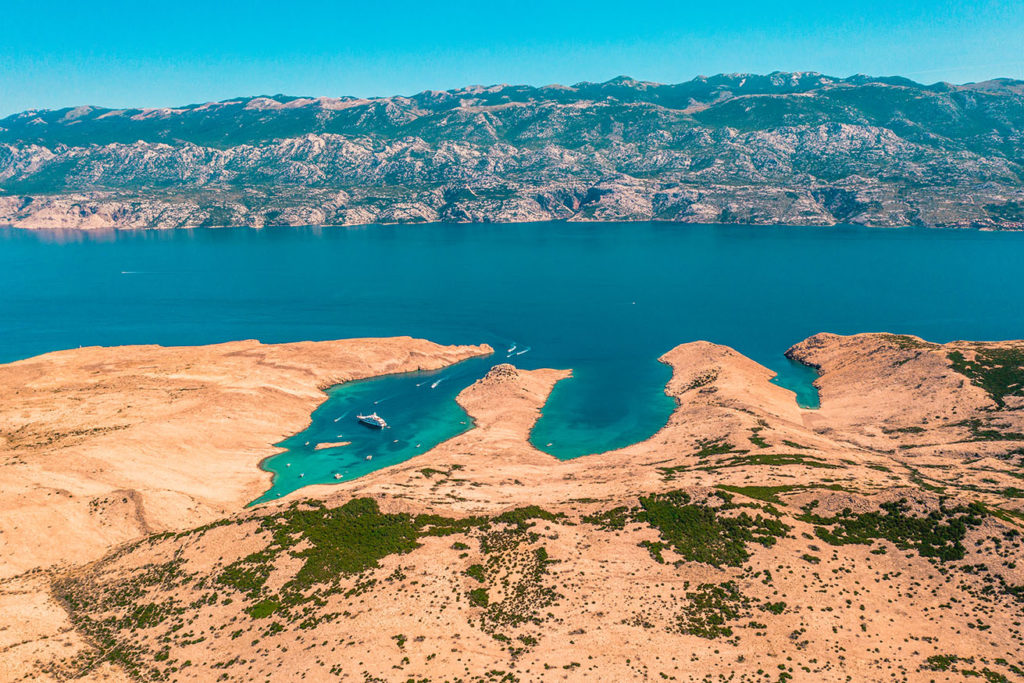
This is exactly what Jakov Baričić showcased about Pag in his works, weaving fashion, tradition and amazing photography into the heart of the story.
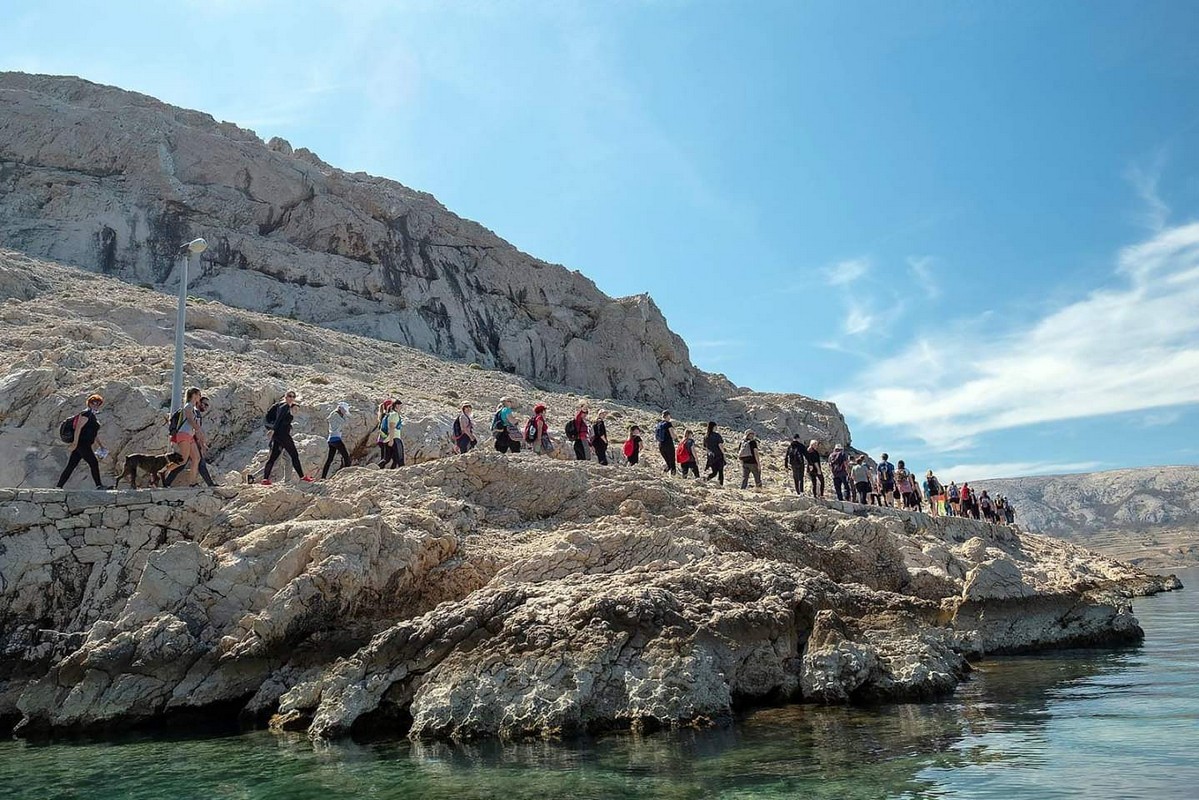
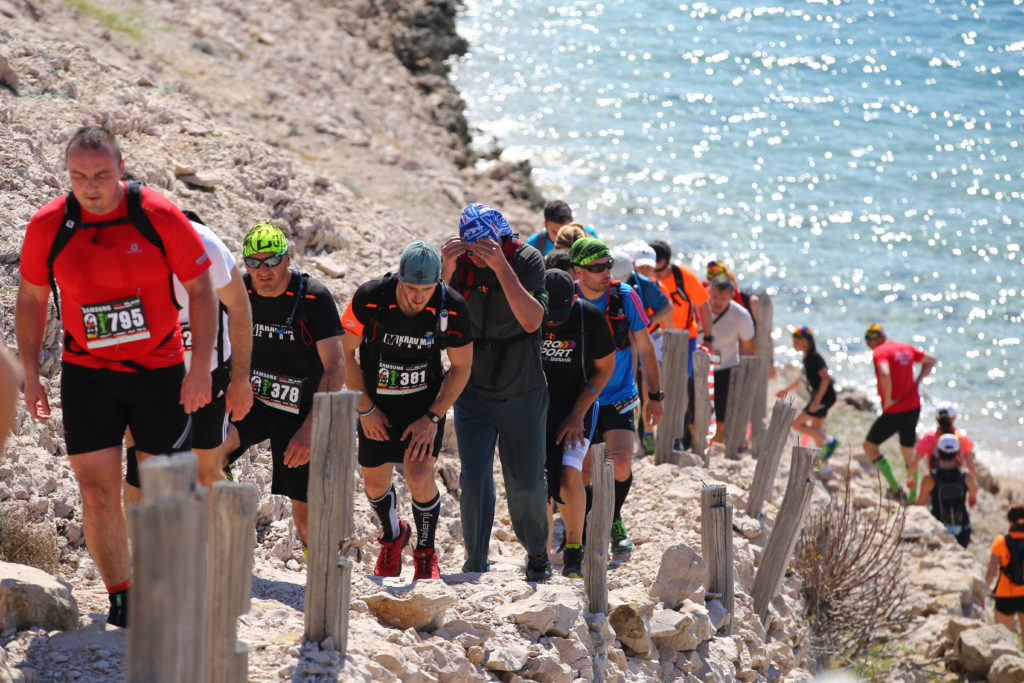
The island of Pag has definitely been the most desirable Croatian outdoor destination for a long time now, which, on the basis of having earned such a title, has been providing fascinating natural attractions to its visitors.
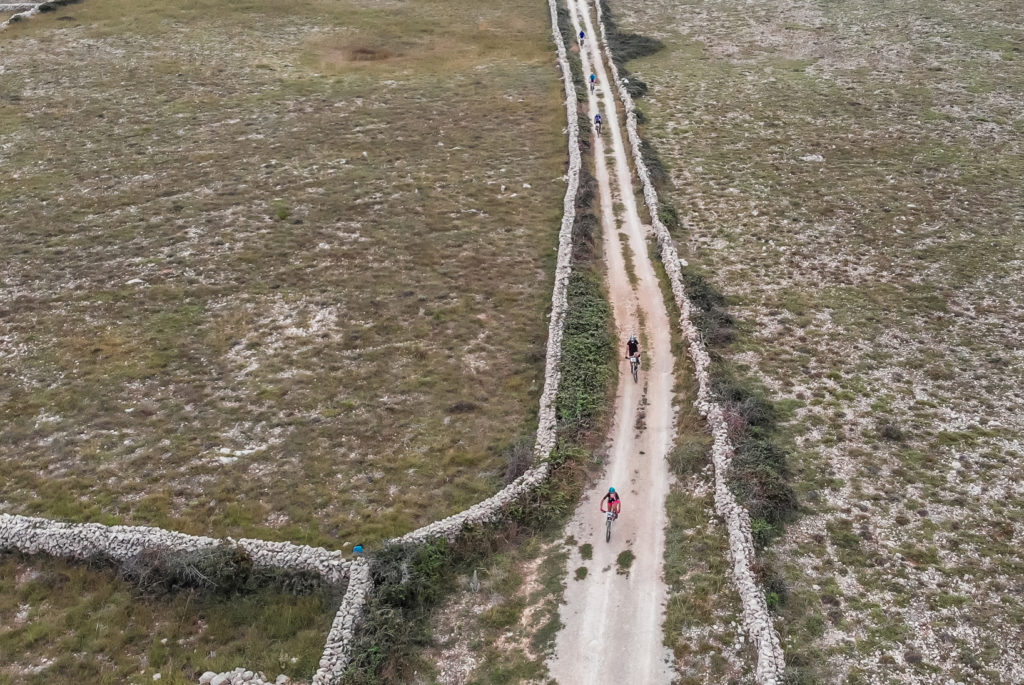
. The most significant thing is the incredible landscapes which resemble the moon itself, extremely rare natural scenery that serves as the background of the trails for the most important outdoor event on the island of Pag - the Life on Mars race.
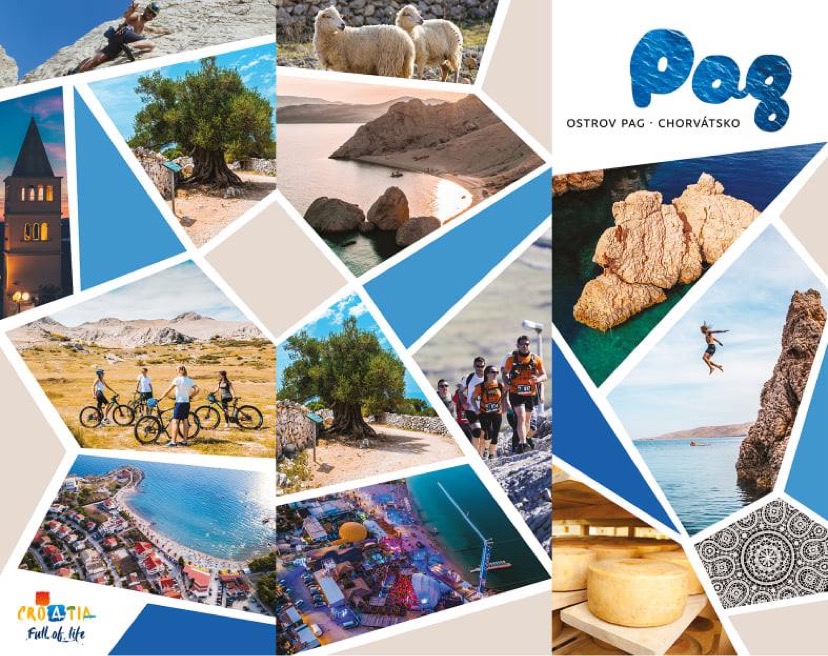
They were actually the beginning of an integrated programme of outdoor activities that positioned the island globally as a top destination for lovers of active tourism. The above is especially true for cycling tourism, and for trails, running and hiking tourism. Aware of the importance of the potential that Pag offers due to its natural features, the the island's united forces have put together a special development plan with phases that will be built on in detail and gradually expanded over this year and the next three years. The project ‘’One island and one common vision’’ was created, with the aim of uniting and branding the island of Pag as a destination for outdoor tourism.
Such natural features didn’t go unnoticed even by film moguls who discovered the perfect scenery for some of the shots from their bestsellers in a surreal backdrop. Are you the type who likes to visit the locations where the famous films were shot?
If so, there are some great opportunities for precisely that on Pag, for example; the shot on the beaches of Novalja, which the director of photography Danny Moder, the husband of ‘’Pretty Woman’’ actress Julia Roberts, chose to shoot the film ‘’Ibiza’’.

On Zrće beach, he also shot with the famous actor from the HBO series Game of Thrones, Richard Madden, who played Robb Stark in the first three seasons. The views of Pag also delighted Oscar winner Gabriel Salvatores, who included them in his new road movie ‘’Strangers in Paradise’’.Pag was the ideal backdrop for the filming of the world-famous series The Terror in fantastic locations such as the rough, rugged Paska vrata, produced by Oscar-winning director and producer - the genius Ridley Scott, who is best known for films such as Thelma & Louise, Alien, Blade Runner, Black Hawk Down and Gladiator, for which he won an Oscar and a Golden Globe for the best picture.

When it comes to the small screen, other jewels from Pag have caught the eyes of the creators of various advertising campaigns, and as a result we now have fantastic global campaigns for the most famous fashion magazine in the world - Vogue. And we all know that where Vogue goes, everyone goes, especially since the fashion giant chose Novalja and the island of Pag for their third fashion editorial.

After the Ukrainian and Latin American Vogue, Pag’s alluring ambiance was discovered by the Portuguese edition, and behind them stands the young photographer Jakov Baričić, a well-known name in the Croatian and global fashion industry.
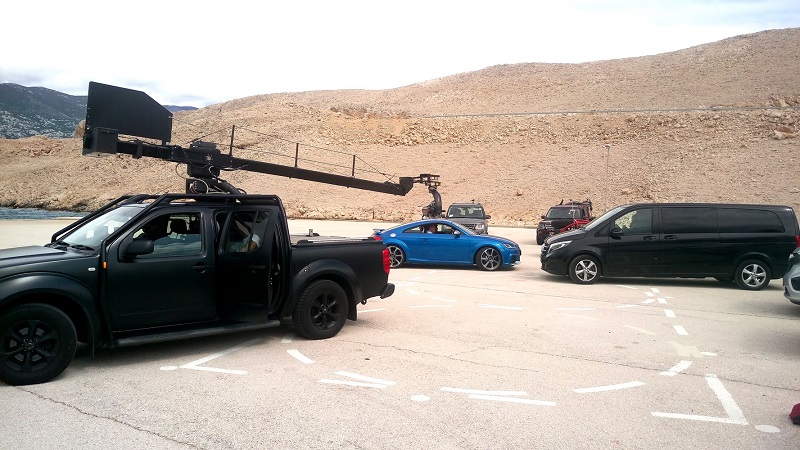
Why Pag, why the beaches Ručica and Beriknica in Metajna? Precisely because, as the director of the Tourist Board of the City of Novalja, Marina Šćiran Rizner, reveals, like other beaches on the island of Pag, it is among the most stunning in all of Croatia.
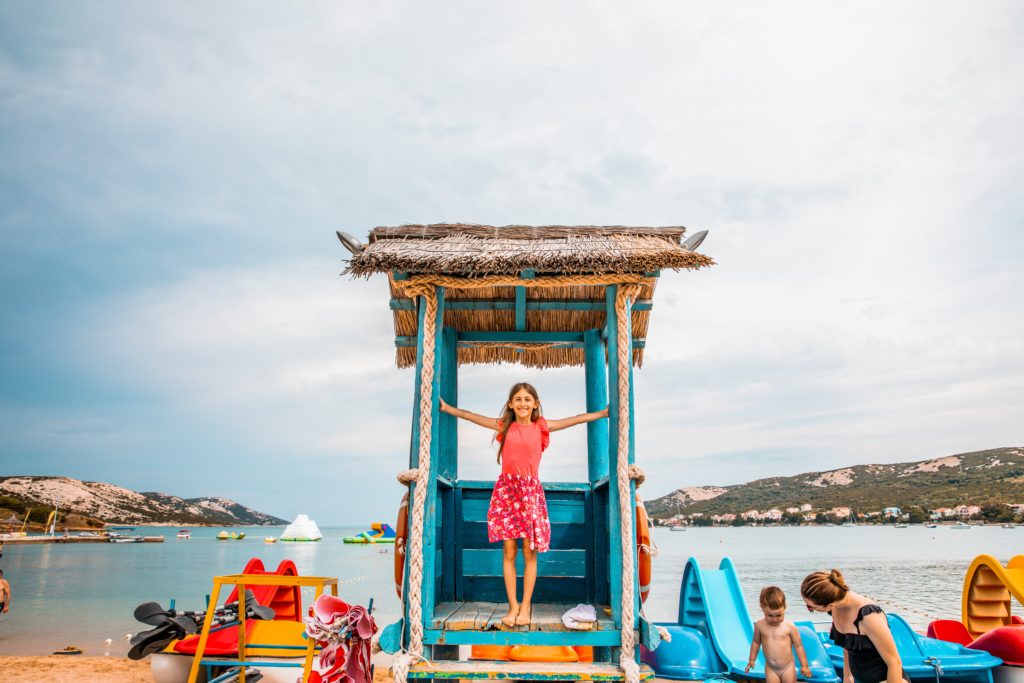
And what Vogue chooses is noticed by other magazines such as Elle, Harper’s Bazaar and others which have included the island of Pag, its beaches and the views from the Lun olive groves in their advertising catalogues.
Then there are the numerous campaigns, for example for famous brands such as Rimac’s cars, BMW, Porsche, Mercedes, Honda, limited American Triumph motorcycles, and Japan’s Canon... They took Pag under their wing, and in that sense they took Pag across the whole world. And given the fact that Pag has gone out into the world, here is another good reason for the world to come to Pag, to taste, feel, smell and enjoy the best that this island has to offer. The island boasts many fantastic locations and five destinations - Novalja, Pag, Kolan, Stara Novalja, Povljana. Five pearls of the island that are part of the great strategy to brand the island as one single entity.
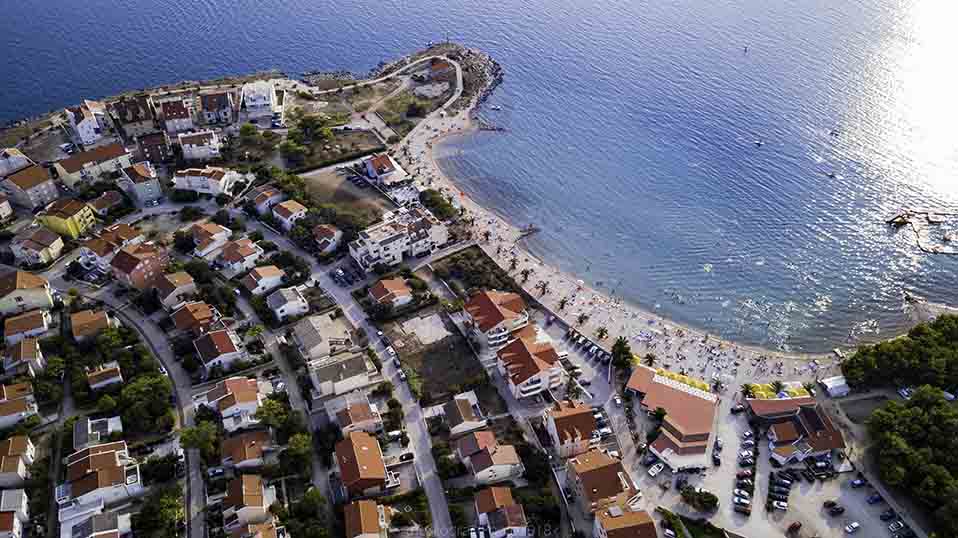
They ‘’performed’’ together at foreign tourism fairs, and together they launched events such as the rowing regatta ‘’Osmerci on Pag’’ and ‘’Pag on the menu’’. This also resulted in the signing of a joint agreement of all the tourist boards of the island of Pag and the branding of the destination through outdoor tourism.
NEW PROMO VIDEO
A joint tourist-oriented work is also coming to market, a film that brought to the forefront some of the island's most important acquisitions. The City of Pag presented itself with its UNESCO-protected Pag lace, a beautiful view of the old town reminiscent of Dubrovnik, folk costumes, dances from Pag, and gastronomic attractions, to the people of the Benedictine monastery of St. Margaret.
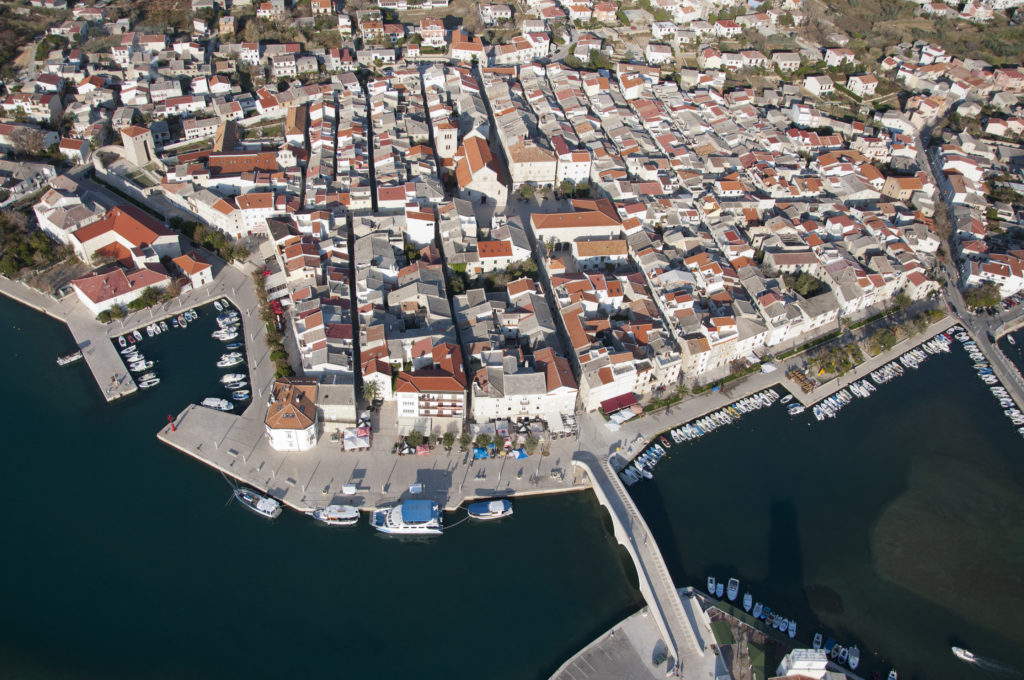
The film also presented the undisputed gastronomic delicacies such as the famous Pag cheese, but also views of the Pag saltworks, the ‘’Embrace of stone and wind’’ cycling path which was co-financed by the Ministry of Regional Development and EU funds, and the island’s Nordic walking trails. It showcased only what is already well known, that Pag is, more than anything, the entire taste and smell of the destination, the perfect place to relax and the provider of a truly unforgettable experience.

There is also the award-winning camp Straško and camp Šimuni, cultural heritage, galleries which showcase the island’s inherited wealth, ornithological reserves, an amazing underwater amphora site near Šimun, the protected area of the Hanzina forest, the Lun olive groves, the Roman aqueduct…
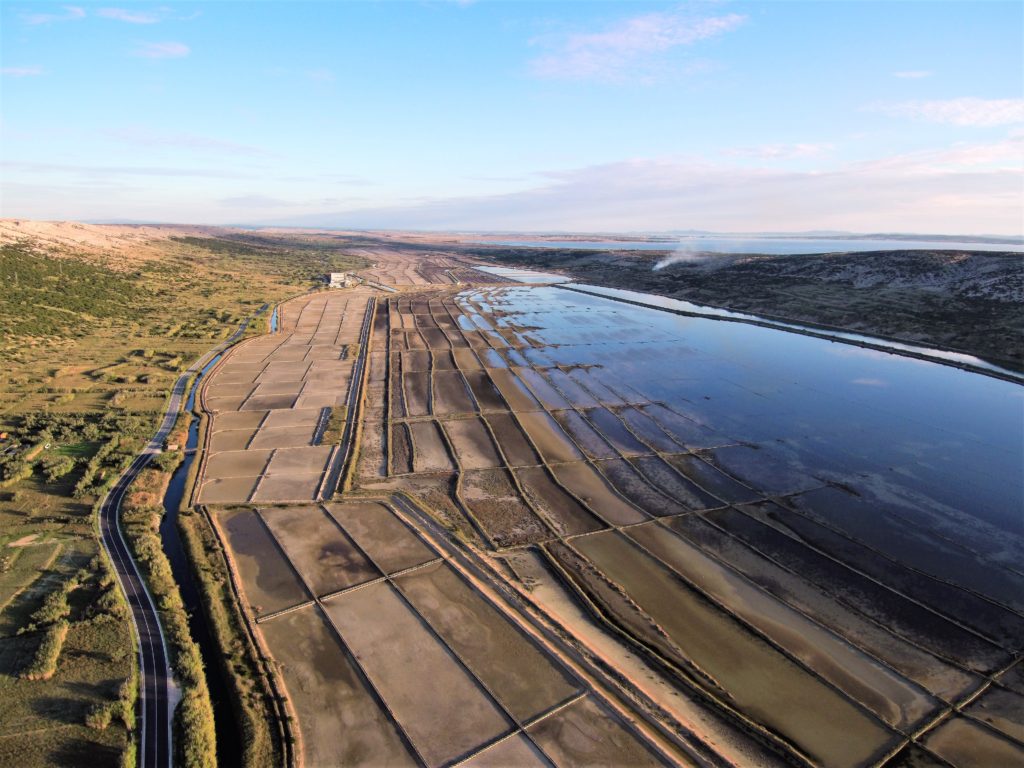
Anyone who comes to Pag will find it difficult to leave it again. Because, among other things, the bay of Ručica awaits its visitors with its gorgeous long sandy beaches framed by bare rocks that stretch steeply out into the sea. Or the numerous beaches that stretch along the entire island.
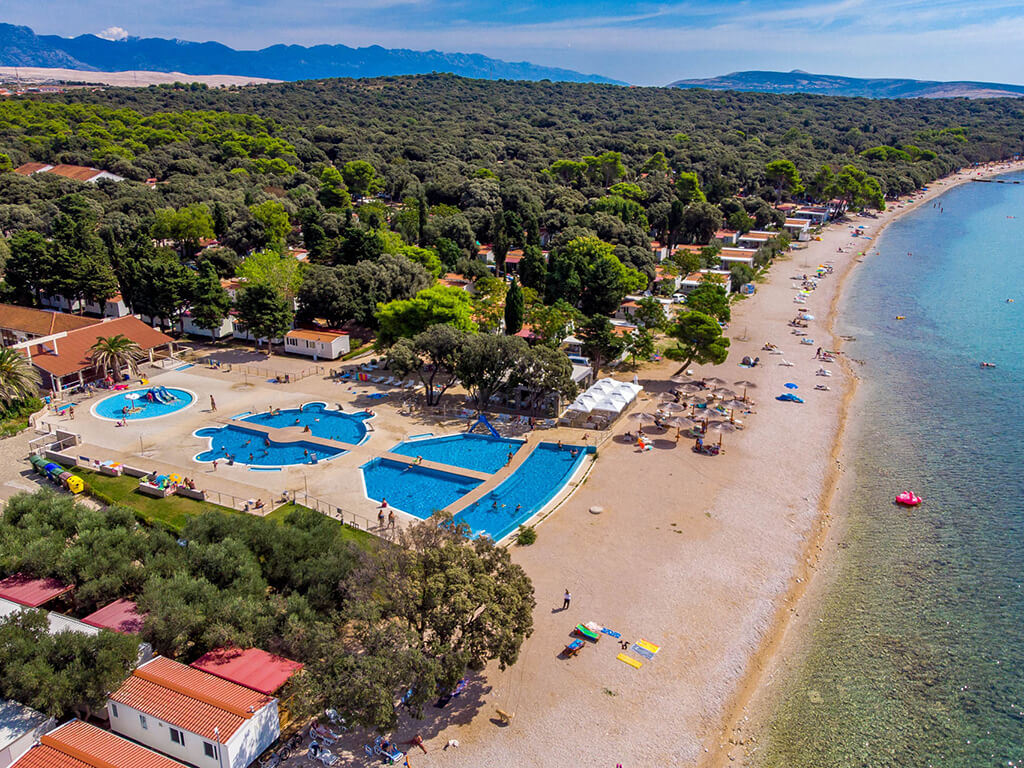
You can enjoy the view of the dry stone walls, climb up to the various lookouts, and even enjoy Pag’s healing mud. Some will choose to observe the birds in the ornithological reserve, many will be interested in the famous Pag Triangle, a place which carries with it a legend about extraterrestrial civilisations that may have left their mark there.
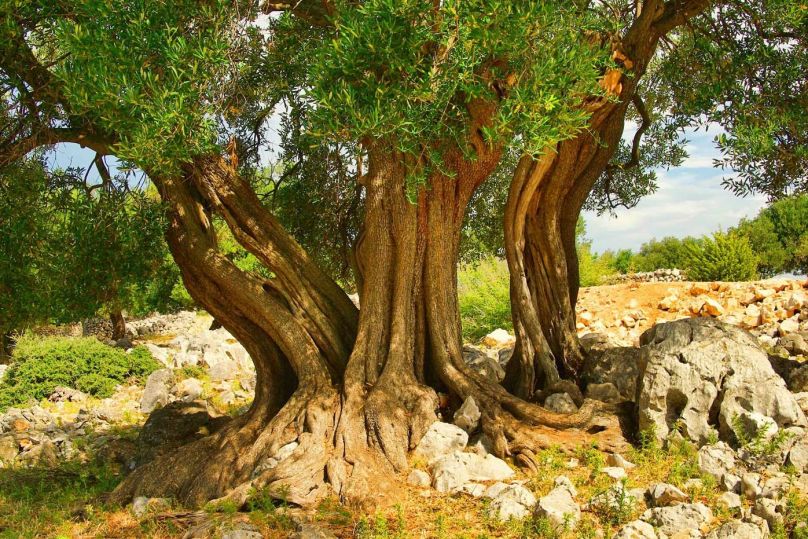
Are you perhaps in favour of sage cheese, or one made from a combination of sheep's and cow's milk that has been awarded many times at various fairs in the country and throughout the world?

Or maybe you’re up for some cheese with paprika? We definitely recommend trying the cheese with green and black olives, cottage cheese as a rhapsody of flavours, and pralines with Pag cheese, which can also be taken home as an original island souvenir.
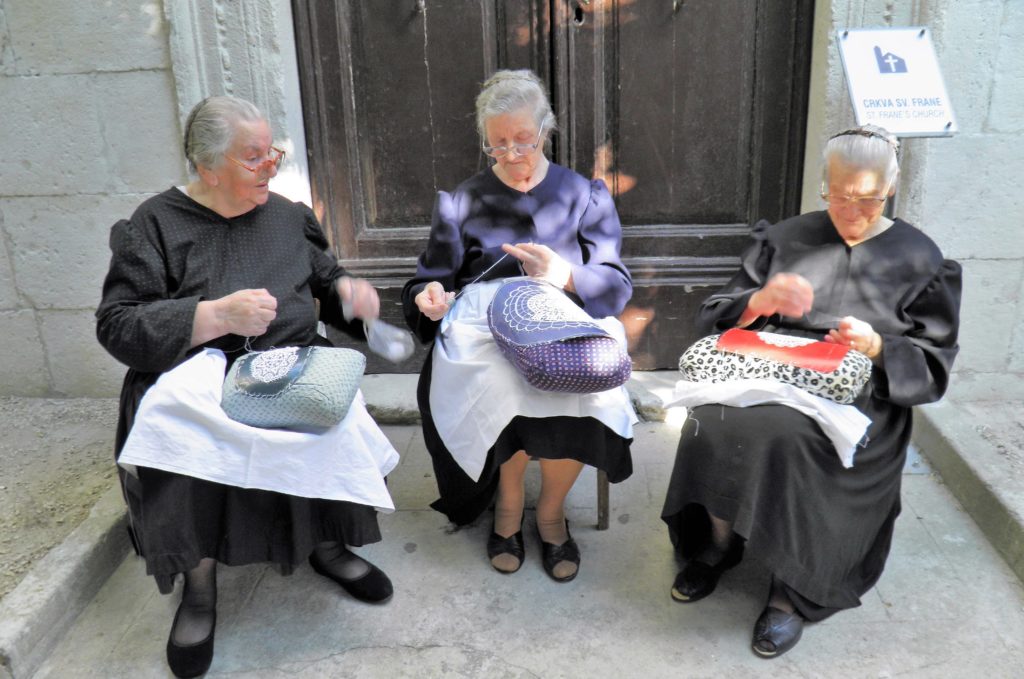
All of this is Pag, a combination of traditional, modern, the future, recognisable and ready to lure you to it.
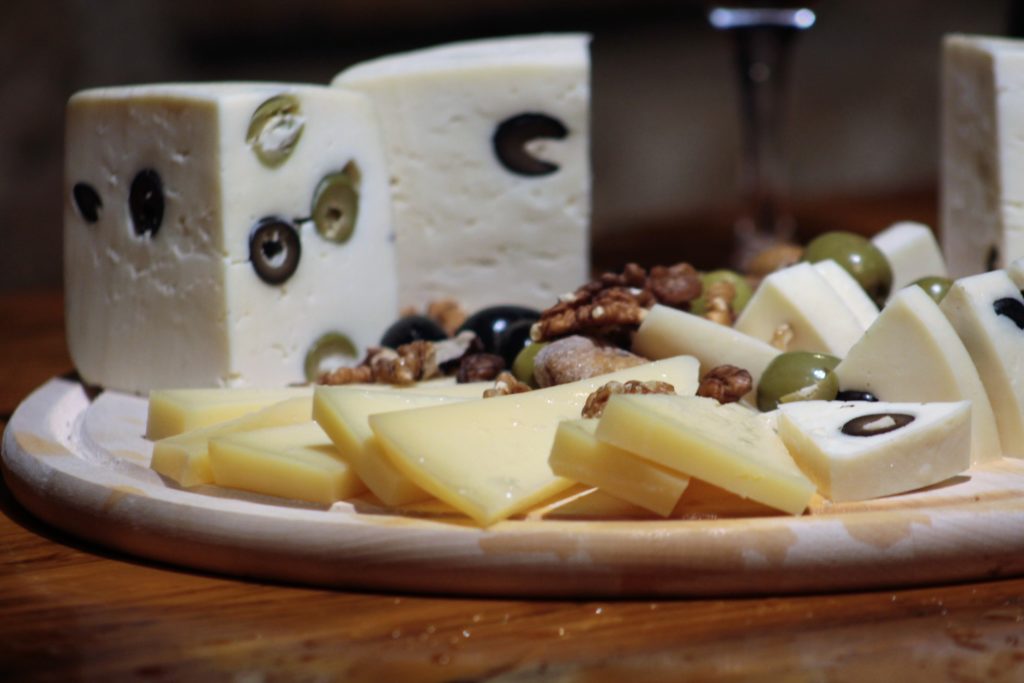
You know the saying: When you dip your finger in the sea you are connected to the whole world. The same is also true of Pag: When you experience Pag, you experience life.

The island is just waiting for you to grab it with both hands and a set of full lungs.
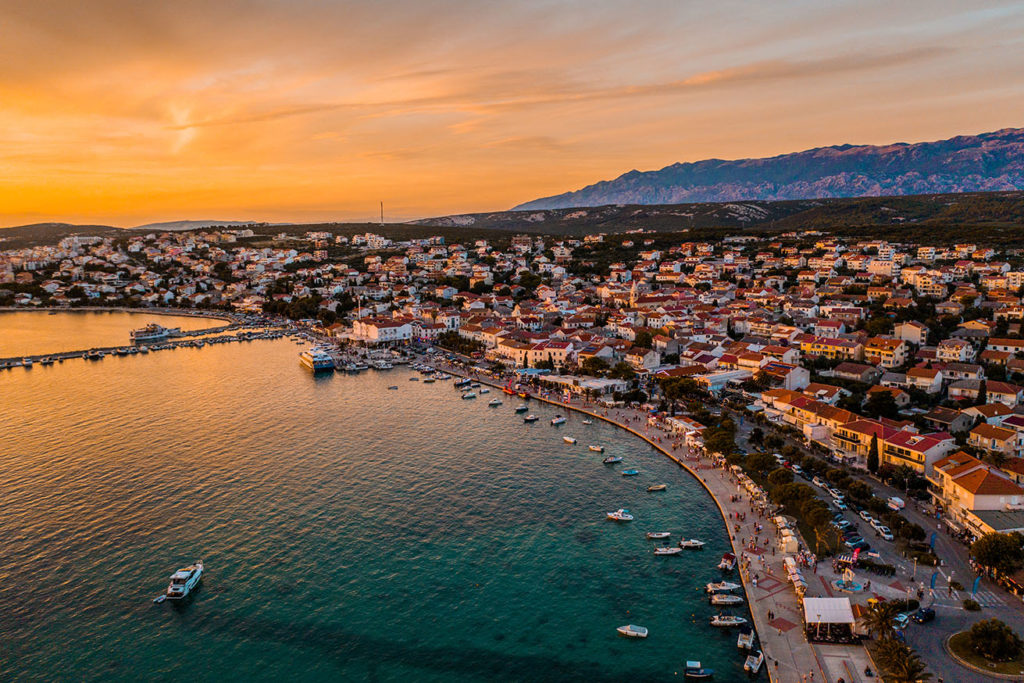
More:
www.visitnovalja.hr
www.tzkolan-mandre.com
www.tzgpag.hr
www.tzstaranovalja.hr
www.visitpovljana.eu
Photo: archieve TB Pag
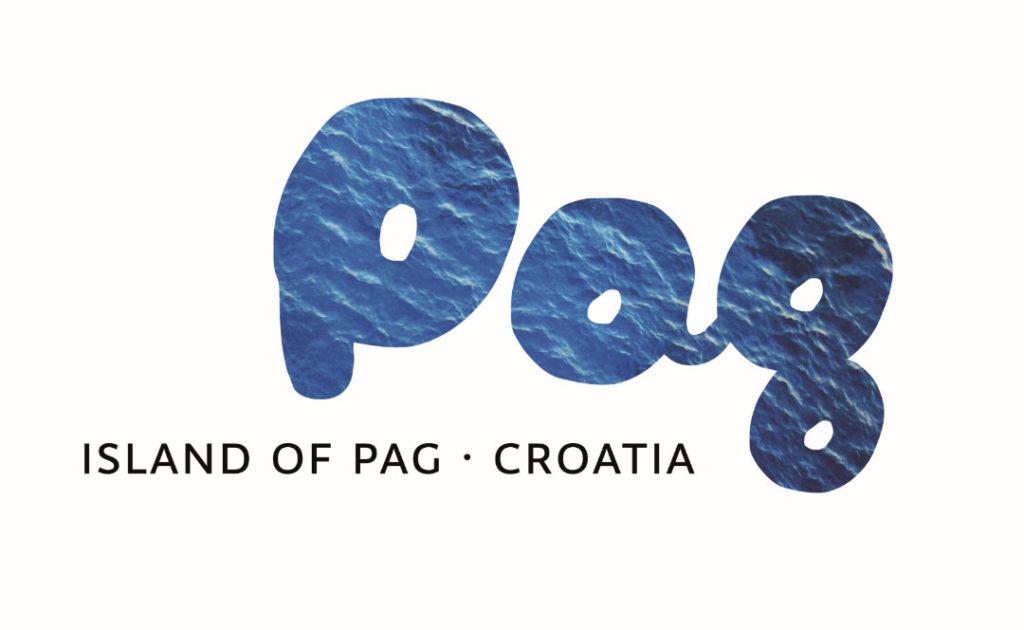
Croatia Hot Spots Summer 2020. edition is OUT! Fill your summer with joy!
The best thing would be to sing the Dalmatian song ‘’no one can do anything to us’’, alas, in our Dalmatian paradise, the coronavirus crisis struck. The new normal posed a challenge, and we, aware of our potential, reciprocated with imagination and creativity, as a recipe for attracting tourists to our area.

And here are our excellent numbers, the announced and expected 30 percent of traffic when compared to last year's tourist figures was achieved. And in some destinations, that figure was well exceeded. And all this is thanks to the advice of the epidemiological profession, people’s adherence to the protection measures, and the hard work of everyone. This is how we managed to make ourselves stand out in Europe as the only country with significant tourist traffic.
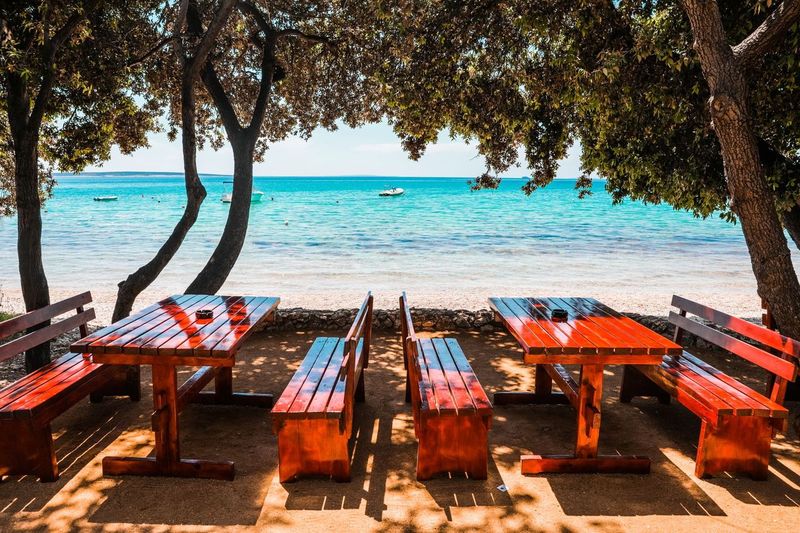
And now comes the race to Croatia’s gems, to our most beautiful turquoise bays, to the attractions of the Dalmatian hinterland, to adrenaline tours, to the sights of Bol.
Croatia Hot Spots magazine - new edition is out!
Read online at Issue.com
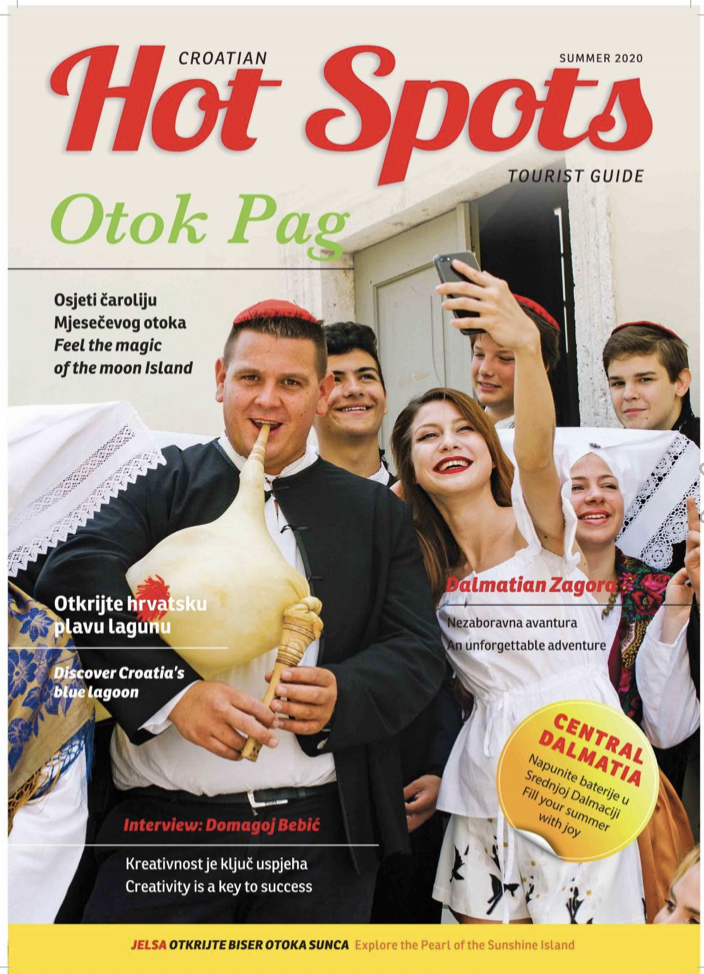

Magic island Pag is summer Hot Spot destination!
We’ll take you to Pag, which has established itself as an island whose destinations are chosen by the world's most luxurious fashion magazines. We’ll reveal to you the secret of their tourist success and the reasons why they are achieving fantastic results this year.

We’ll then head to Central Dalmatia to show you the pearls you absolutely must visit this summer.
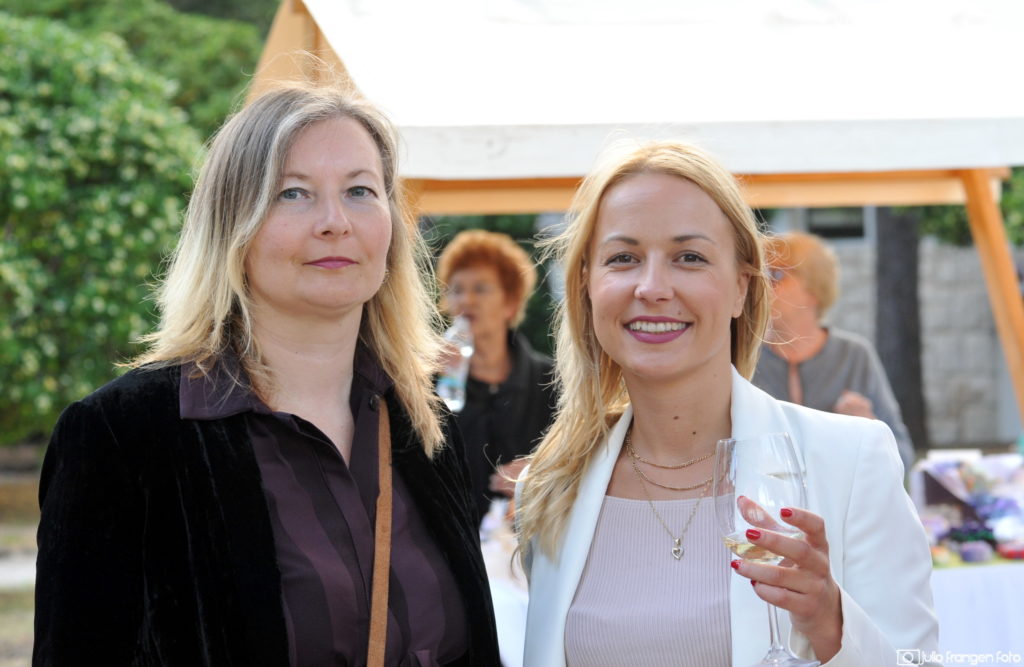
Then we’ll quickly transfer you to Jelsa on the island of Hvar, which has achieved some fascinating tourist figures. We will show you their model of traditional accommodation, sustainable tourism, in which a guest becomes a member of the family.
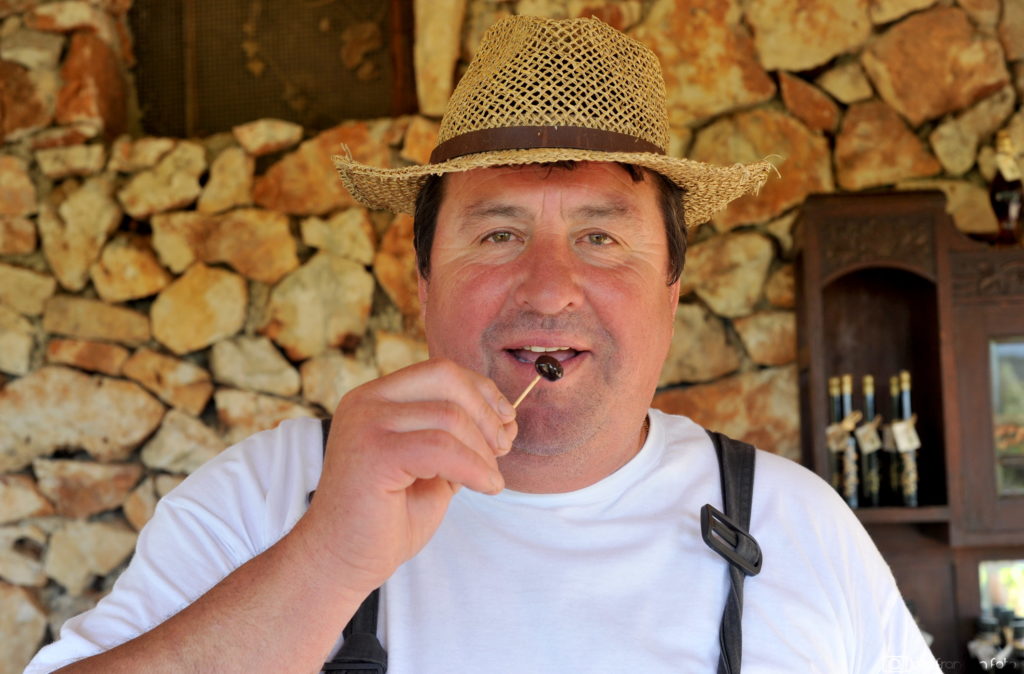
We will take you ashore, and head inland to the hinterland of Split, to the heart of the Dalmatian hinterland and show you a fresh attraction in the shape of an Indian village. Green valley retreat zone.

We will also recommend one of the most beautiful excursions in Dalmatia, the one which takes you to the incredible Blue Lagoon on Drvenik Veliki, where Max Nautika will be your guide.
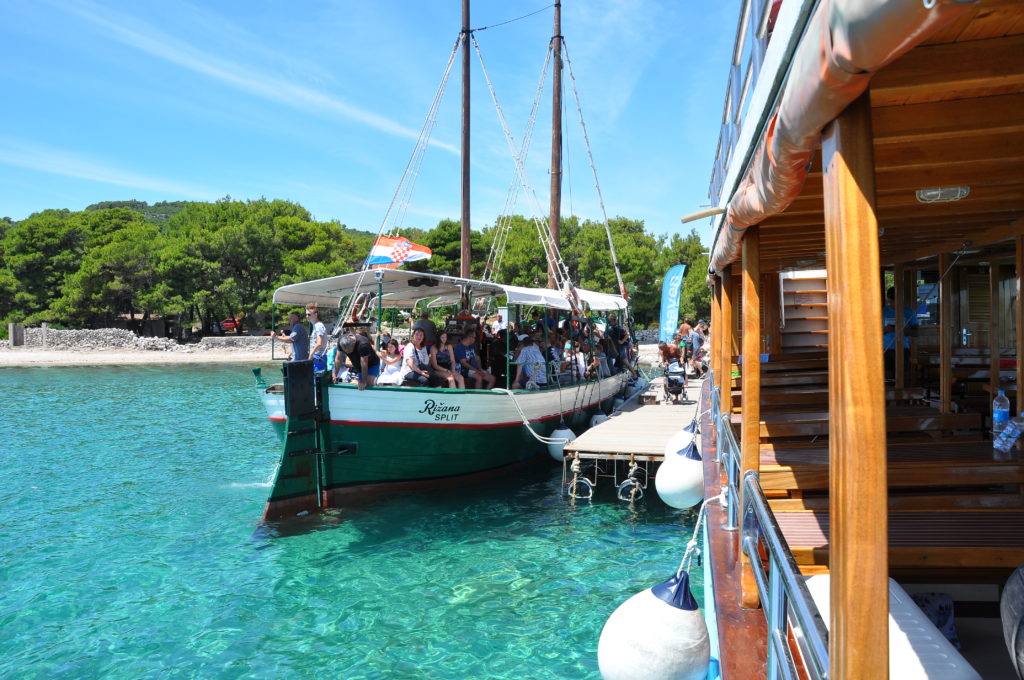
On top of all of that, we’ll also reveal to you the excellent initiative of the Student Centre in Split, which has created a platform for attractive and never more affordable accommodation.
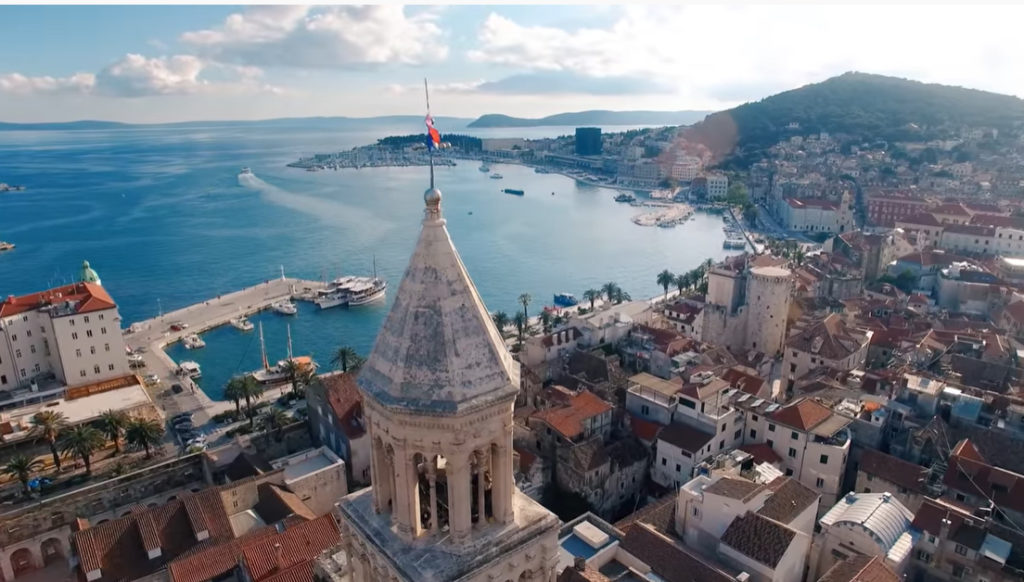
We will show you where this summer, despite the coronavirus crisis, you can celebrate, but also teach you how nothing can go without the golden drops of Dalmatia, the best Athena olive oil from Stari Grad.
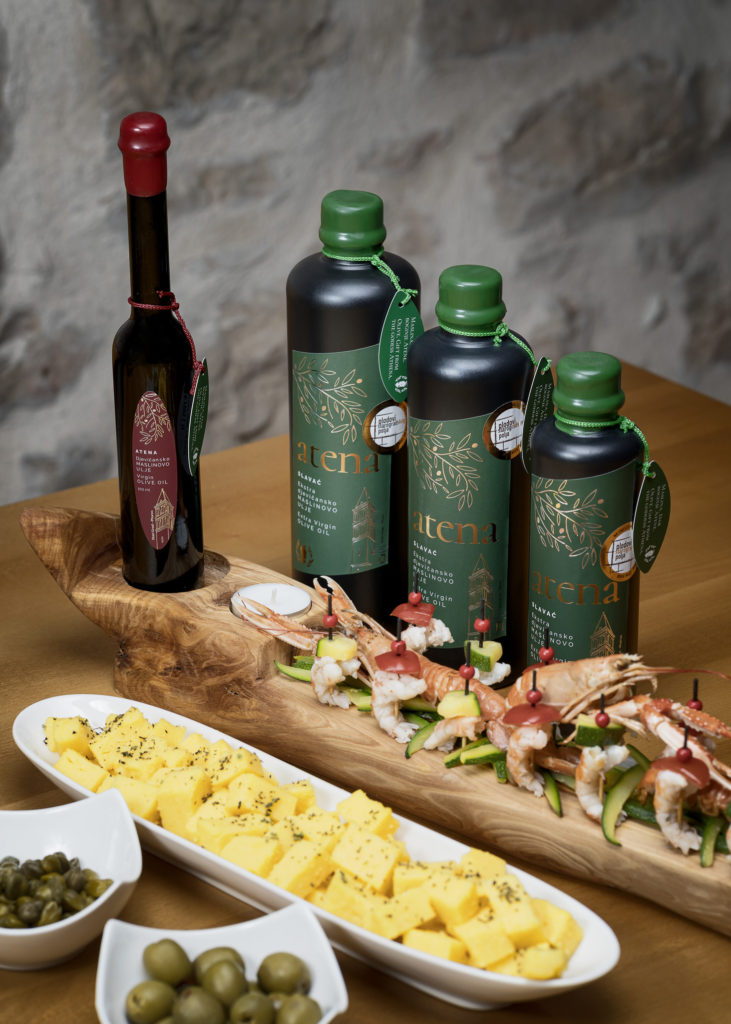
.. embark on yet another adventure with us.
Read online Croatia Hot Spits magazina at Issue.com
Photo:archive TBs
Athena extra virgin olive oil - An enchanting tasty adventure on the island of Hvar!
Athena is the highest quality olive of organic origin, one that will emphasise and round off the taste of absolutely everything it touches, and with it, even a piece of bread and cheese will become an intoxicating and enchanting tasty adventure.
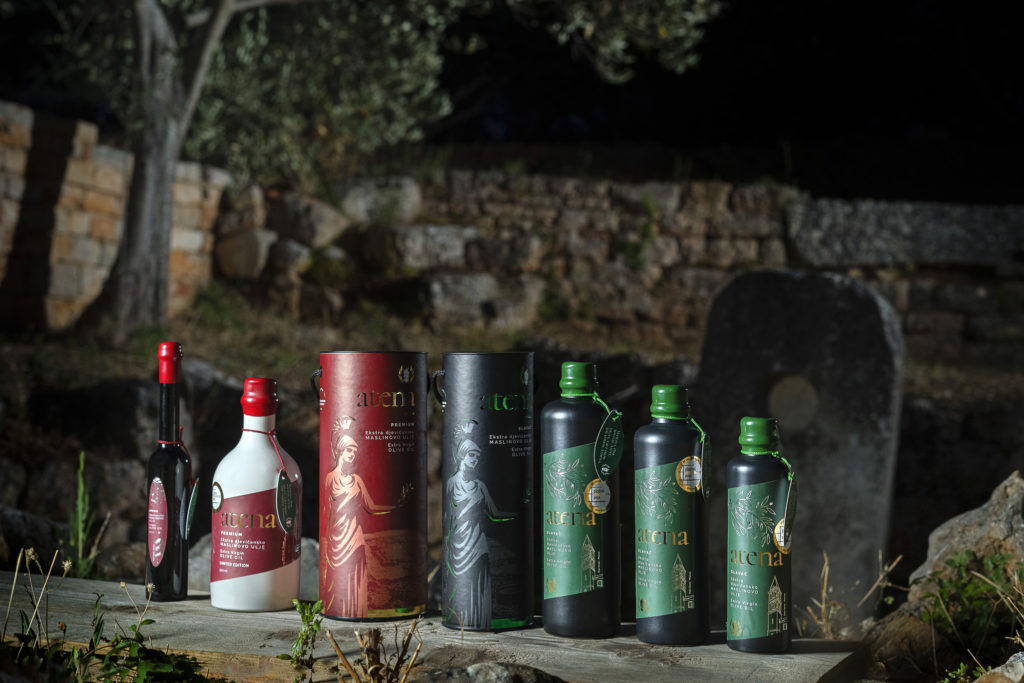
This isn’t just any old, ordinary Dalmatian oil. History, tradition and centuries of extensive knowledge of island farmers are woven into OPG Plenković’s product. This liquid yellow gold comes from the island of Hvar bearing the strong name of Athena. This premium extra virgin olive oil was made from ripe olives from the Stari Grad plain.

. Its name alone alludes to precisely that, to the goddess Athena, one of the main figures of Greek mythology who gave the olive to the people. And the Greeks ennobled it, they made oil from it, which they kept in ceramic vessels - amphorae.
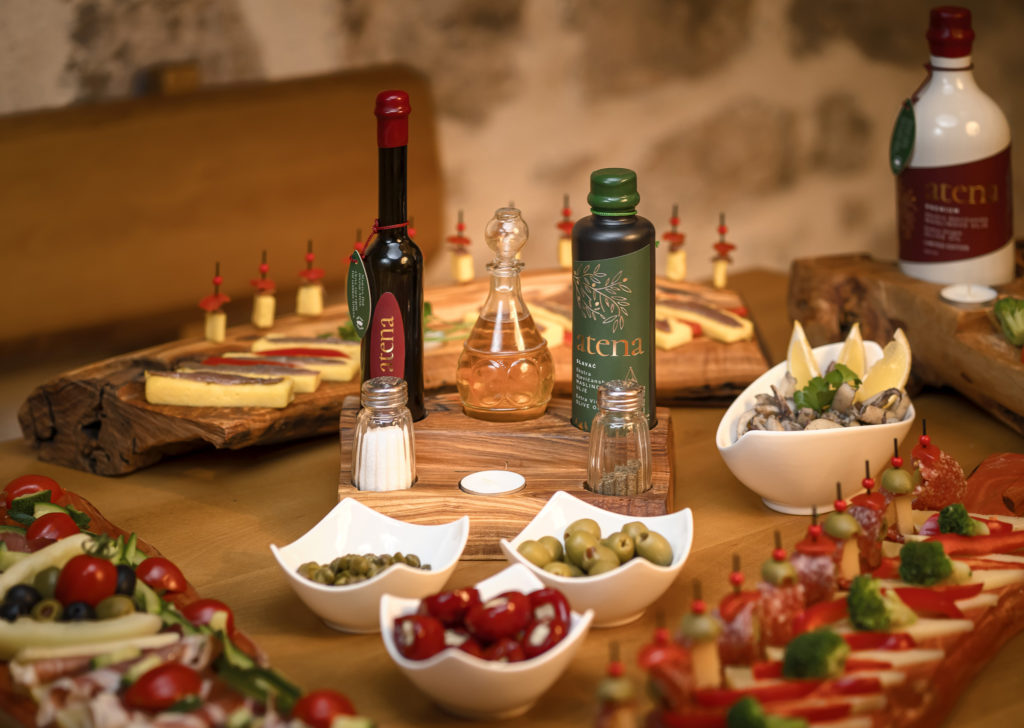
And so it should be done today. The exceptional Athena olive oil comes in ceramic bottles that preserve all of its nutritional properties. Athena is the food and cultural history of the island of Hvar, it is the essence of the coming together of both tradition and modern technology.

The packaging is customised and very pleasing to the eye, and it also comes in a limited series.
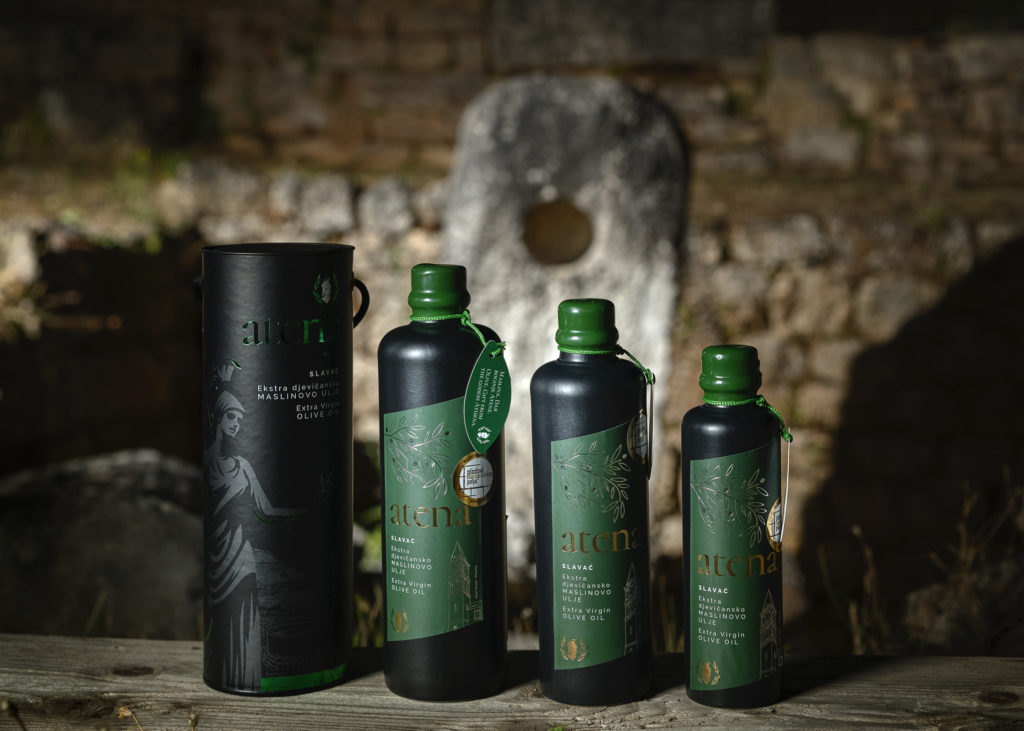
This year, they have about 500 white bottles at the Plenković family farm, with an additional limited series in black. Athena Premium carries a medium to intensely pronounced fruitiness in the scent of olive fruit and green grass, apple and tomato, with a dominant intense almond flavour, rounded off with notes of both artichoke and rocket.
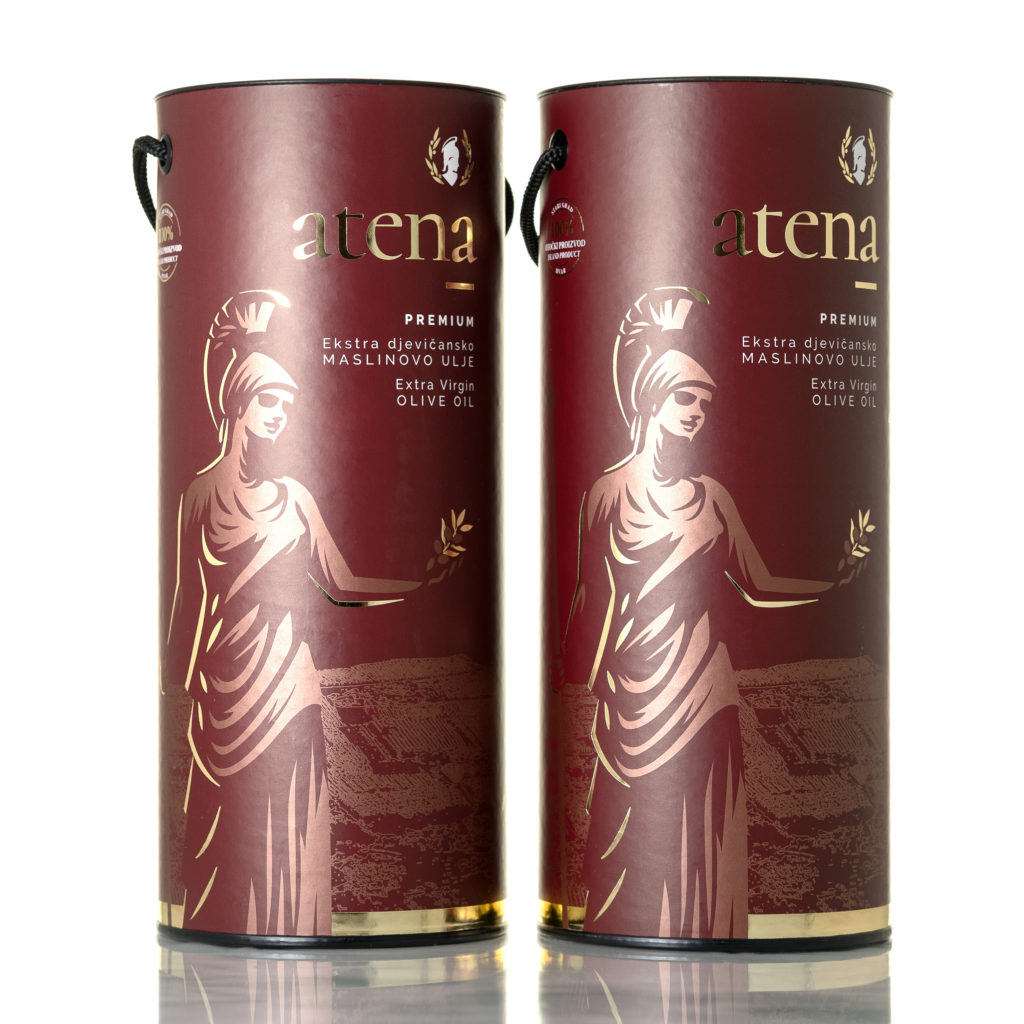
Athena Slavač is a mild-tasting oil that will satisfy a wide range of consumers who prefer milder-strength olive oils. It boasts a delicate aroma of ripe olive fruit, a soft taste of ripe fruit and pronounced floral notes.

Due to the fact that a large part of the olive groves belonging to this family farm are located in the Stari Grad plain which is under the protection of UNESCO, Athena draws the strength of the microlocation in which it was born and matured.
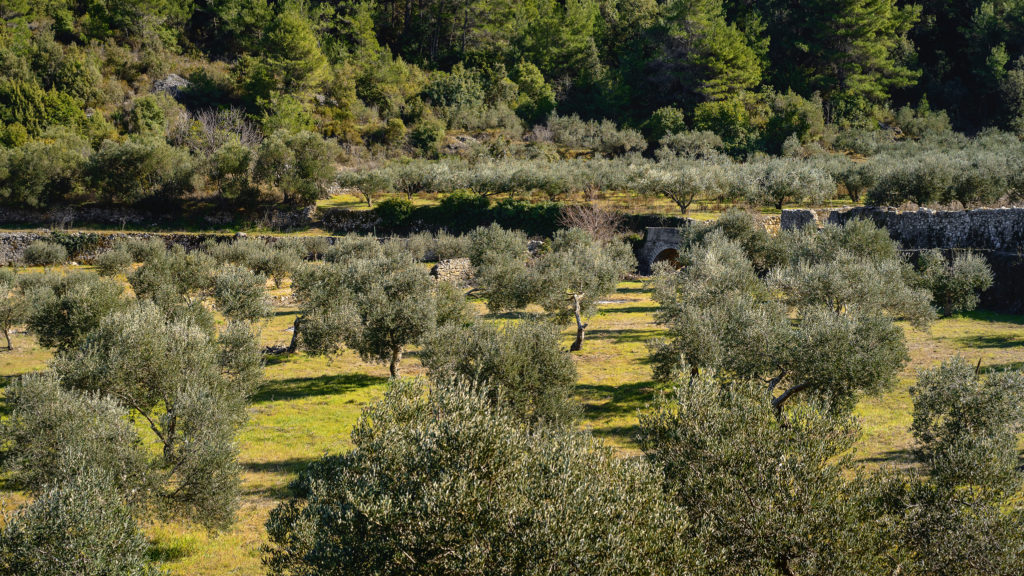
In tasting Athena, one actually tastes the history of the island, absorbing the fruit of the knowledge that has been passed down from generation to generation for as many as 2400 years.

Even in this very modern age, people still speak about the concept of terroir, which is what connects the taste and characteristics of this oil to the truly special peculiarities of its microlocation.
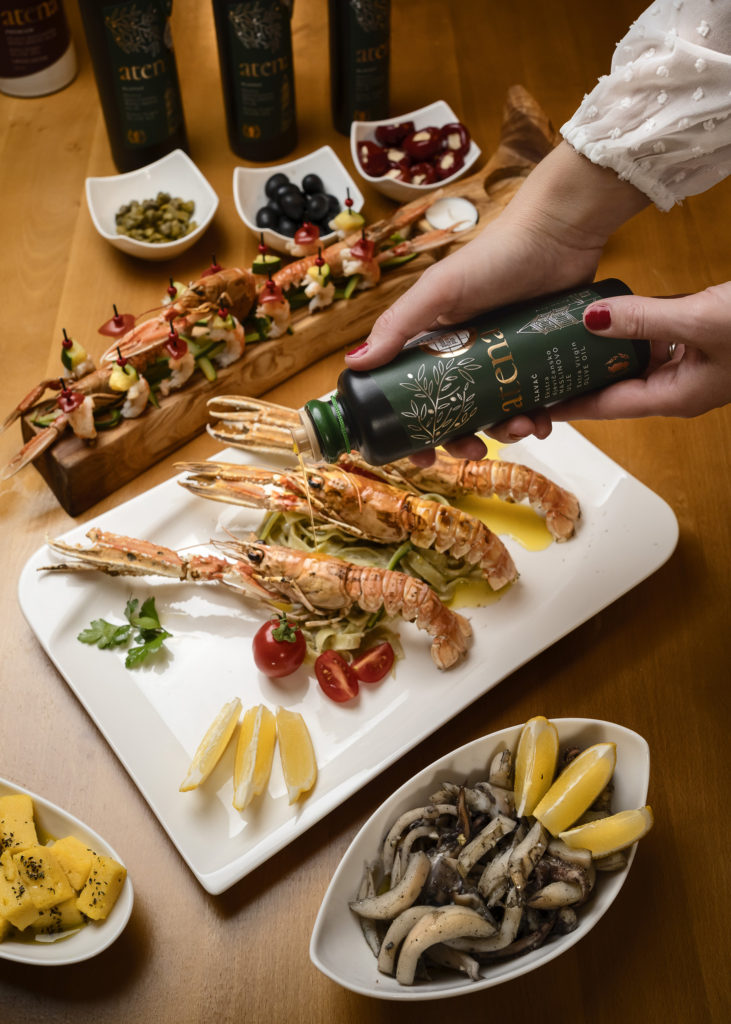
Athena is, as judged by the best experts in the field of oenology, table oil in the very best sense, one that will emphasise and round off the taste of quite literally everything it touches. And it will touch everything, from a simple piece of bread and cheese, to salted sardines and brujet (brodet).
Rhapsody will be made in every dish, it will stimulate the palate, cause a wave of gastronomic pleasure and enhance the importance of the most recognised, most appreciated and healthiest diet, the Mediterranean diet. Our diet.
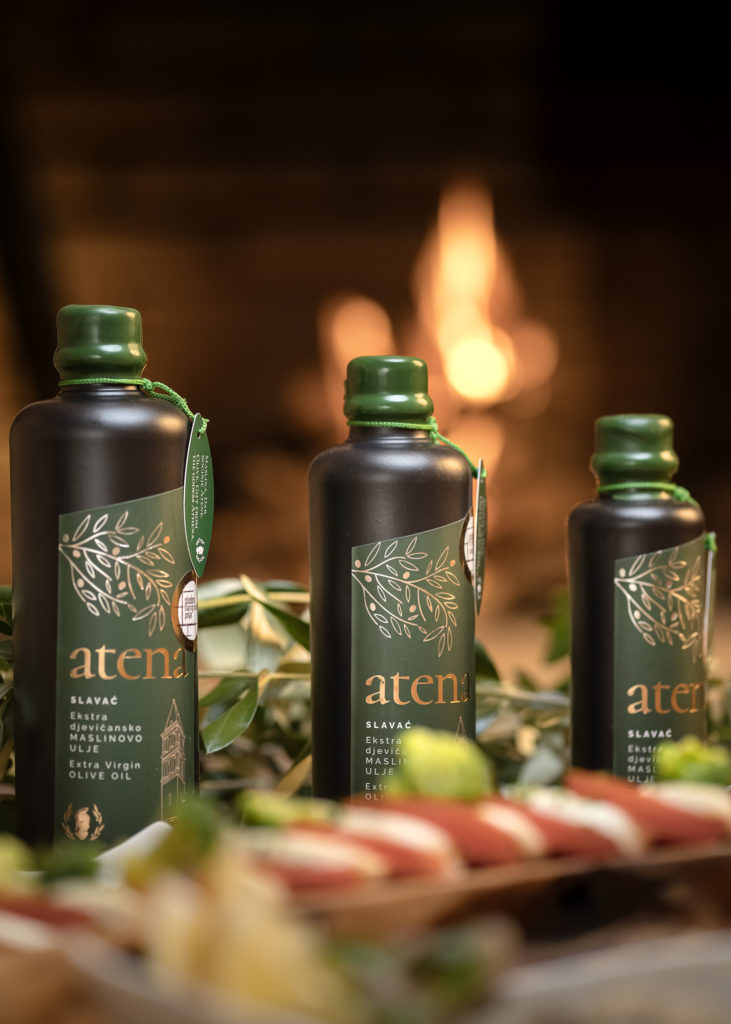

The owners of the Plenković family farm are a couple called Magdalena and Ljupce Plenković, who, last year, decided to brand their olive oil and purchase more fields in addition to their inherited olive groves. Their plan is to plant more olives and gradually expand their production capacities.
"Our desire was to combine the indigenous product with the history and culture of the plain, the benefits of the Mediterranean diet and pack it as a luxury souvenir."
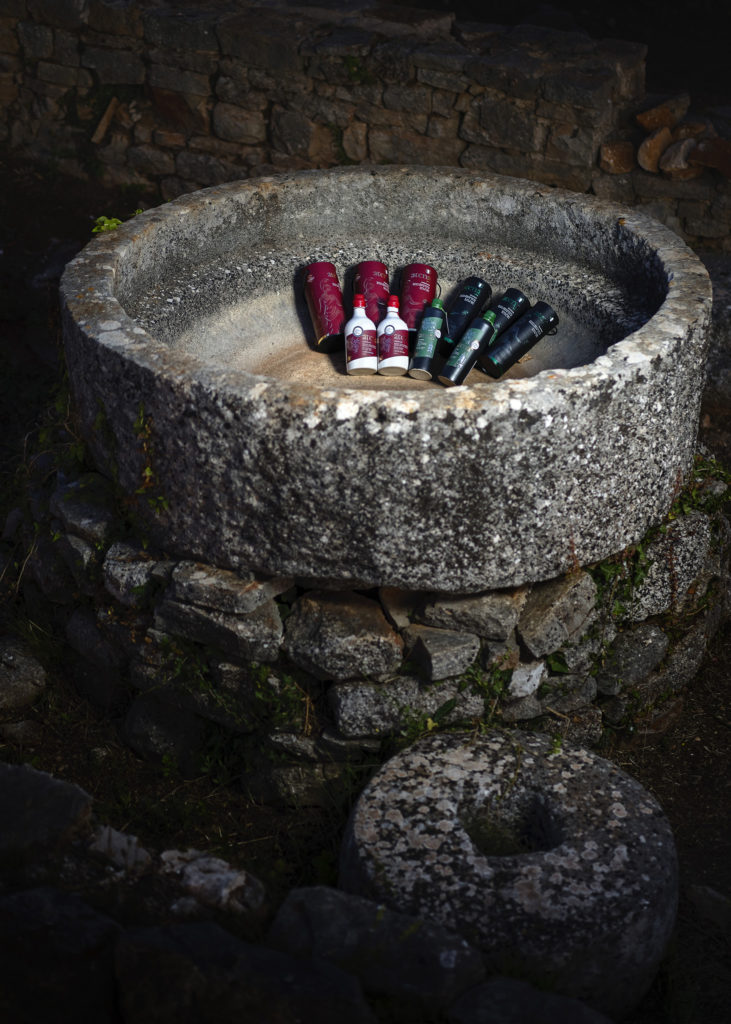
Web shop: www.atenahvar.com
Points of sale:
"Za pod zub"- Srinjo kola 11, 21460 Stari Grad
"Aroma Dalmatia"-Dioklecijanova 5, 21000 Split
"Terrami"-Zadarska 3, 21000 Split
Photo: Phastudio
Interview DOMAGOJ BEBIĆ "Creativity is the key to success"
THE FUTURE OF OUR TOURISM AS SEEN BY AN EXPERT – COMPETENCE AND KNOWLEDGE AS GUIDE MARKS IN DIFFICULT TIMES
In these seriously difficult and uncertain times, when coronavirus has redefined our reality in all its aspects, competence and knowledge have never been more significant. In these times of uncertainty, we have turned to people whose expertise and knowledge instil confidence and a sense of security.
We met with an expert of such kind, associate professor Domagoj Bebić, the holder of the chair on New Media and the head of the Department for Strategic Communication on Faculty of Political Science in Zagreb, and the coordinator and representative of all IPSA research committees – the greatest international association of political scientists. We talked about the interrelation of coronavirus and tourism, one of the most complex social-economical phenomena that has been significantly affected by the pandemic.

1. Lately, we have been witnesses of the dramatic effect of the pandemic on global travel – in which way has coronavirus particularly altered its dynamics?
I would like to point out that, at the moment, the most important thing for everyone is to keep ourselves and our loved ones safe. On the other hand, some people are pessimistic. If we take a look at the numbers, it all does seem a bit negative – air traffic is practically non-existent, there're a sense of fear among the world’s travellers, and I think we are close to a point when we have to redefine the term zero point and start with some new processes, and this will happen when we gain some more insight into the nature of this virus.
The global COVID-19 pandemic has definitely postponed the beginning of the tourist season, we have witnessed many reservation cancellations just several days before the tourist season as we know it should have started. I believe that uncertainty is one of the things that has affected this delay the most. The whole situation and its uncertainty as far as epidemiological measures are concerned have brought caution in terms of the booking of accommodation, as well as a decrease in the number of guests.
2. In your opinion, is it likely that this situation will have long-term consequences and permanently alter the travel market? Can you single out some of the specific segments where long-term changes are to be expected?
I believe that this should only be a kind of setback, but once the danger disappears, things will slowly fall back into their place and within a reasonable amount of time, the numbers will reach those of pre-pandemic times. I also believe that all of us will somehow change the way we act. Most likely with time we’re going to acquire some new habits, but we’ll certainly need some time to adjust and get used to the “new normal”. It is to be expected that after this storm the tourist market, the situation will start to stabilise and a new balance will be reached. I don’t think that this is the time for pessimism, but for an opportunity to learn a lesson and try to adapt to these new circumstances.
3. What about mass tourism? Is it, in the light of new events, a finished story?
Out there in the world, including here in Croatia as well, some new models of tourism have started to be encouraged such as sustainable tourism, green tourism, the growing and enjoying of organic food… The coronavirus situation only brought them up to surface and I think that it’s the right time for tourist workers to start to invest in them. As soon as the pandemic is over, sustainable tourism and the green economy will become the new normal. This new situation has prevented mass tourism from rising. As I previously pointed out, I believe we will, meaning all of us together, acquire some new habits and adapt to new trends. This situation will most certainly bring about some new trends and habits, but I believe that the tourist sector will soon recognise and adjust to the needs of guests. The Split-Dalmatia County Tourist Board has proved to be very successful in adapting to new situations on many occasions, which is the most important characteristic for successfully doing business in tourism.
4. What are your predictions about the nature of “new” tourists, or perhaps it’s better to say, the tourist of the future?
They are completely networked, the primary way of communication being social networks and new media. I believe this situation will encourage guests to be more open to different tourist offers, to explore new possibilities. The new type of tourist will be more open to somewhat different, specific offers and vacation models.
5. How do you envision Croatia on the world tourist map? Is there a segment in which our country as a destination can look for an opportunity or do we have some special advantage?
Croatia is one of the leaders in exclusive and expensive tourism. In this segment we are very creative, developed and expensive – which I don’t think is bad. In my opinion, this sector attracts global emissive markets, although there is a dose of public criticism on the exclusive part of tourism, but this is the branch in which we can offer the most.
I’ve already singled out the Tourist Board of Split-Dalmatia County as a leader when it comes to adapting to new situations, new trends and novel needs of tourists. We should also keep in mind that the advantage of Croatia is its natural resources that enable guests to try numerous possibilities in just a few minutes' ride. From secluded beaches, programmes in city centres to being able to enjoy themselves in isolated locations full of unexplored natural beauty.
6. What would you recommend to the leading people in Croatian tourism – what should be the base of their marketing strategy?
Creativity. This is the key to success. We are definitely not that creative, and we have every right and freedom to be. The audience’s span of attention has decreased, their hectic lifestyle has changed their habits, so it’s important to emphasise the creativity of the content to attract the attention of the target audience. Also, all discussions on global markets point out the importance of providing tourists with information about security, which has to be specially emphasised during this period.
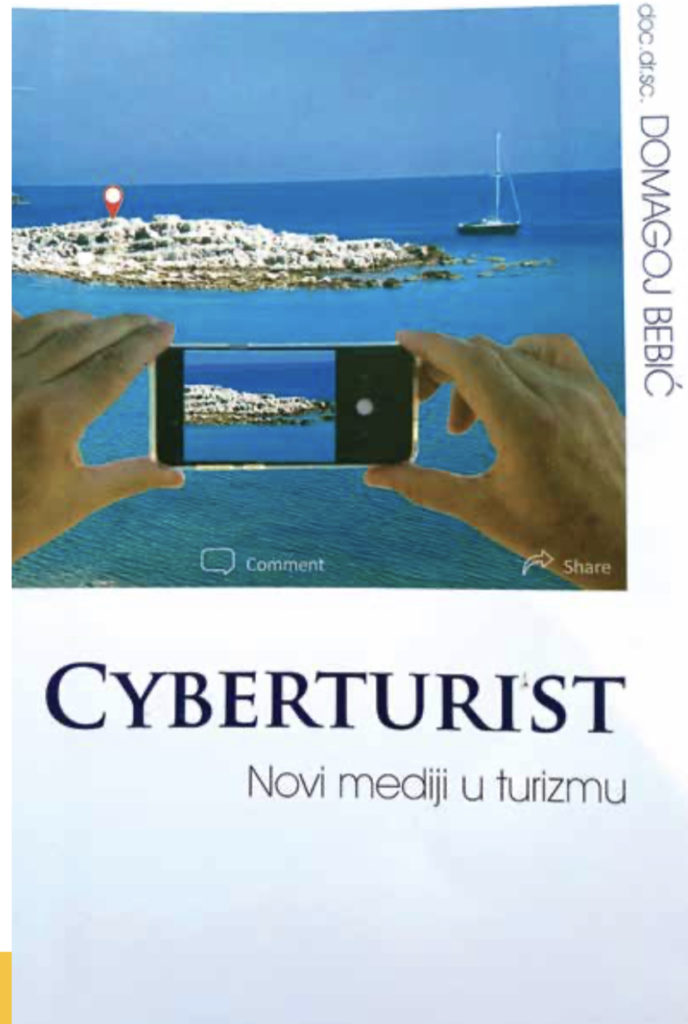
Domagoj Bebić is author of the book -Cybertourist, new media in tourism.
Cybertourism stands for the change in tourist communication patterns and tourist promotion. Due to the change that was introduced with the rise and popularisation of new media today we
deal with completely new communication rules and practices. The development and popularisation of social media has redefined core media practices.




